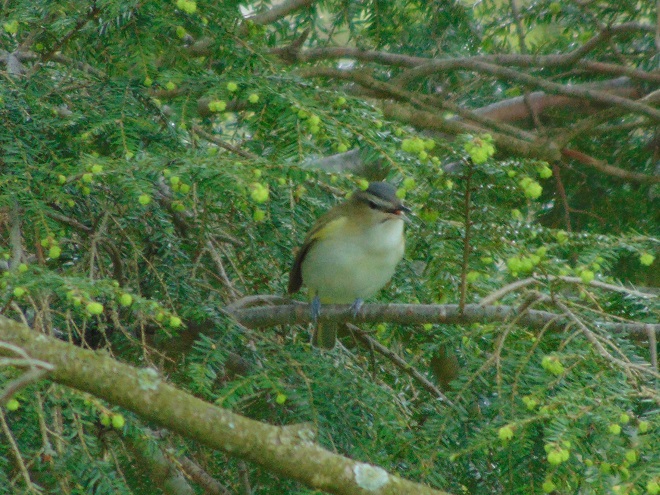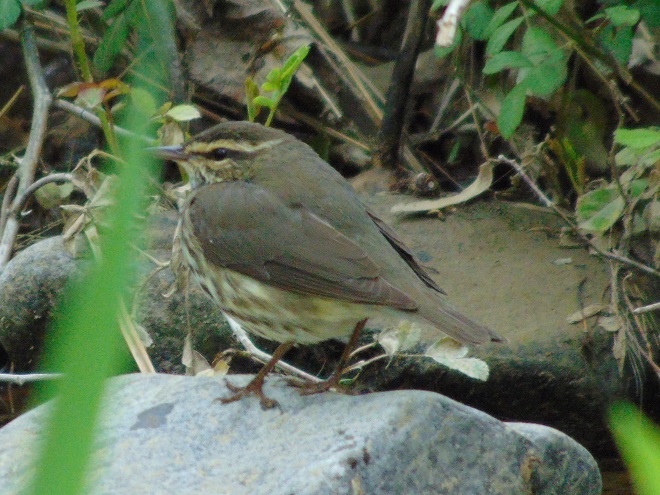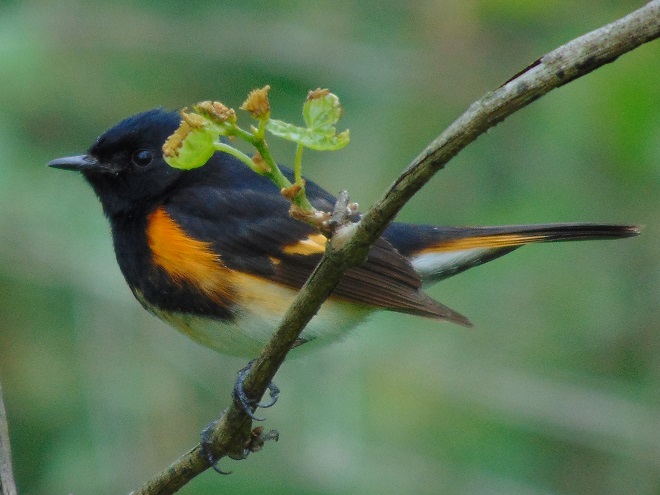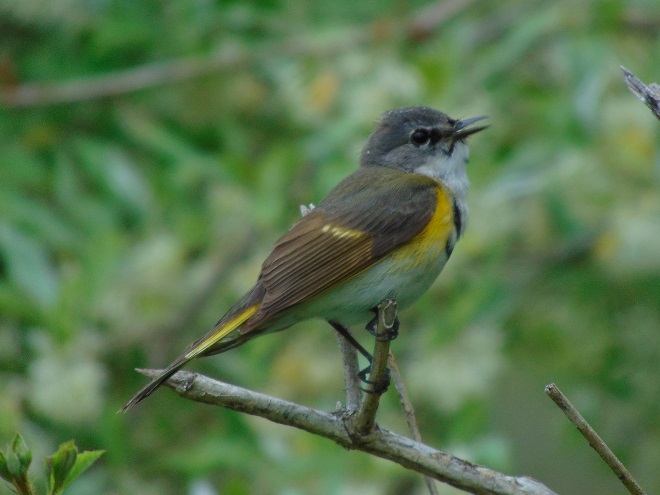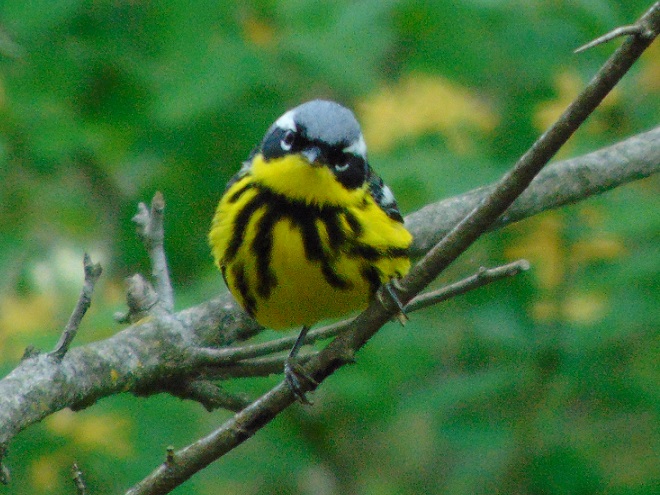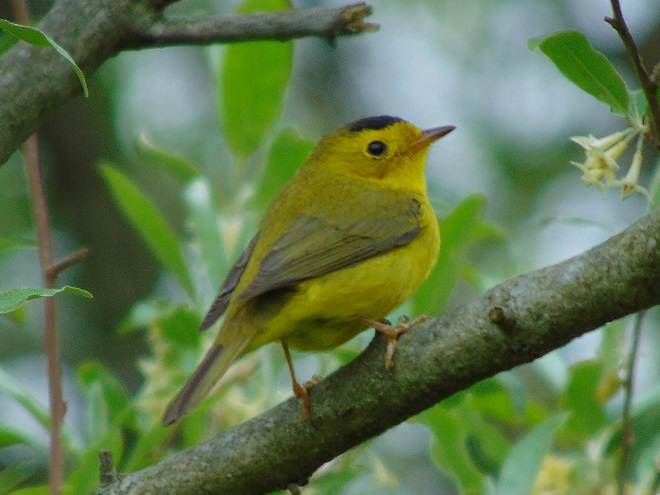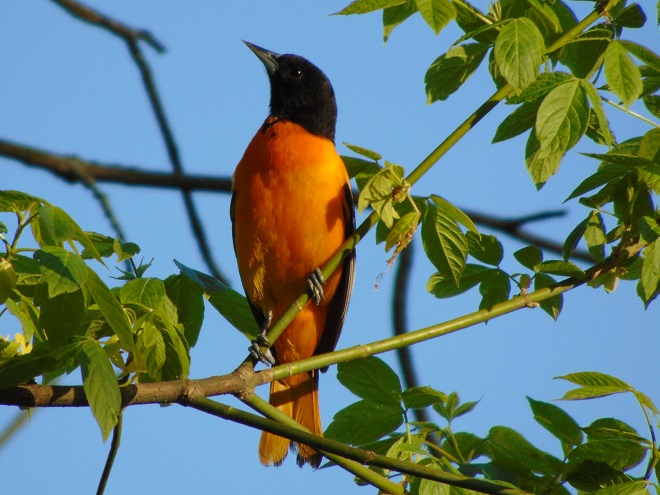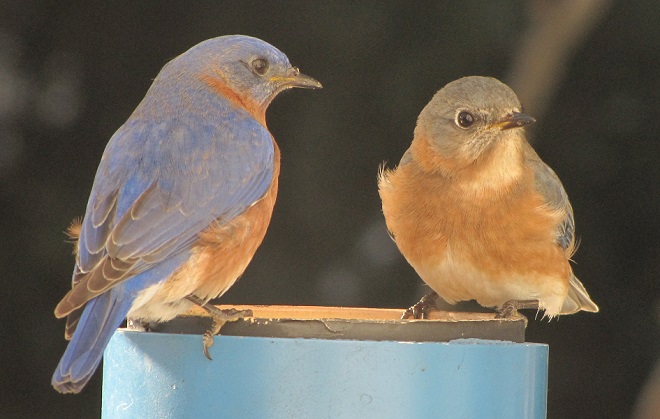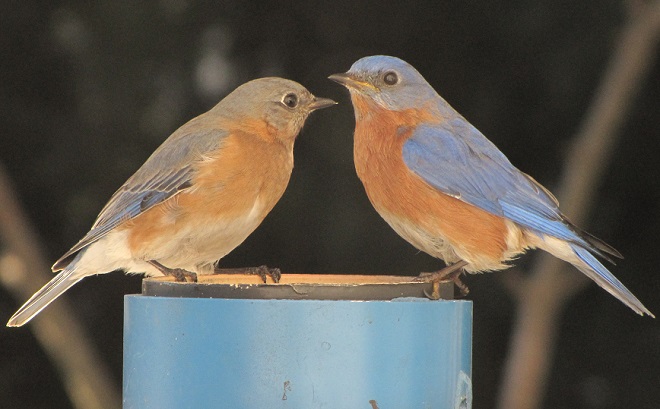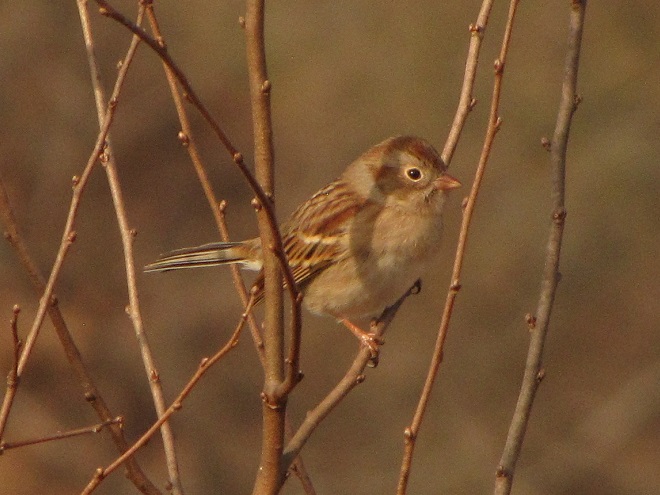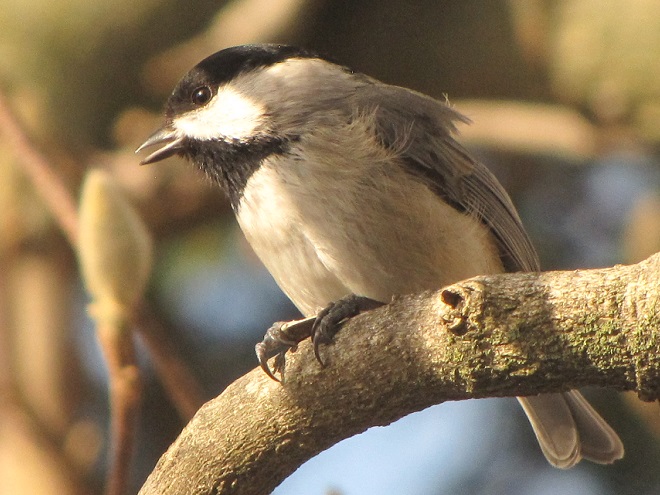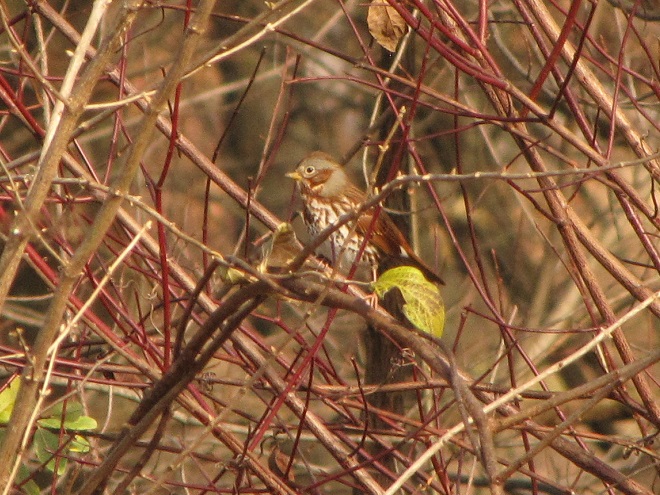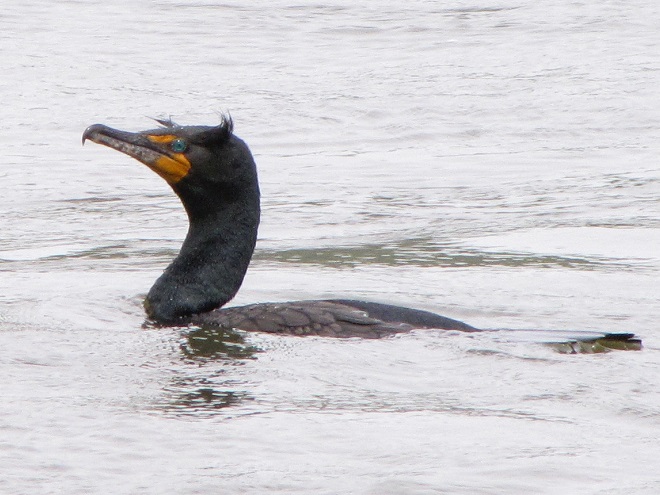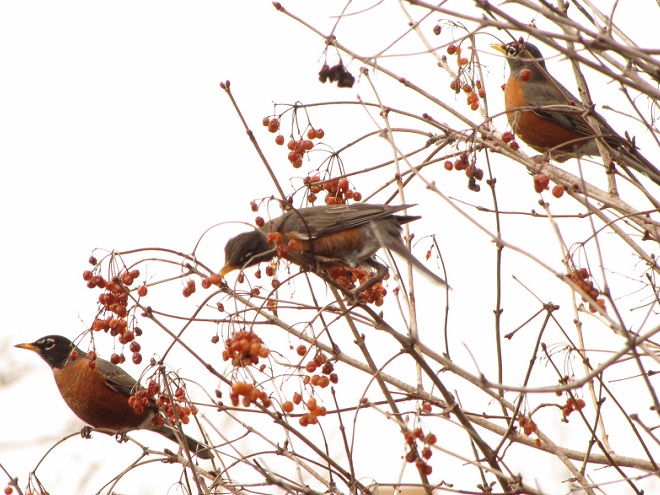
Five Best Values for Feeding Birds
Despite being located in an urbanized downtown setting, blustery weather in recent days has inspired a wonderful variety of small birds to visit the garden here at the susquehannawildlife.net headquarters to feed and refresh. For those among you who may enjoy an opportunity to see an interesting variety of native birds living around your place, we’ve assembled a list of our five favorite foods for wild birds.
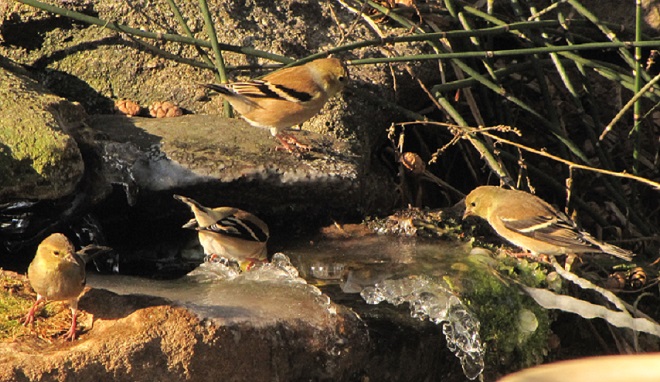
The selections on our list are foods that provide supplemental nutrition and/or energy for indigenous species, mostly songbirds, without sustaining your neighborhood’s non-native European Starlings and House Sparrows, mooching Eastern Gray Squirrels, or flock of ecologically destructive hand-fed waterfowl. We’ve included foods that aren’t necessarily the cheapest but are instead those that are the best value when offered properly.
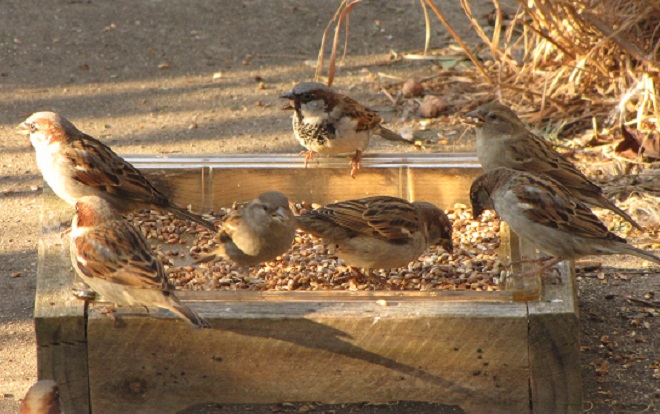
Number 5
Raw Beef Suet
In addition to rendered beef suet, manufactured suet cakes usually contain seeds, cracked corn, peanuts, and other ingredients that attract European Starlings, House Sparrows, and squirrels to the feeder, often excluding woodpeckers and other native species from the fare. Instead, we provide raw beef suet.
Because it is unrendered and can turn rancid, raw beef suet is strictly a food to be offered in cold weather. It is a favorite of woodpeckers, nuthatches, and many other species. Ask for it at your local meat counter, where it is generally inexpensive.
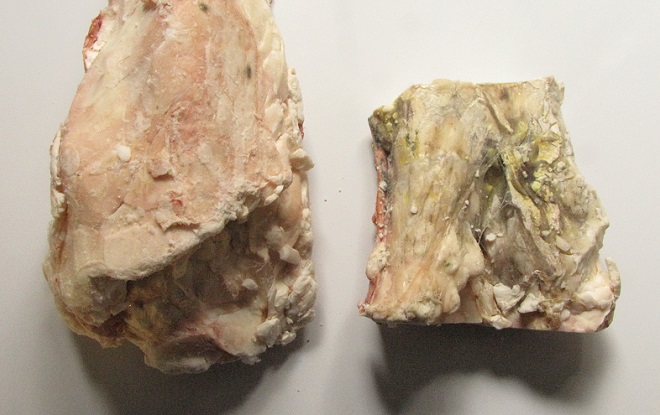
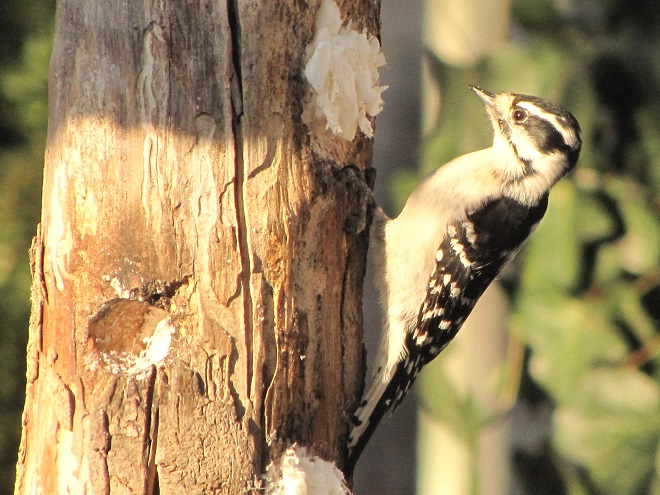
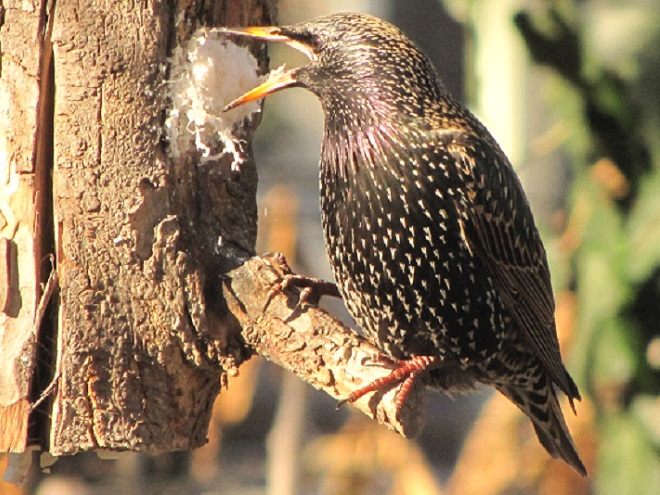
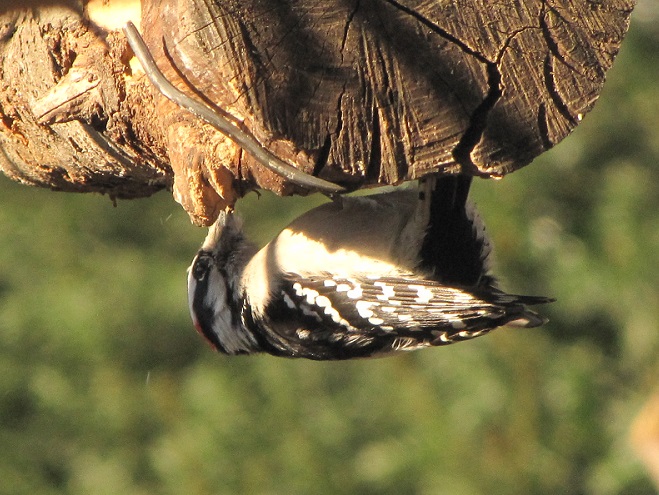
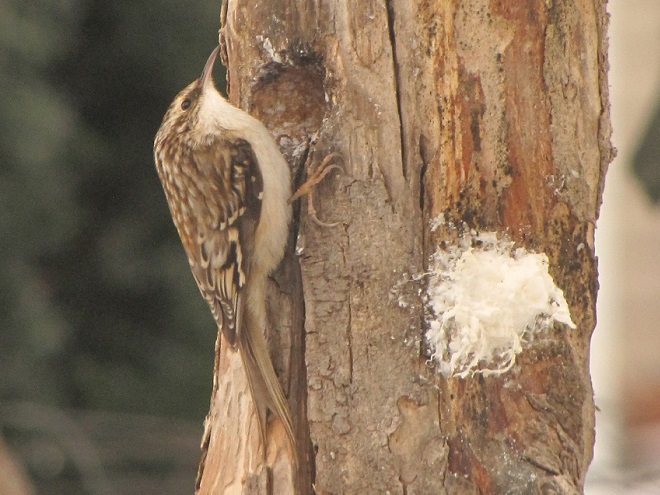
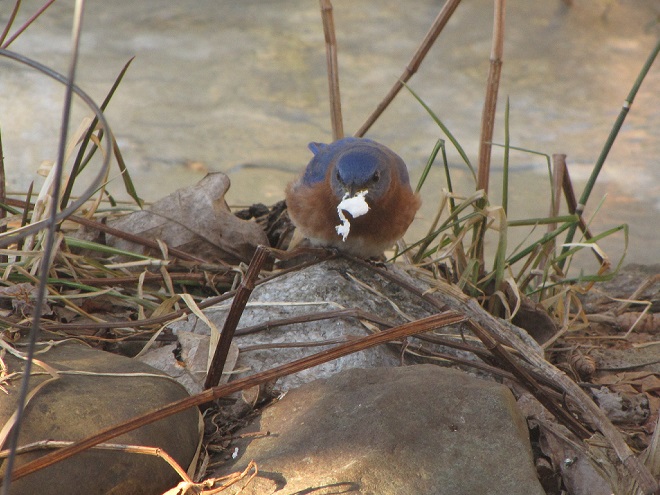
Number 4
Niger (“Thistle”) Seed
Niger seed, also known as nyjer or nyger, is derived from the sunflower-like plant Guizotia abyssinica, a native of Ethiopia. By the pound, niger seed is usually the most expensive of the bird seeds regularly sold in retail outlets. Nevertheless, it is a good value when offered in a tube or wire mesh feeder that prevents House Sparrows and other species from quickly “shoveling” it to the ground. European starlings and squirrels don’t bother with niger seed at all.
Niger seed must be kept dry. Mold will quickly make niger seed inedible if it gets wet, so avoid using “thistle socks” as feeders. A dome or other protective covering above a tube or wire mesh feeder reduces the frequency with which feeders must be cleaned and moist seed discarded. Remember, keep it fresh and keep it dry!
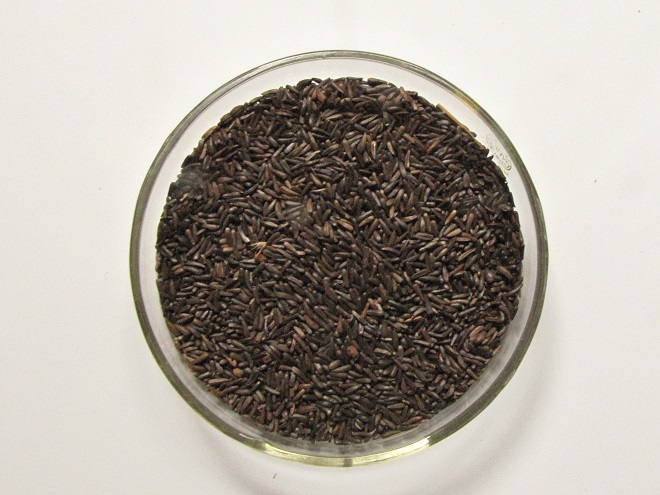
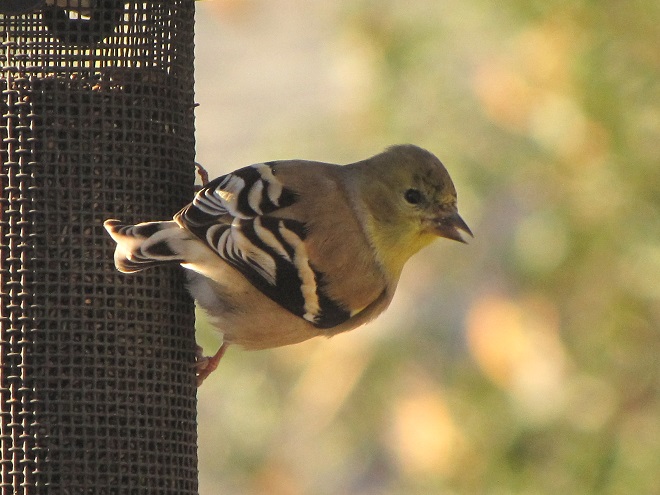
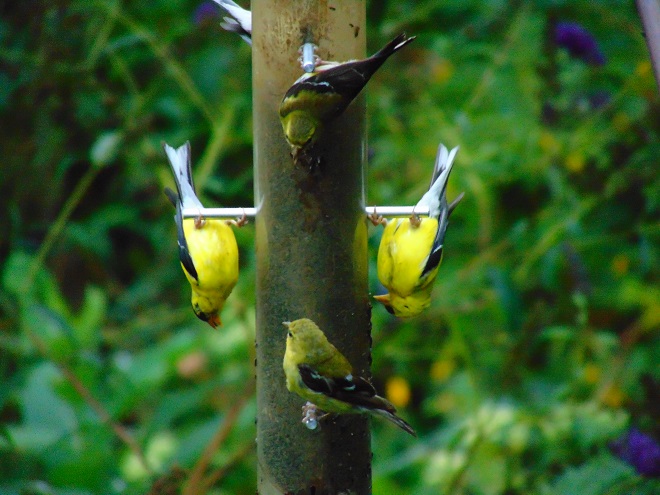
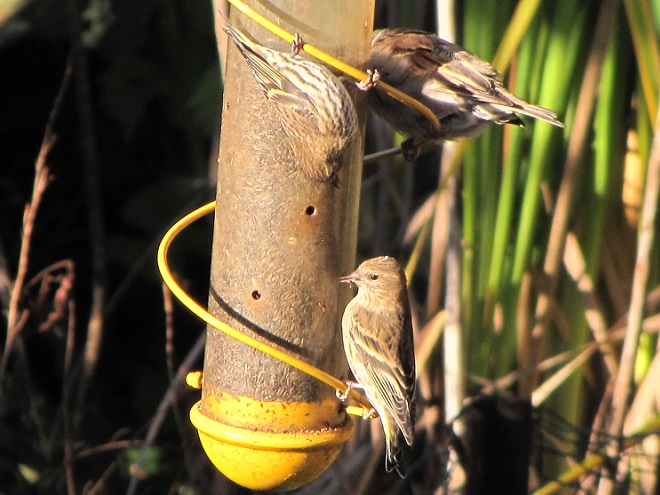
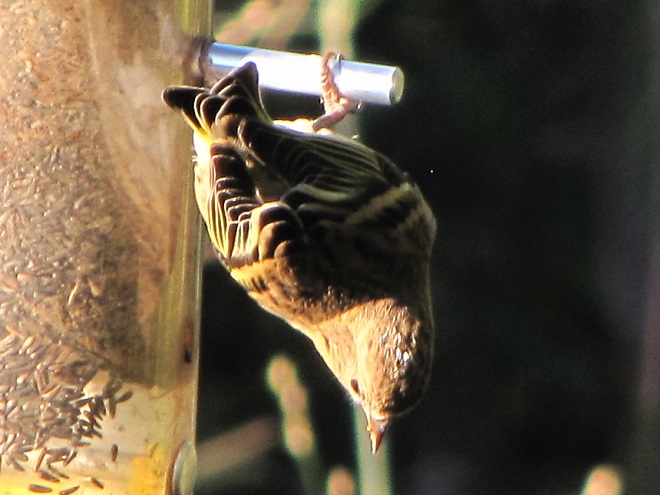
Number 3
Striped Sunflower Seed
Striped sunflower seed, also known as grey-striped sunflower seed, is harvested from a cultivar of the Common Sunflower (Helianthus annuus), the same tall garden plant with a massive bloom that you grew as a kid. The Common Sunflower is indigenous to areas west of the Mississippi River and its seeds are readily eaten by many native species of birds including jays, finches, and grosbeaks. The husks are harder to crack than those of black oil sunflower seed, so House Sparrows consume less, particularly when it is offered in a feeder that prevents “shoveling”. For obvious reasons, a squirrel-proof or squirrel-resistant feeder should be used for striped sunflower seed.
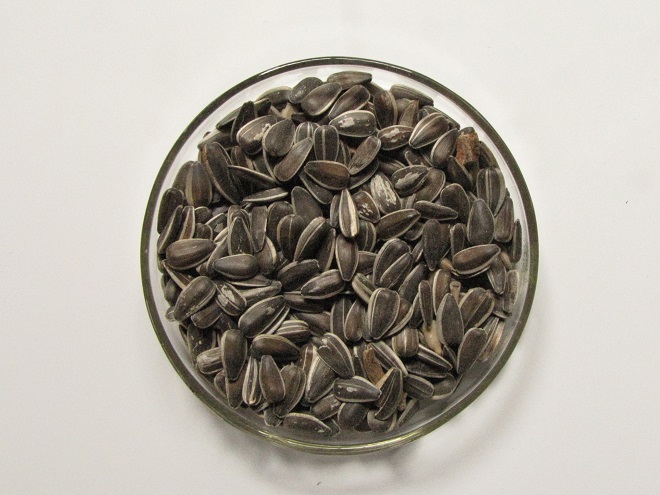
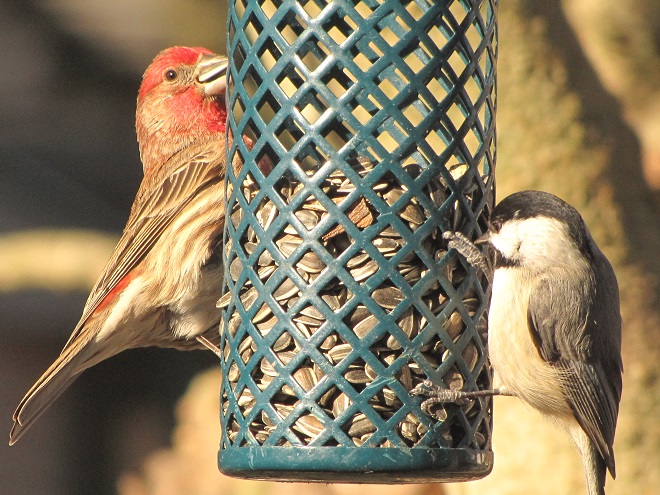
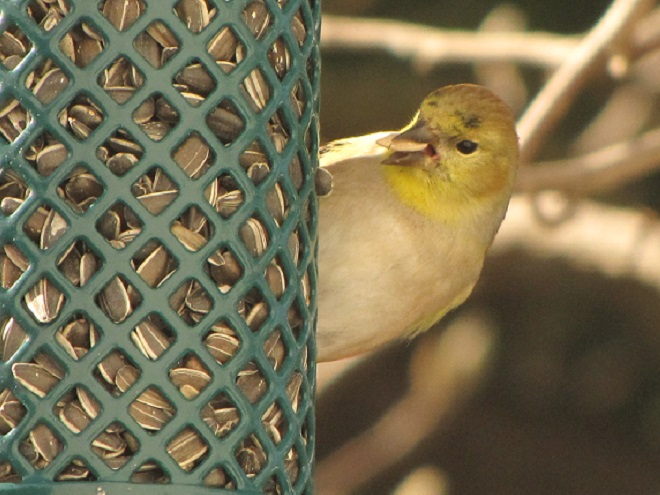
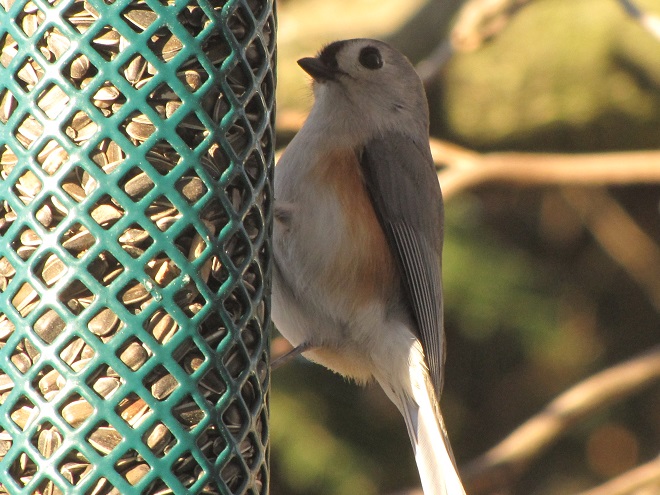
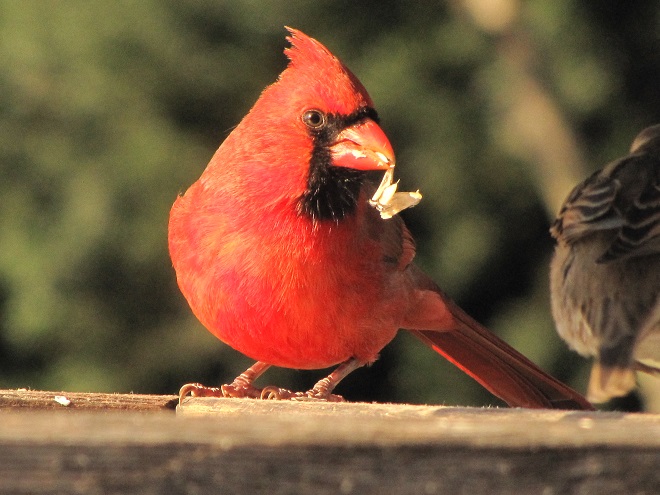
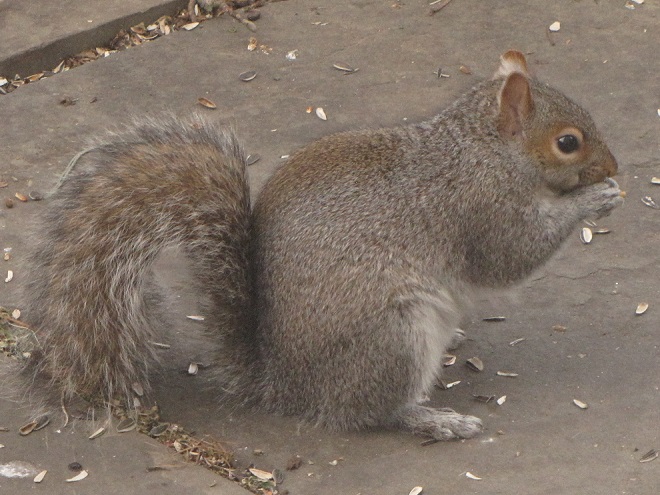
Number 2
Mealworms
Mealworms are the commercially produced larvae of the beetle Tenebrio molitor. Dried or live mealworms are a marvelous supplement to the diets of numerous birds that might not otherwise visit your garden. Woodpeckers, titmice, wrens, mockingbirds, warblers, and bluebirds are among the species savoring protein-rich mealworms. The trick is to offer them without European Starlings noticing or having access to them because European Starlings you see, go crazy over a meal of mealworms.
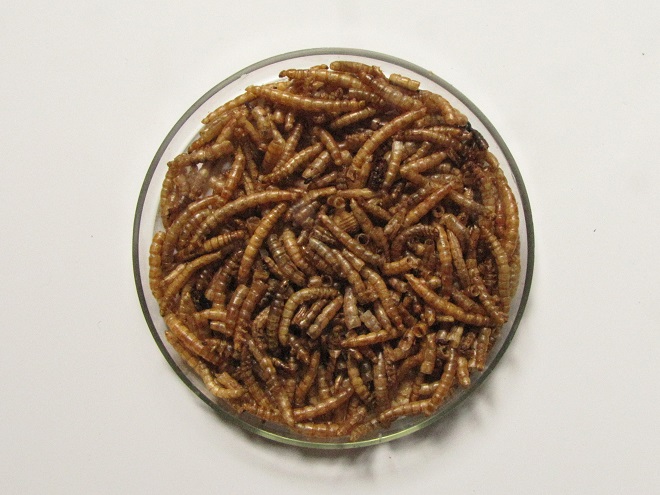
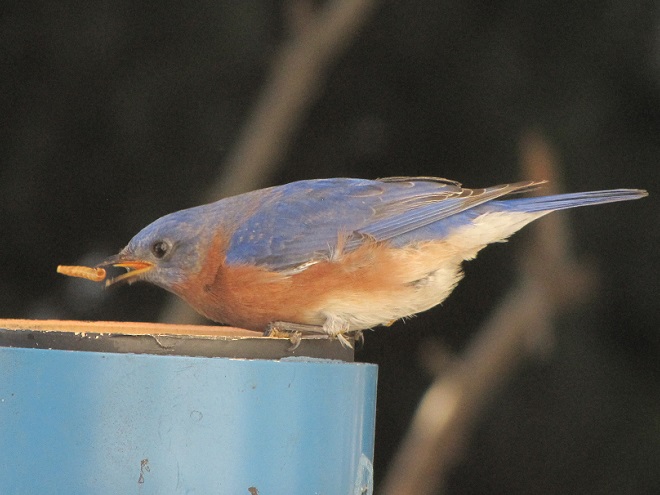
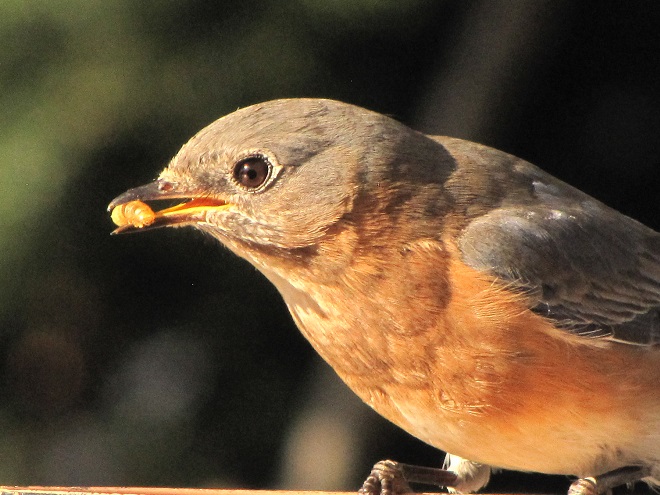
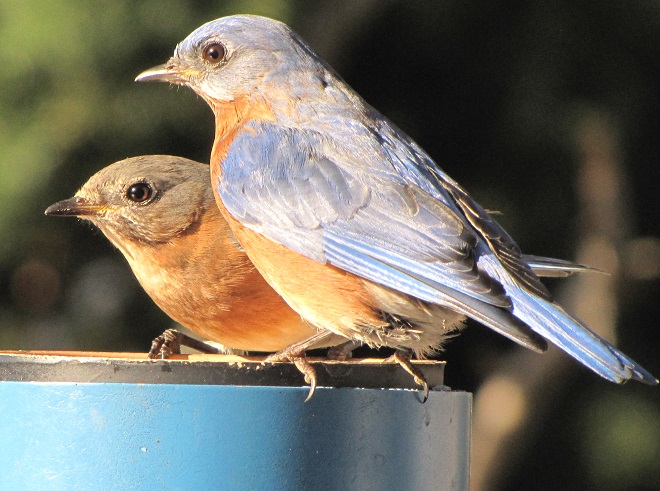
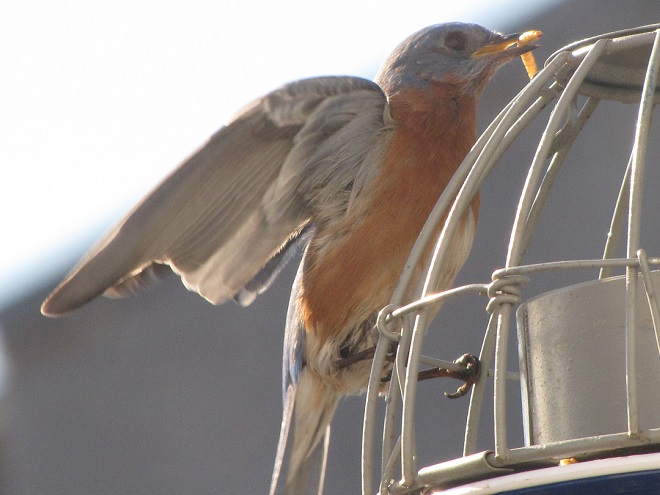
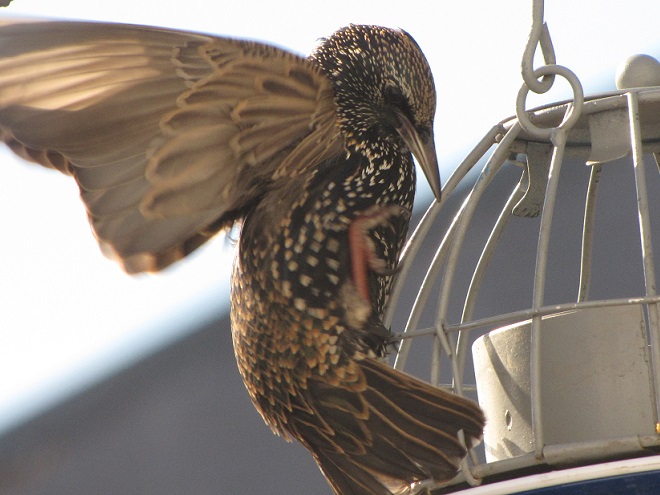
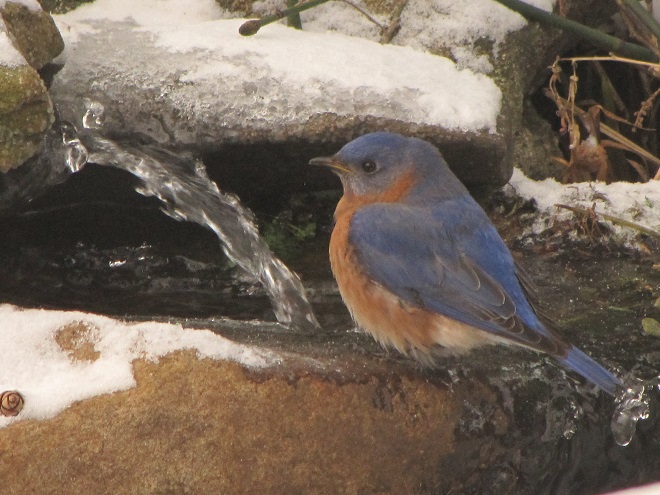
Number 1
Food-producing Native Shrubs and Trees
The best value for feeding birds and other wildlife in your garden is to plant food-producing native plants, particularly shrubs and trees. After an initial investment, they can provide food, cover, and roosting sites year after year. In addition, you’ll have a more complete food chain on a property populated by native plants and all the associated life forms they support (insects, spiders, etc.).
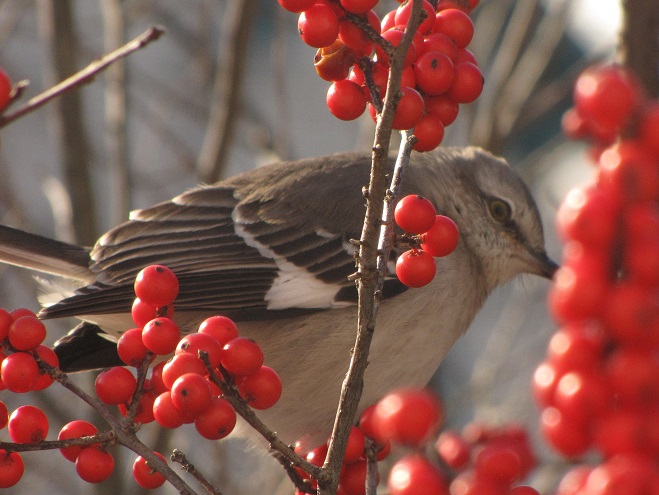
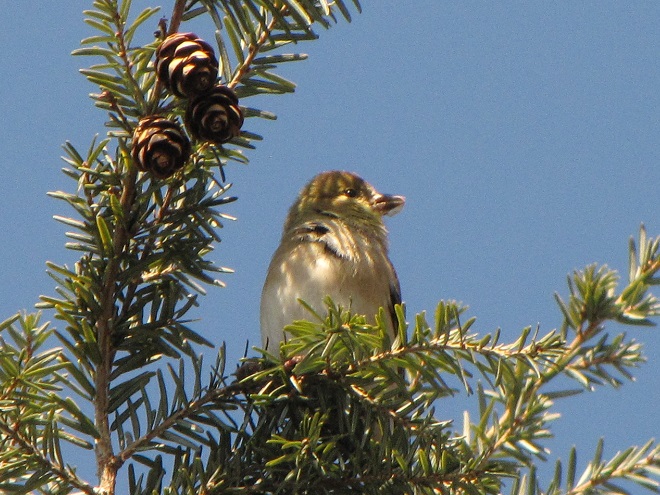
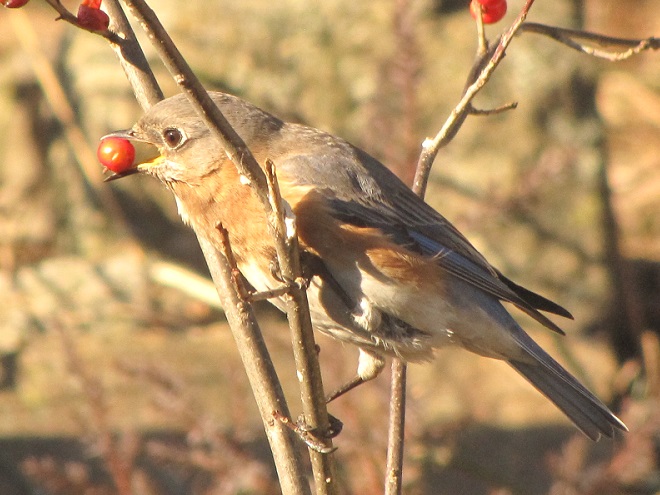
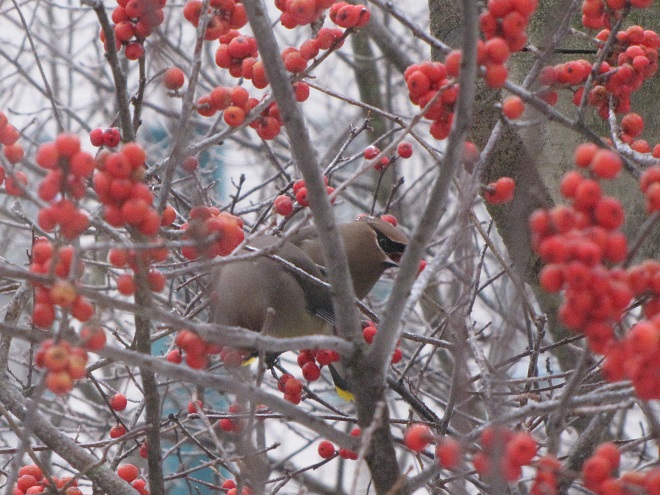
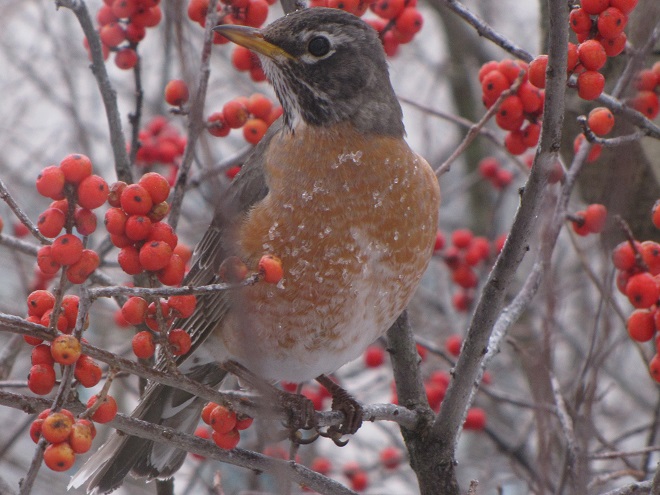
Your local County Conservation District is having its annual spring tree sale soon. They have a wide selection to choose from each year and the plants are inexpensive. They offer everything from evergreens and oaks to grasses and flowers. You can afford to scrap the lawn and revegetate your whole property at these prices—no kidding, we did it. You need to preorder for pickup in the spring. To order, check their websites now or give them a call. These food-producing native shrubs and trees are by far the best bird feeding value that you’re likely to find, so don’t let this year’s sales pass you by!
Photo of the Day
Photo of the Day
Photo of the Day
Photo of the Day
Photo of the Day
Photo of the Day
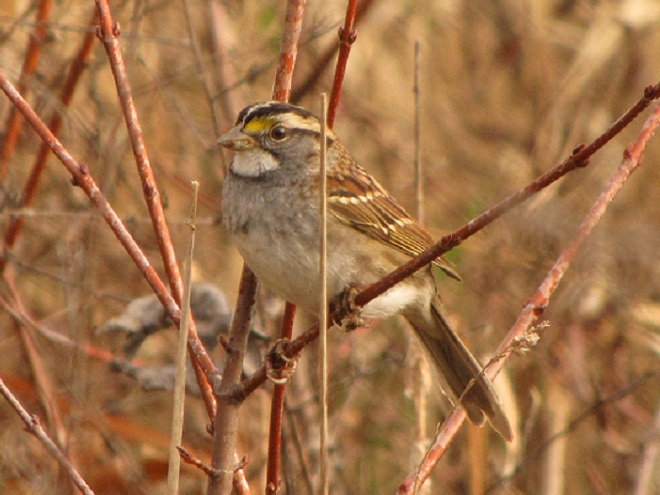
Photo of the Day
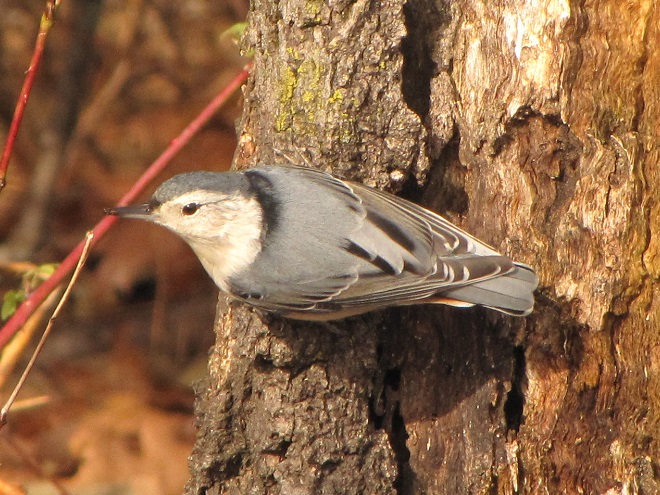
Photo of the Day
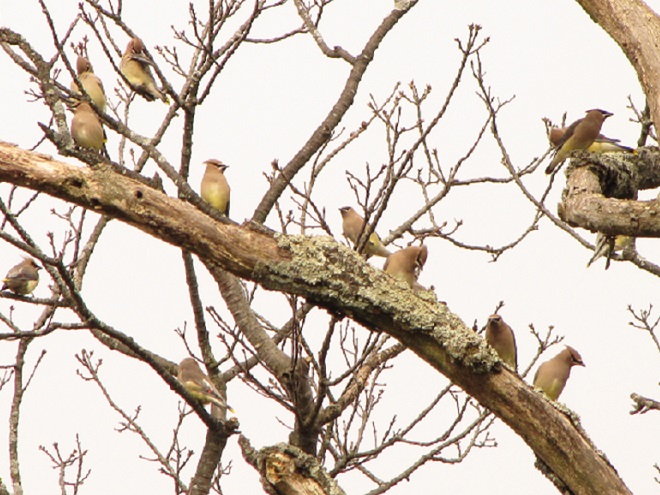
Photo of the Day
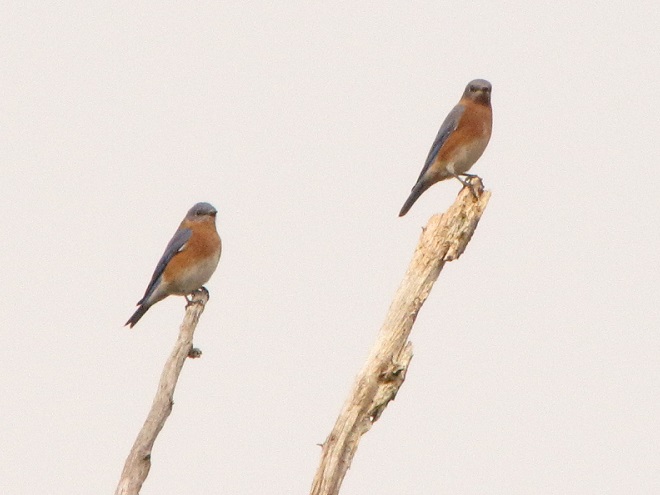
Photo of the Day
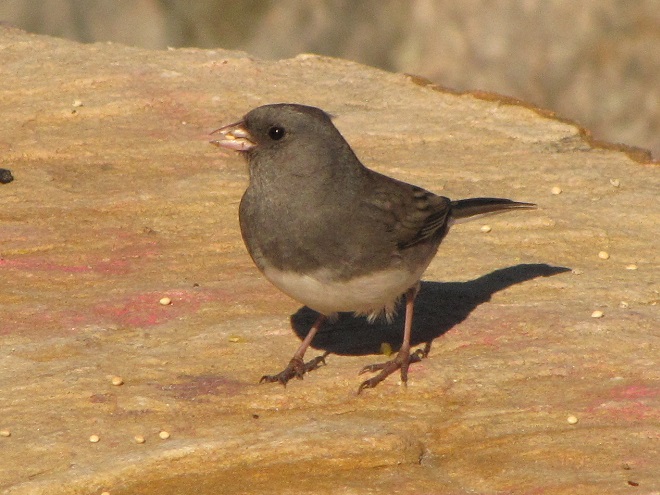
A Visit to Bombay Hook National Wildlife Refuge
It’s surprising how many millions of people travel the busy coastal routes of Delaware each year to leave the traffic congestion and hectic life of the northeast corridor behind to visit congested hectic shore towns like Rehobeth Beach, Bethany Beach, and Ocean City, Maryland. They call it a vacation, or a holiday, or a weekend, and it’s exhausting. What’s amazing is how many of them drive right by a breathtaking national treasure located along Delaware Bay just east of the city of Dover—and never know it. A short detour on your route will take you there. It’s Bombay Hook National Wildlife Refuge, a quiet but spectacular place that draws few crowds of tourists, but lots of birds and other wildlife.
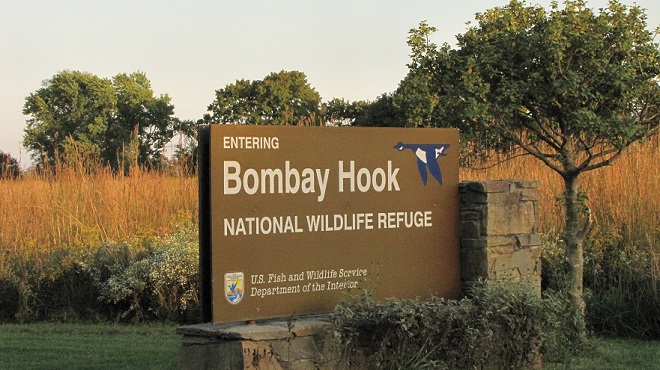
Let’s join Uncle Tyler Dyer and have a look around Bombay Hook. He’s got his duck stamp and he’s ready to go.
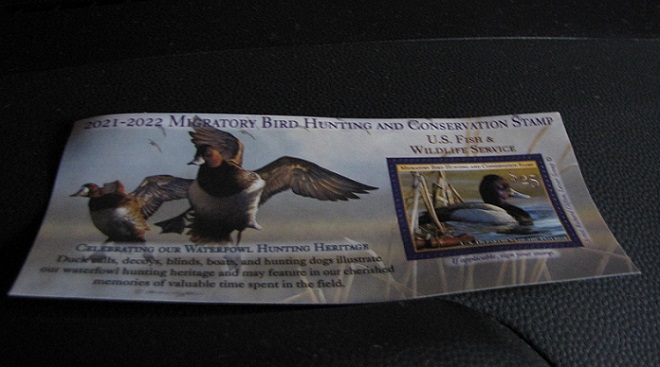

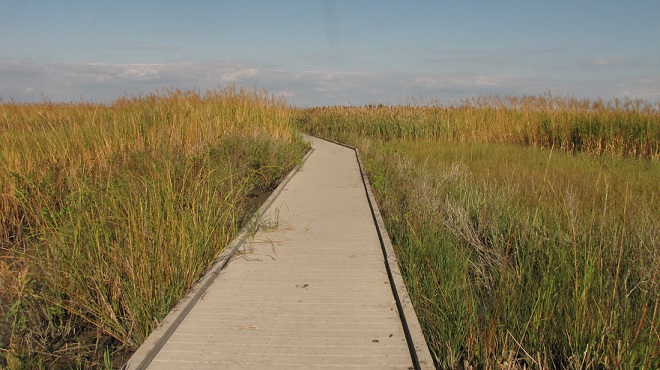
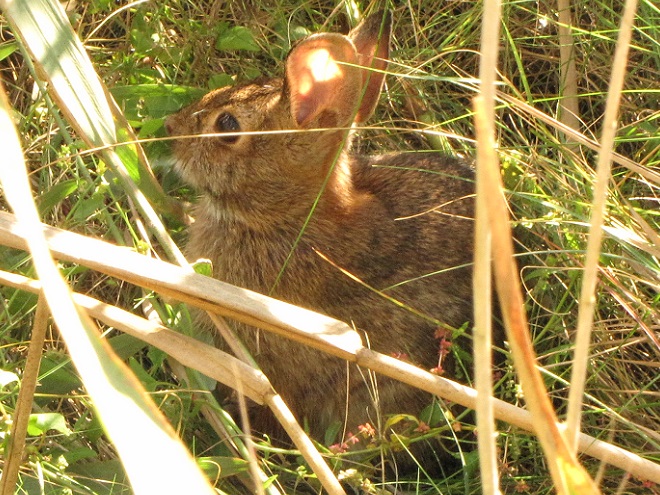

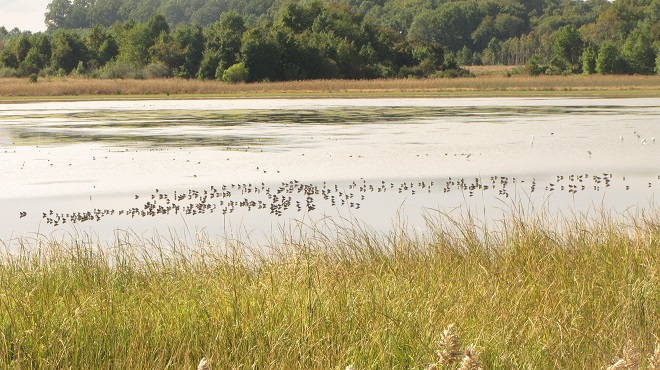
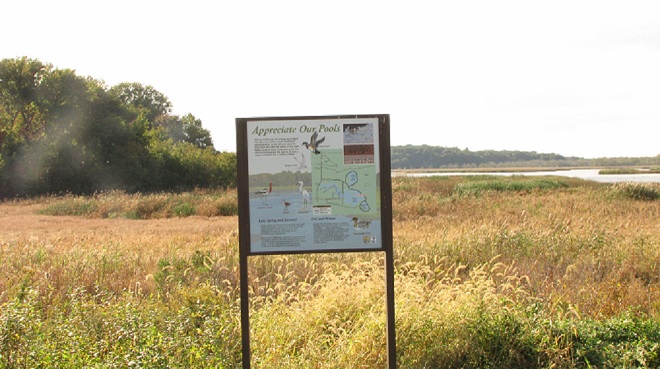
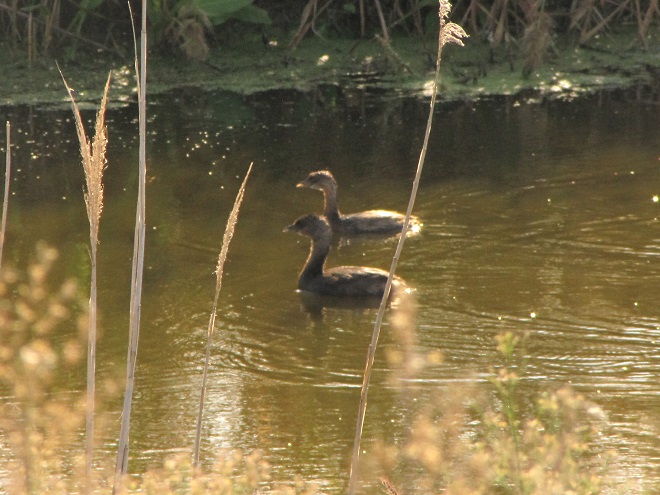
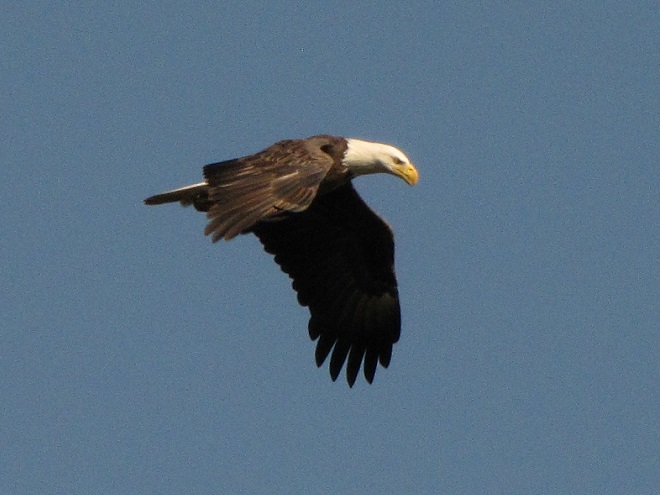


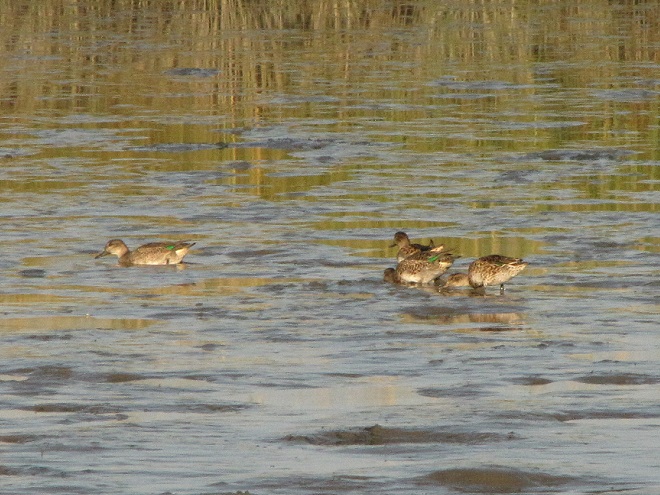
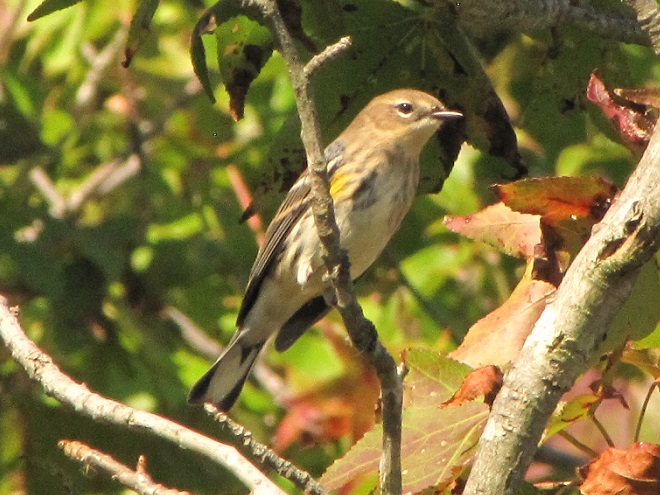
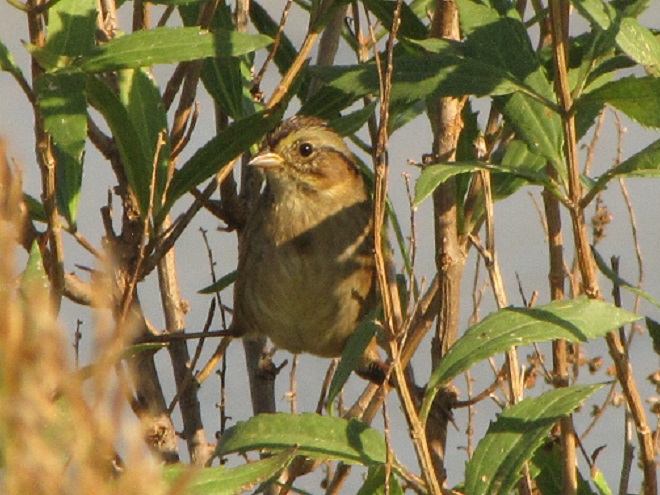
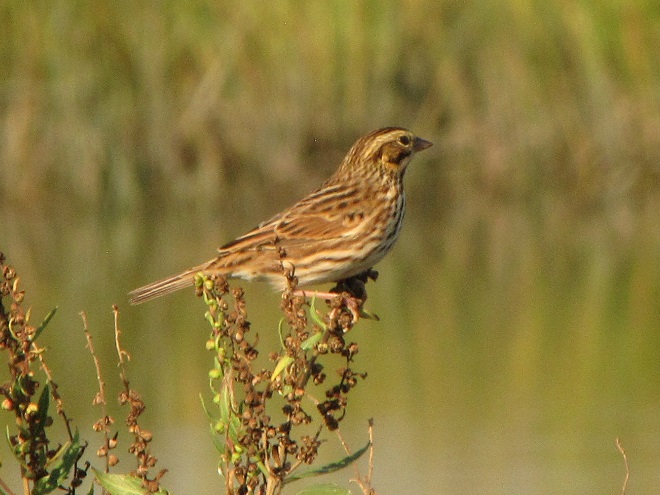

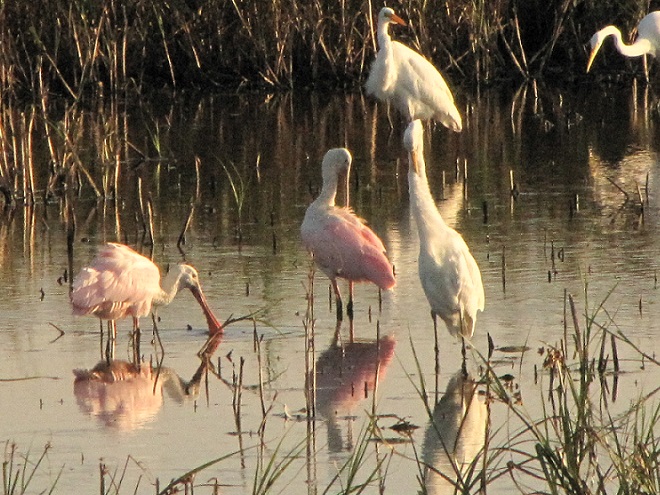
Remember to go the Post Office and get your duck stamp. You’ll be supporting habitat acquisition and improvements for the wildlife we cherish. And if you get the chance, visit a National Wildlife Refuge. November can be a great time to go, it’s bug-free! Just take along your warmest clothing and plan to spend the day. You won’t regret it.
Photo of the Day
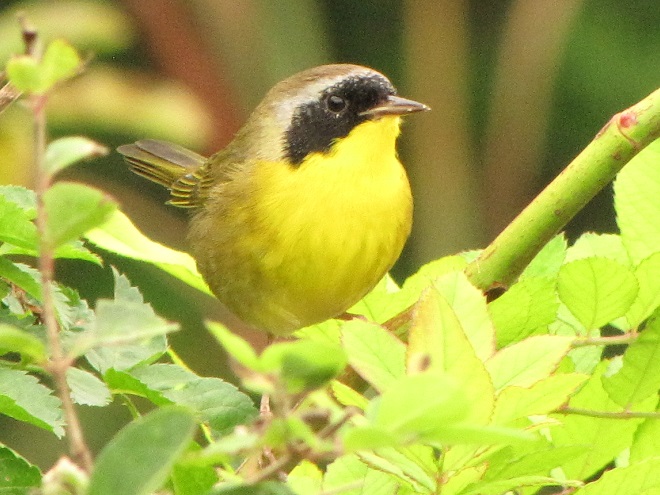
Migration Update
Can it be that time already? Most Neotropical birds have passed through the Lower Susquehanna River Watershed on their way south and the hardier species that will spend our winter in the more temperate climes of the eastern United States are beginning to arrive.
Here’s a gallery of sightings from recent days…
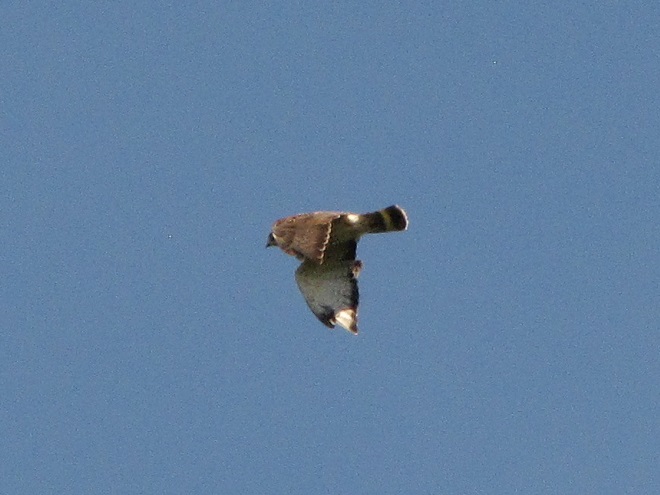
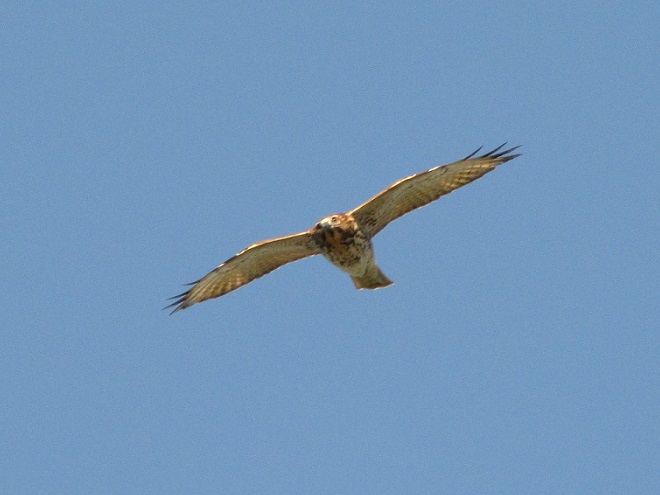
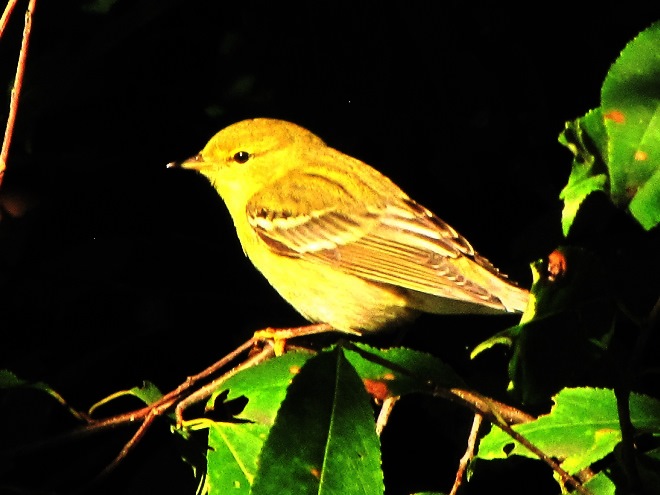
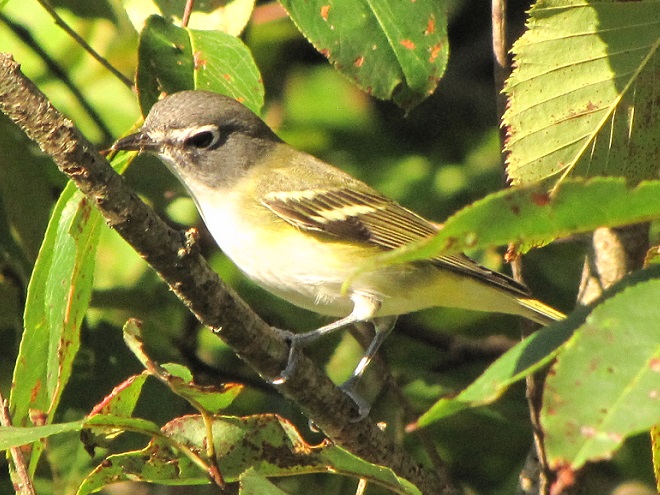

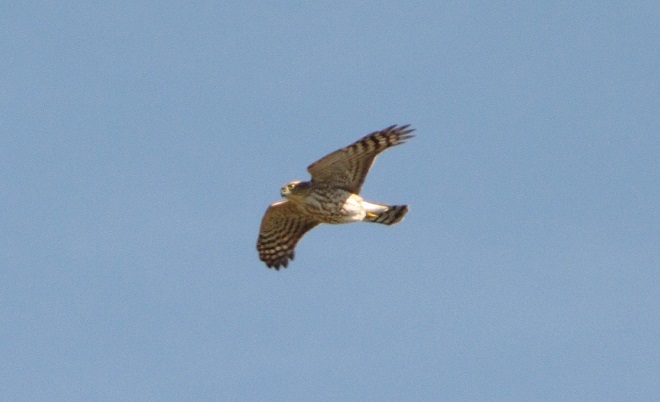
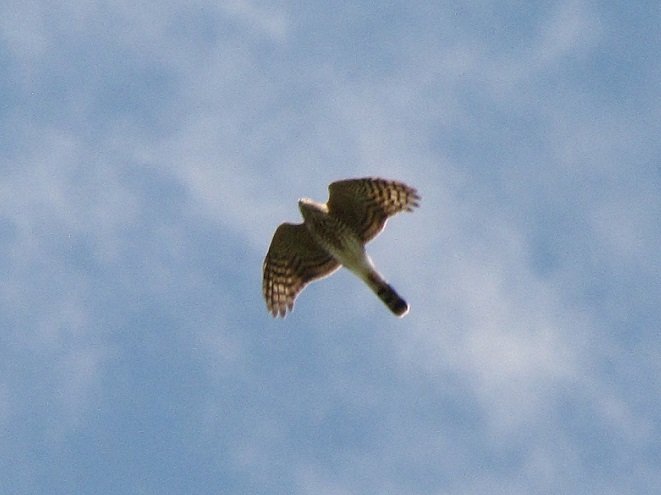
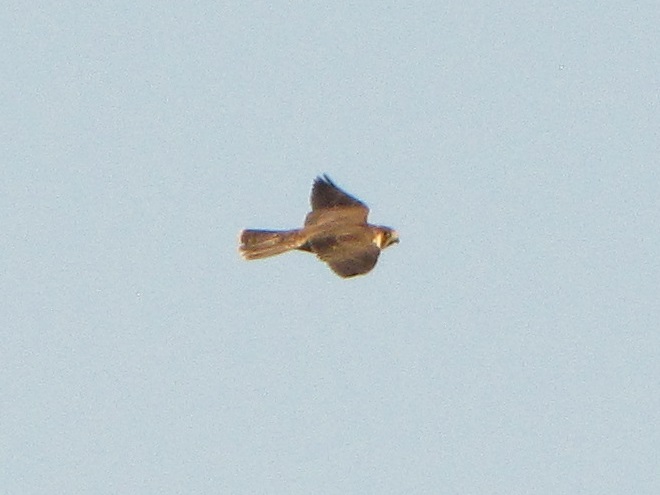
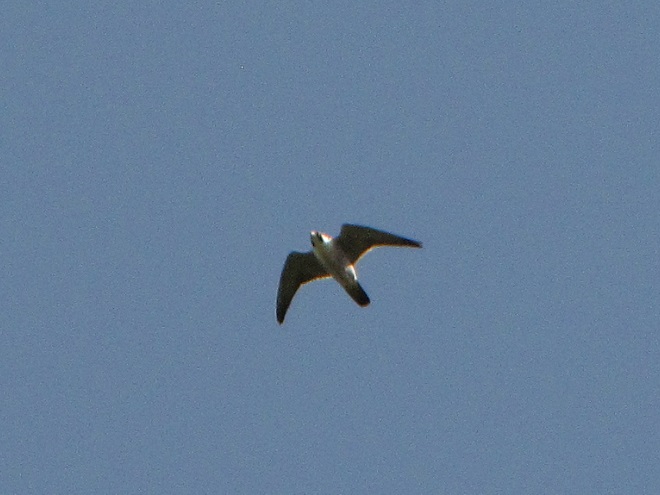
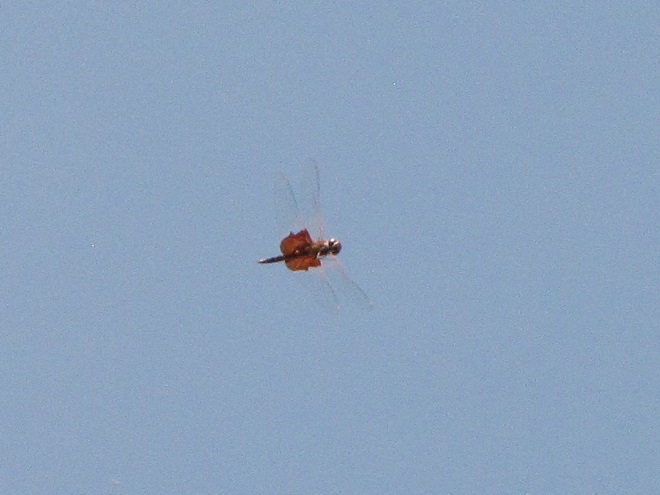
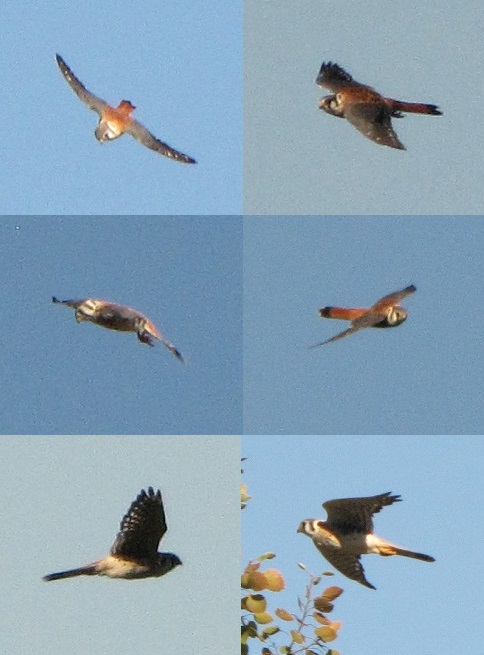
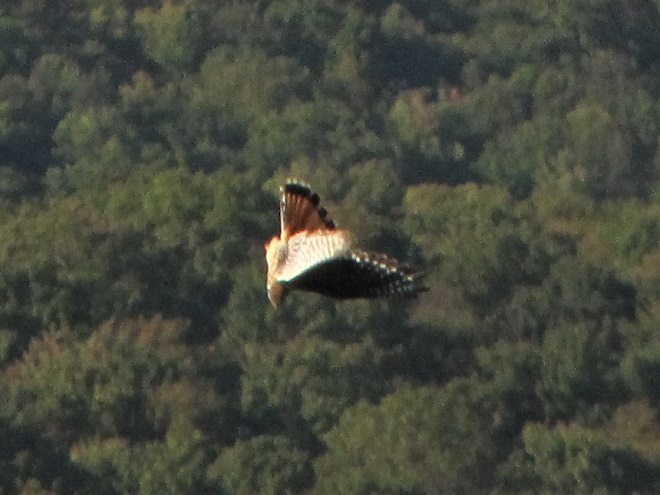
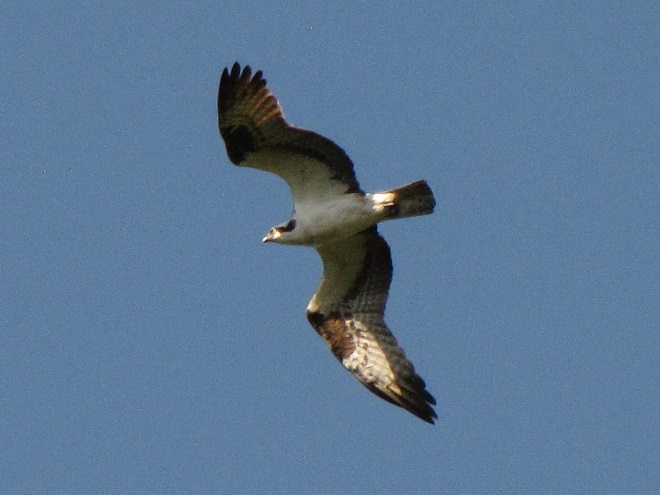
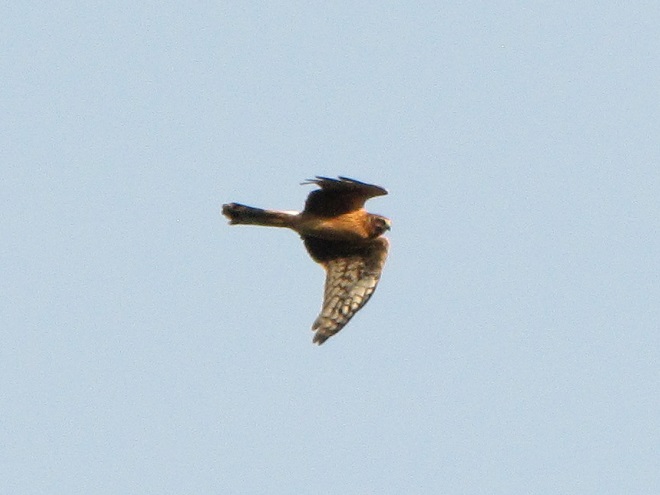
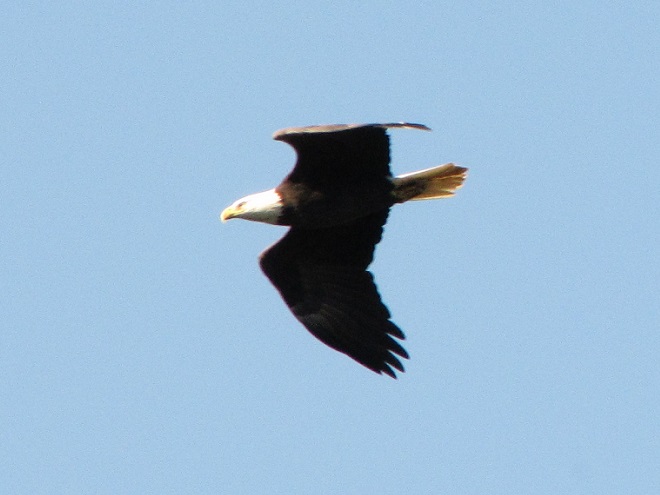
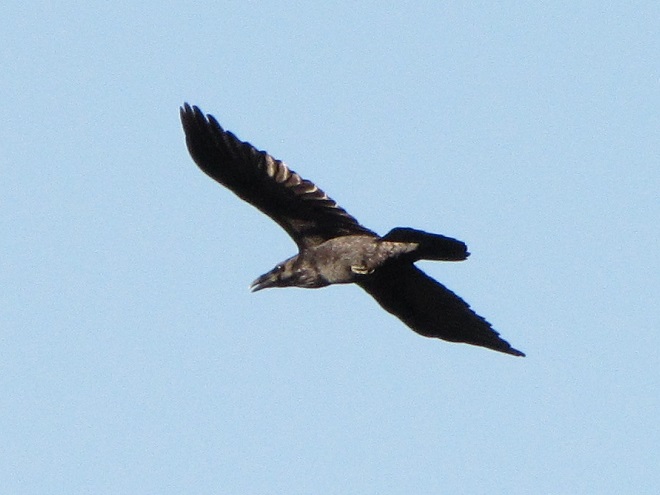
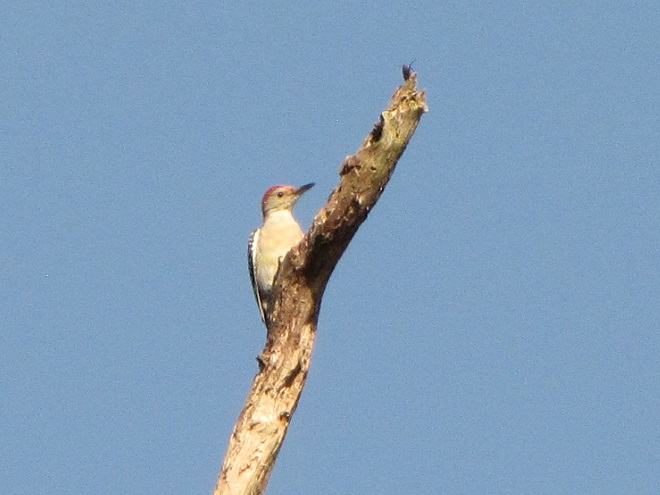
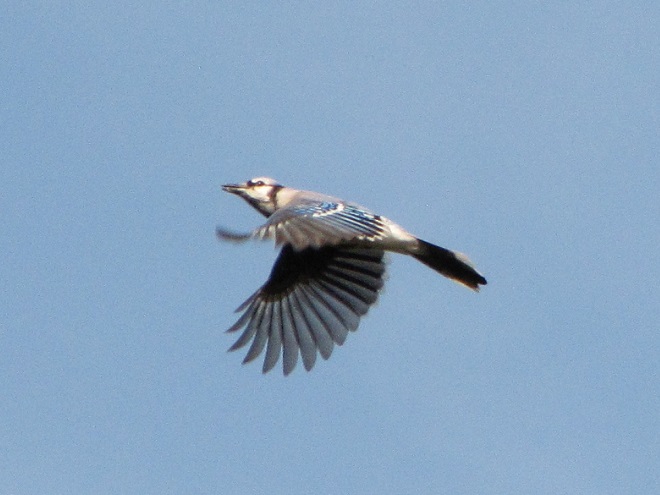
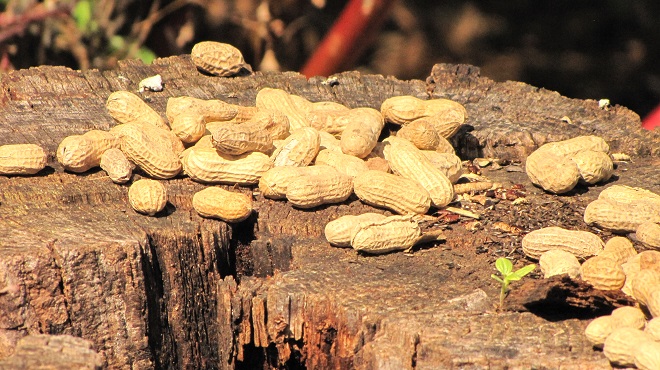
Be sure to click on these tabs at the top of this page to find image guides to help you identify the dragonflies, birds, and raptors you see in the Lower Susquehanna River Watershed…
-
- Damselflies and Dragonflies
- Birds of Conewago Falls
- Hawkwatcher’s Helper: Identifying Bald Eagles and other Raptors
See you next time!
Smoky Skies in the Lower Susquehanna Region
During the coming two weeks, peak numbers of migrating Neotropical birds will be passing through the northeastern United States including the lower Susquehanna valley. Hawk watches are staffed and observers are awaiting big flights of Broad-winged Hawks—hoping to see a thousand birds or more in a single day.
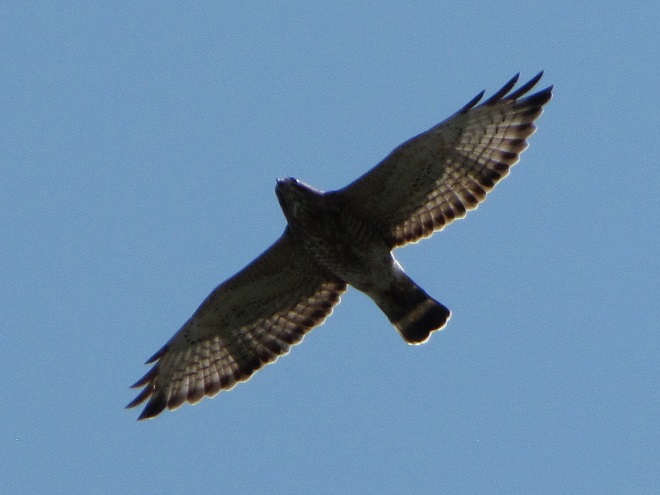
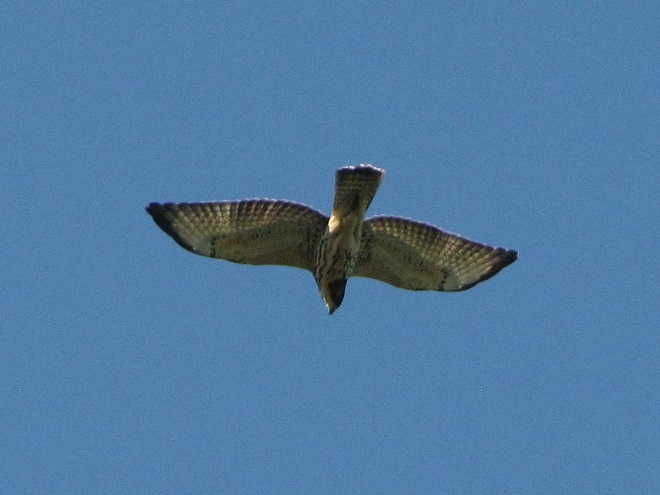
Broad-winged hawks feed on rodents, amphibians, and a variety of large insects while on their breeding grounds in the forests of the northern United States and Canada. They depart early, journeying to wintering areas in Central and South America before frost robs them of a reliable food supply.
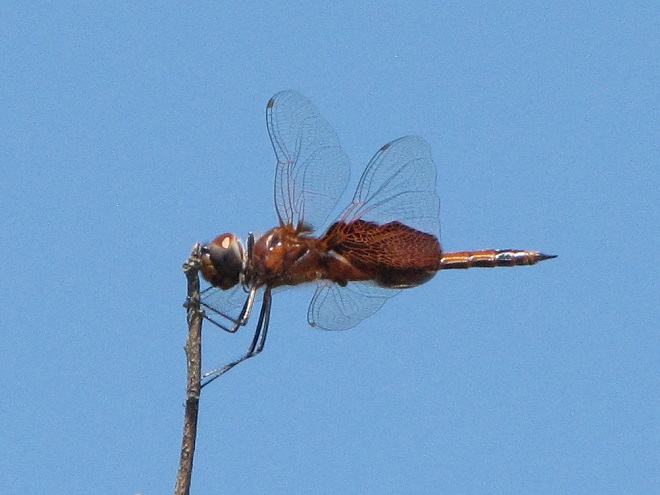
While migrating, Broad-winged Hawks climb to great altitudes on thermal updrafts and are notoriously difficult to see from ground level. Bright sunny skies with no clouds to serve as a backdrop further complicate a hawk counter’s ability to spot passing birds. Throughout the Lower Susquehanna River Watershed, the coming week promises to be especially challenging for those trying to observe and census the passage of high-flying Broad-winged Hawks. The forecast of hot and humid weather is not so unusual, but the addition of smoke from fires in the western states promises to intensify the haze and create an especially irritating glare for those searching the skies for raptors.

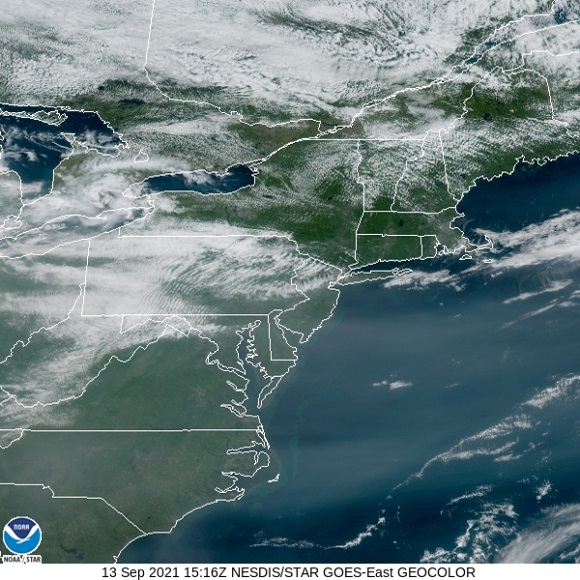
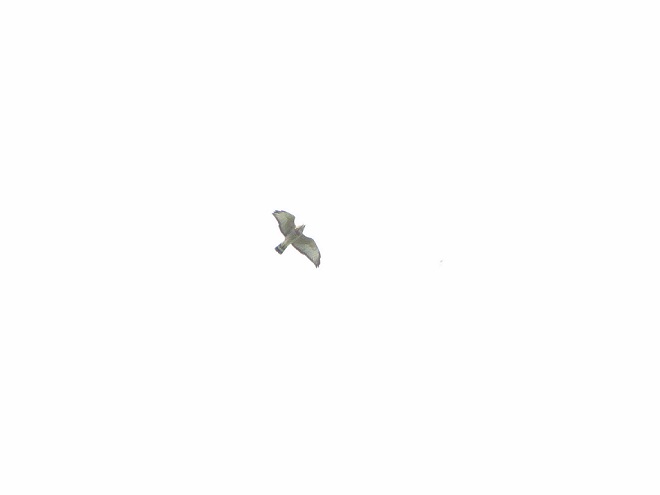
It may seem gloomy for the mid-September flights in 2021, but hawk watchers are hardy types. They know that the birds won’t wait. So if you want to see migrating “Broad-wings” and other species, you’ve got to get out there and look up while they’re passing through.
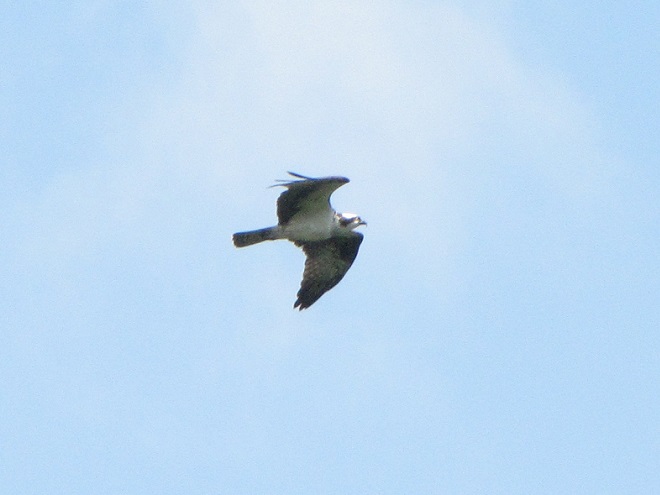
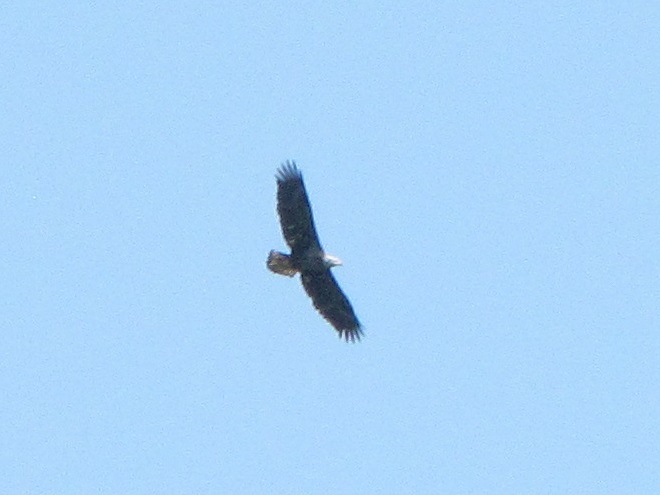
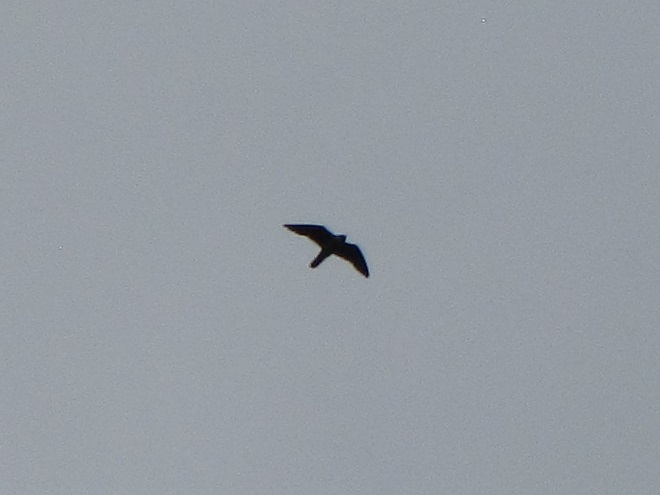
These hawk watches in the Lower Susquehanna River Watershed are currently staffed by official counters and all welcome visitors:
-
- Rocky Ridge County Park Hawk Watch—3699 Deininger Road off Mount Zion Road (Route 24) northeast of York, Pennsylvania.
- Second Mountain Hawk Watch—off Cold Spring Road on the grounds of Fort Indiantown Gap in Lebanon County, Pennsylvania.
- Waggoner’s Gap Hawk Watch—where Route 74 crosses Blue Mountain north of Carlisle, Pennsylvania.
—or you can just keep an eye on the sky from wherever you happen to be. And don’t forget to check the trees and shrubs because warbler numbers are peaking too! During recent days…
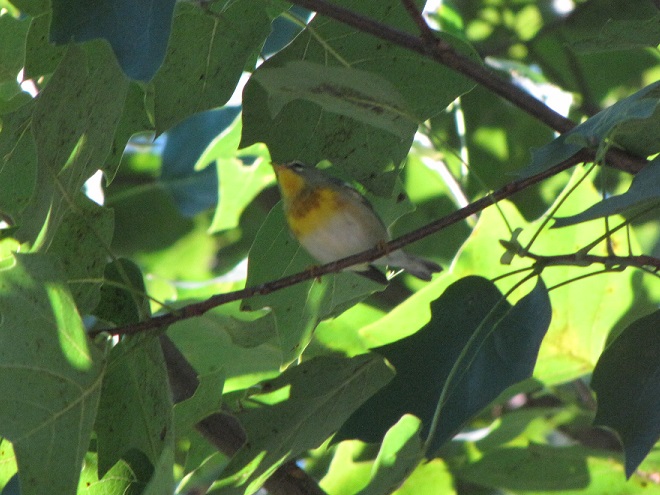
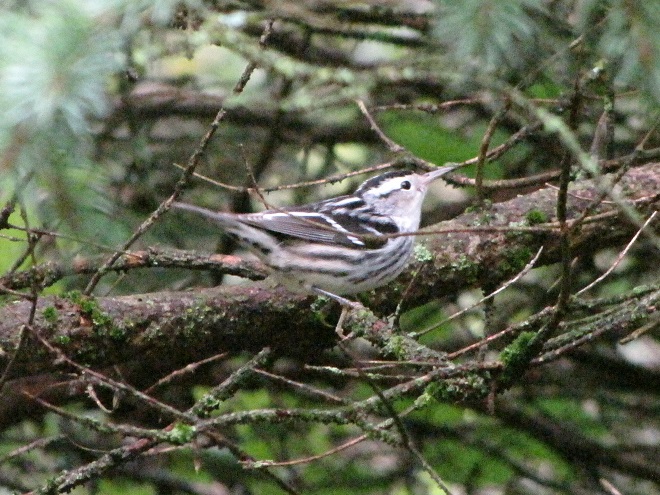
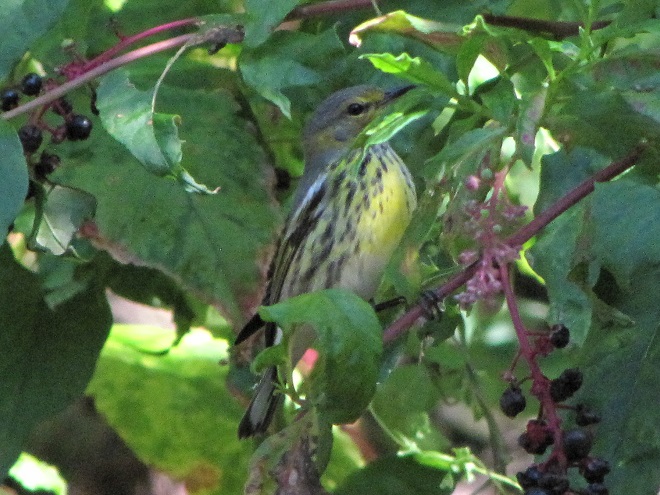
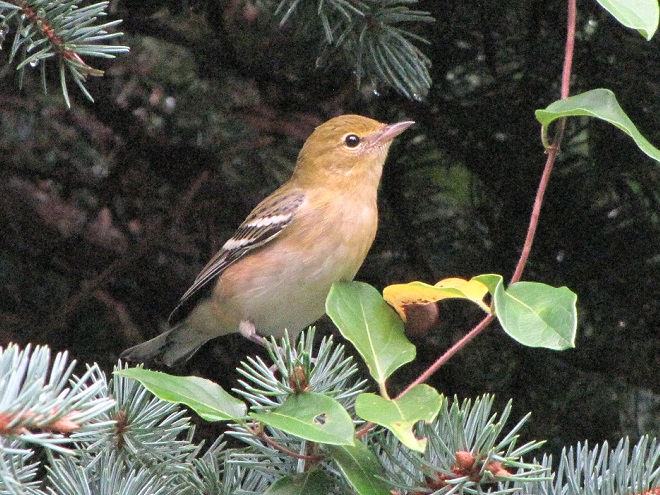
Warblers Passing Through the Lower Susquehanna River Valley
Neotropical birds are presently migrating south from breeding habitats in the United States and Canada to wintering grounds in Central and South America. Among them are more than two dozen species of warblers—colorful little passerines that can often be seen darting from branch to branch in the treetops as they feed on insects during stopovers in the Lower Susquehanna River Watershed.
Being nocturnal migrants, warblers are best seen first thing in the morning among sunlit foliage, often high in the forest canopy. After a night of flying, they stop to feed and rest. Warblers frequently join resident chickadees, titmice, and nuthatches to form a foraging flock that can contain dozens of songbirds. Migratory flycatchers, vireos, tanagers, and grosbeaks often accompany southbound warblers during early morning “fallouts”. Usually, the best way to find these early fall migrants is to visit a forest edge or thicket, particularly along a stream, a utility right-of-way, or on a ridge top. Then too, warblers and other Neotropical migrants are notorious for showing up in groves of mature trees in urban parks and residential neighborhoods—so look up!

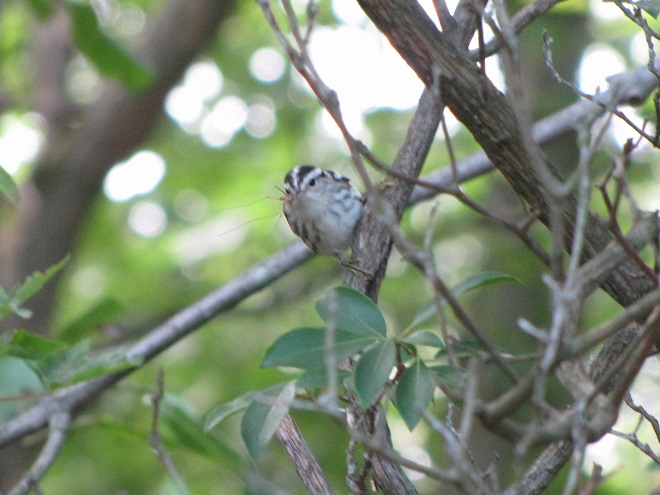
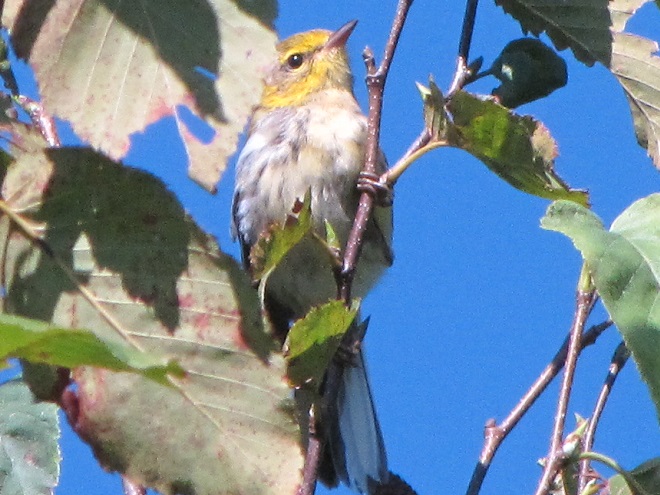
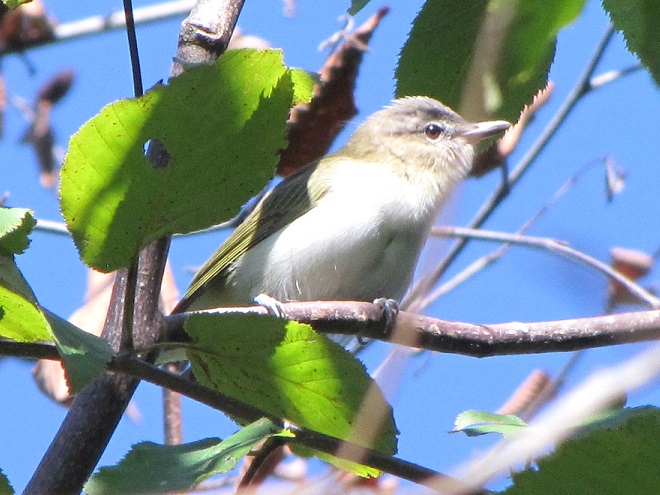
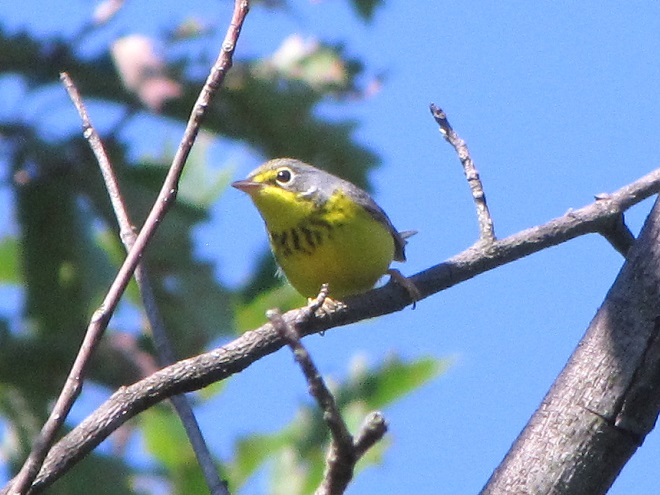
Be sure to visit the Birds of Conewago Falls page by clicking the “Birds” tab at the top of this page. There, you’ll find photographs of the birds, including warblers and other Neotropical migrants, that you’re likely to encounter at locations throughout the Lower Susquehanna River Watershed.
Maximum Variety
You’ll want to go for a walk this week. It’s prime time to see birds in all their spring splendor. Colorful Neotropical migrants are moving through in waves to supplement the numerous temperate species that arrived earlier this spring to begin their nesting cycle. Here’s a sample of what you might find this week along a rail-trail, park path, or quiet country road near you—even on a rainy or breezy day.
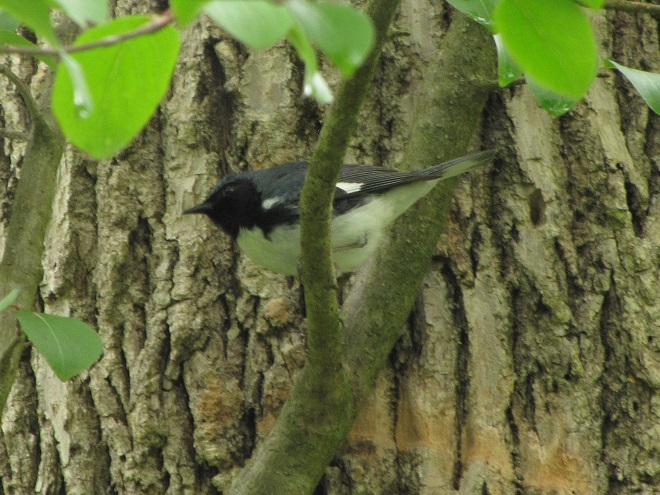
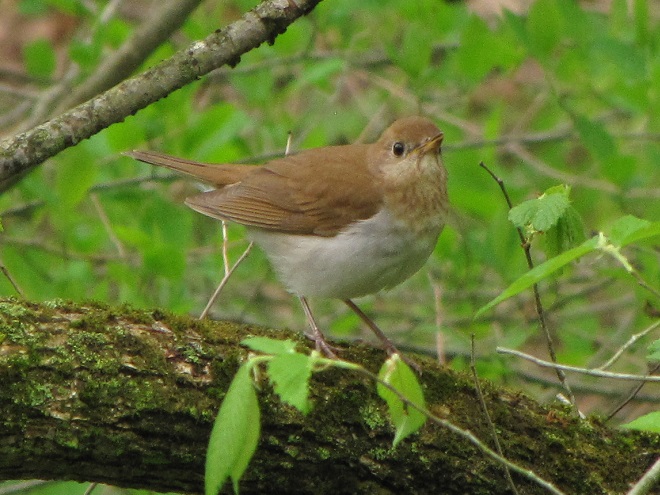
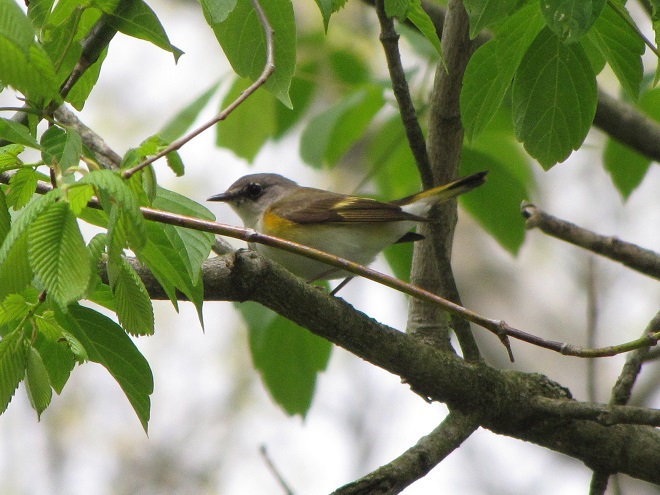
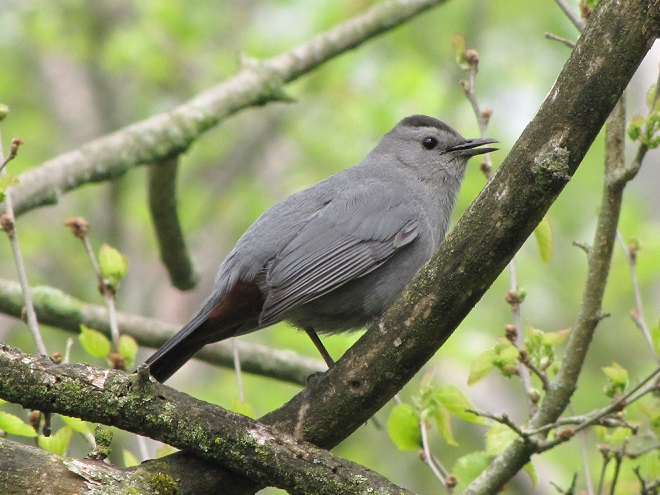
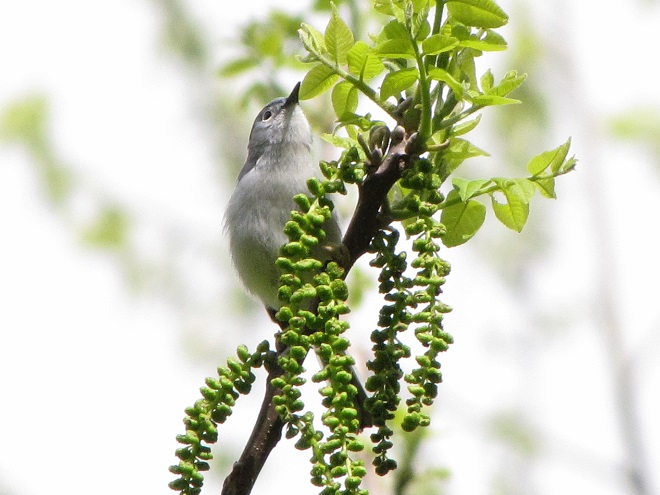
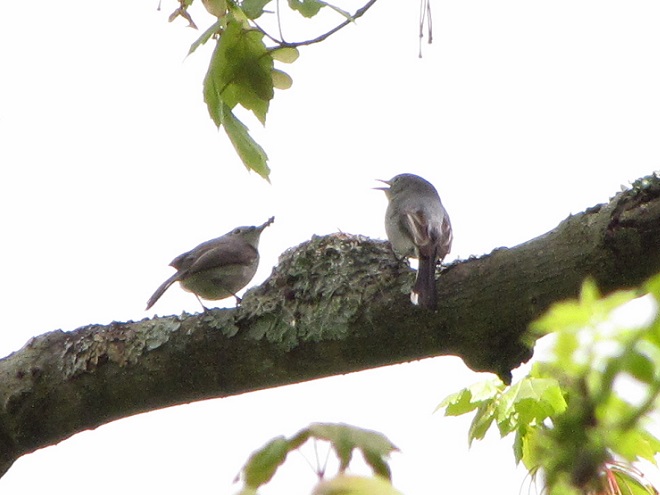
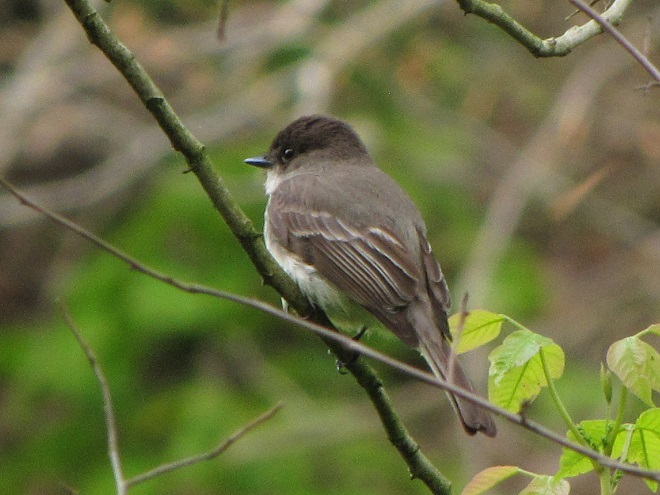
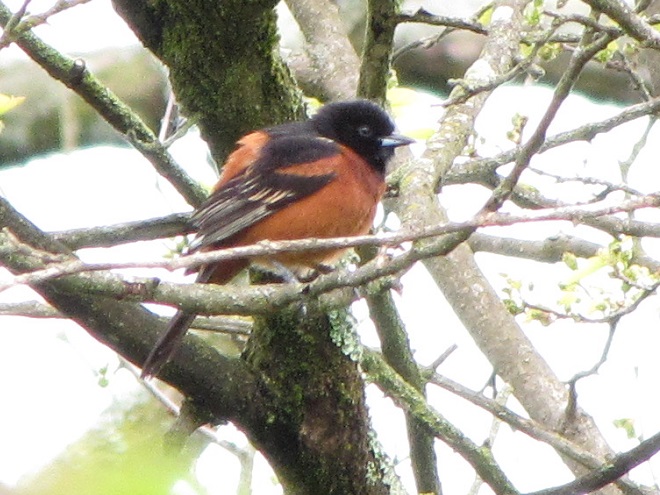
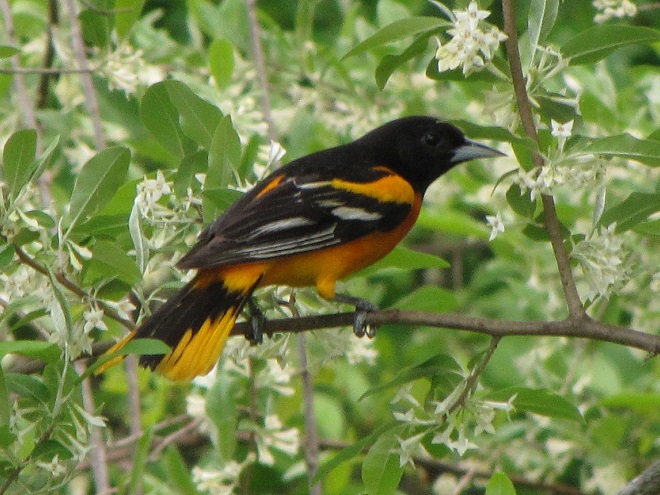
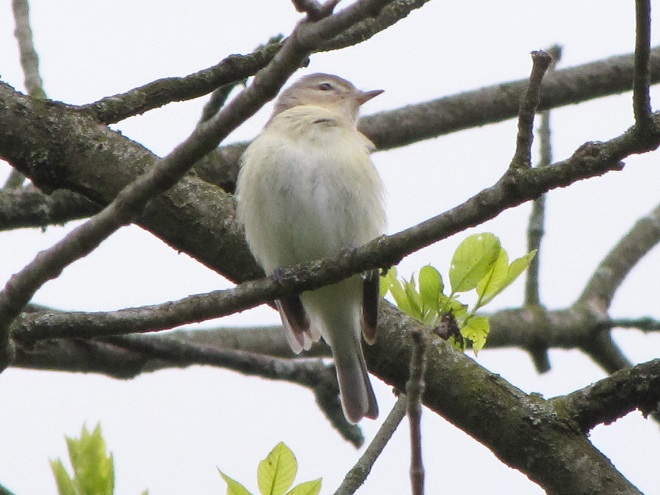
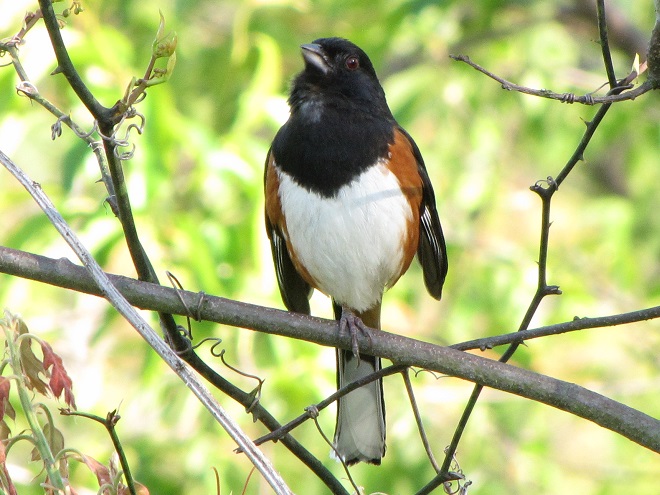
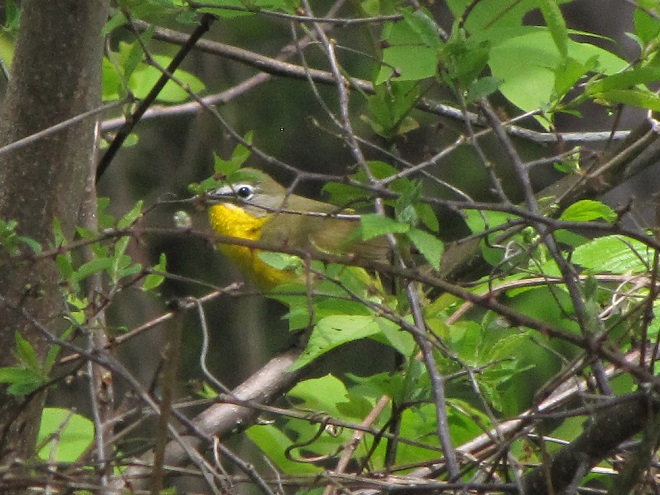
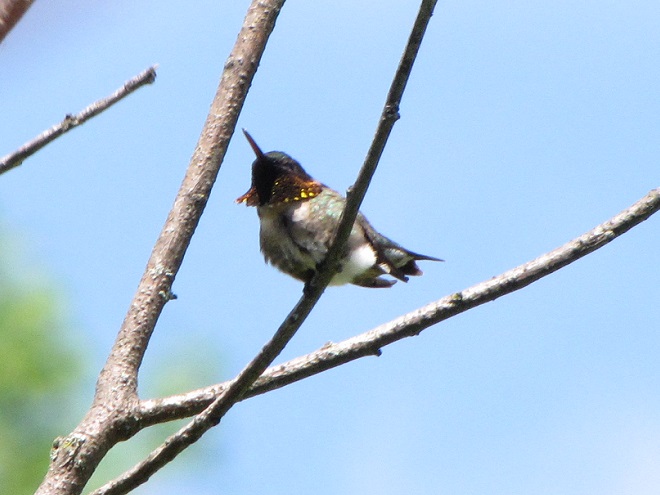
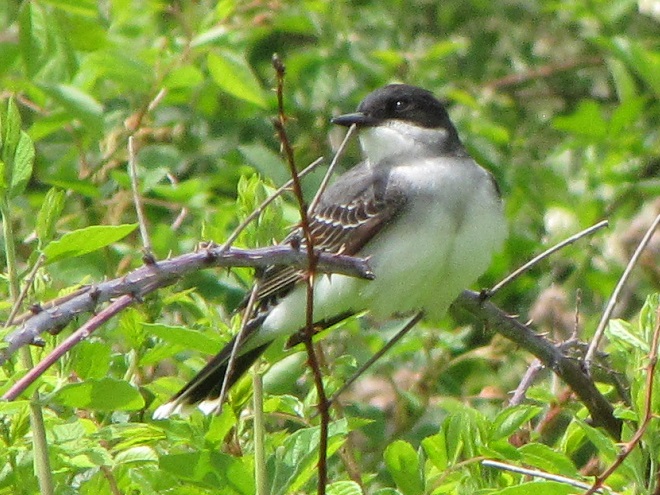
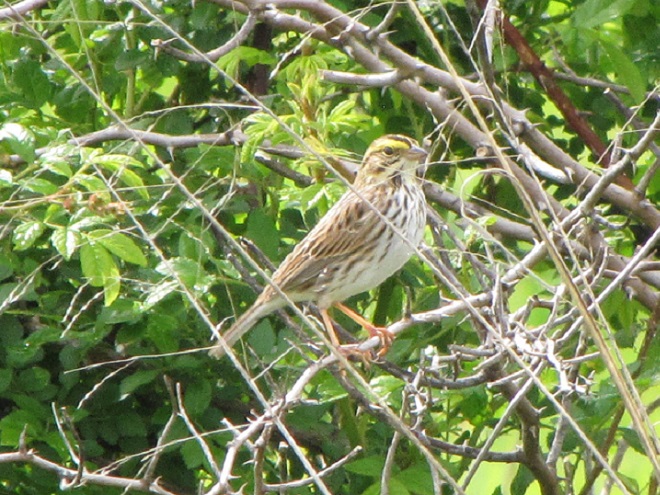
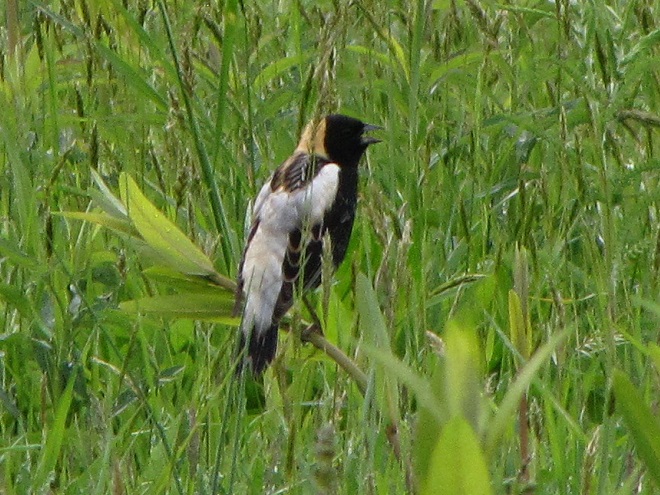
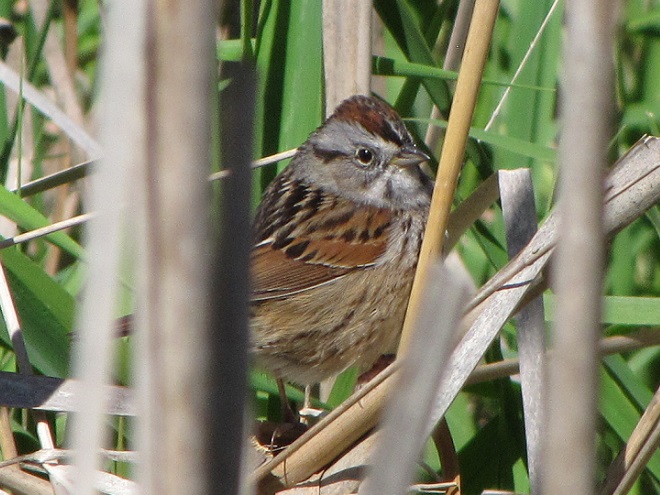
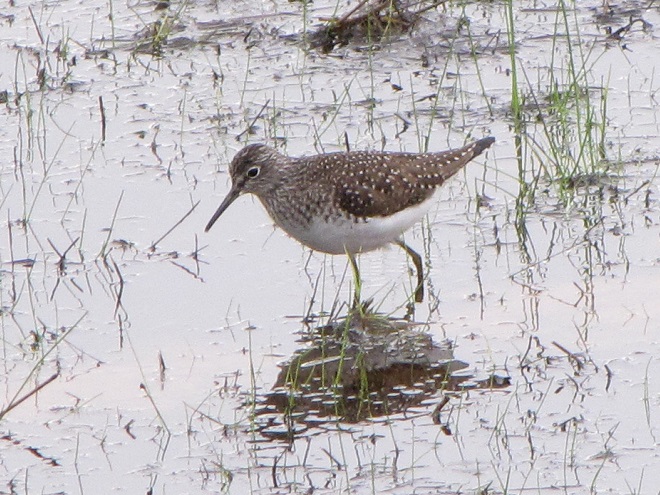
Conowingo Dam: Cormorants, Eagles, Snakeheads and a Run of Hickory Shad
Meet the Double-crested Cormorant, a strangely handsome bird with a special talent for catching fish. You see, cormorants are superb swimmers when under water—using their webbed feet to propel and maneuver themselves with exceptional speed in pursuit of prey.
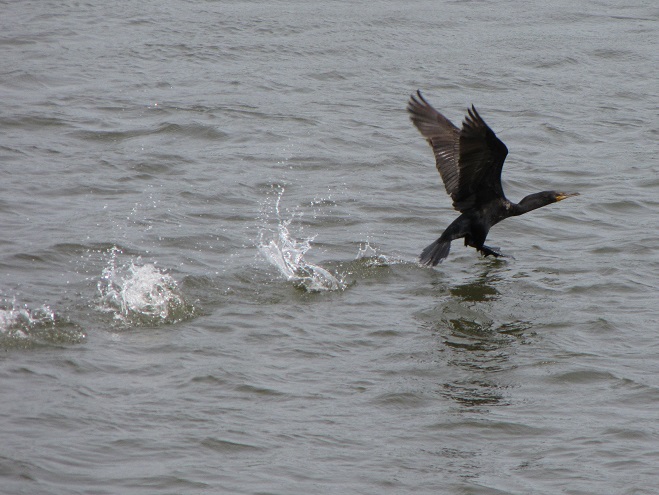
Double-crested Cormorants, hundreds of them, are presently gathered along with several other species of piscivorous (fish-eating) birds on the lower Susquehanna River below Conowingo Dam near Rising Sun, Maryland. Fish are coming up the river and these birds are taking advantage of their concentrations on the downstream side of the impoundment to provide food to fuel their migration or, in some cases, to feed their young.
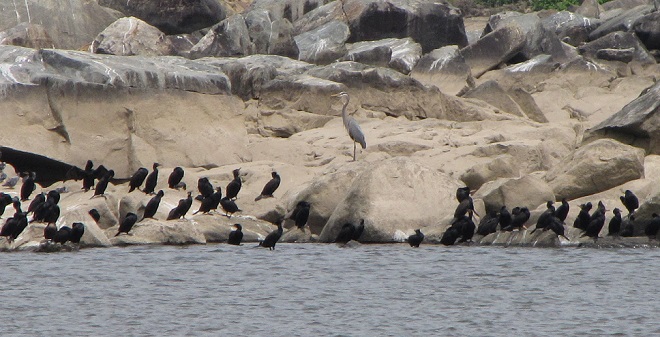
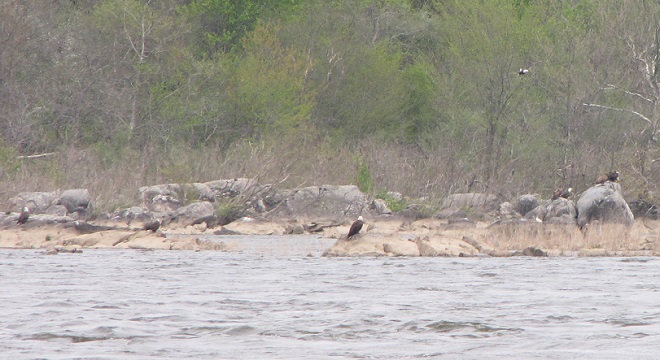
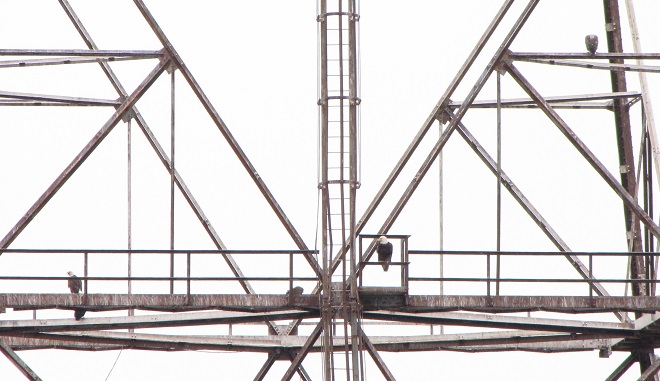
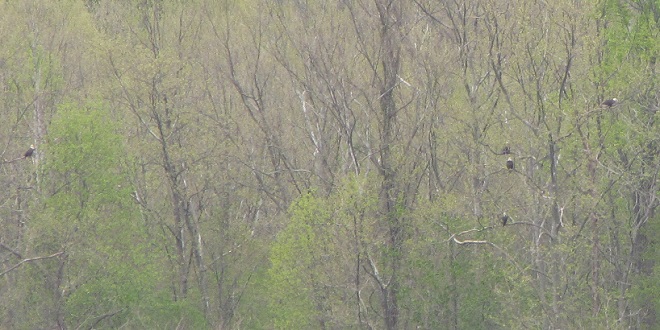
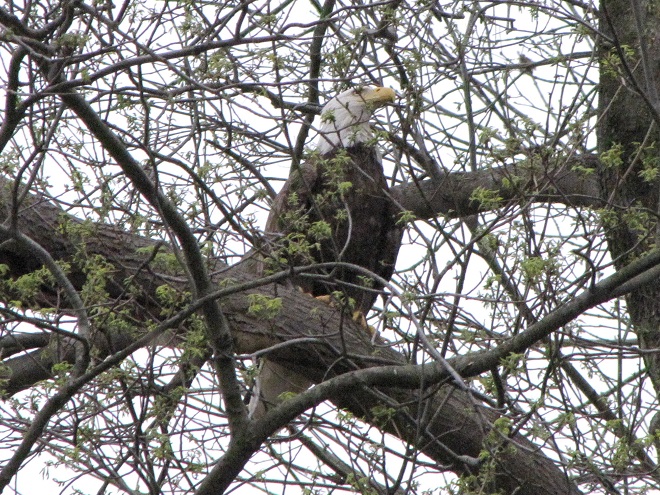
In addition to the birds, the movements of fish attract larger fish, and even larger fishermen.


The excitement starts when the sirens start to wail and the red lights begin flashing. Yes friends, it’s showtime.


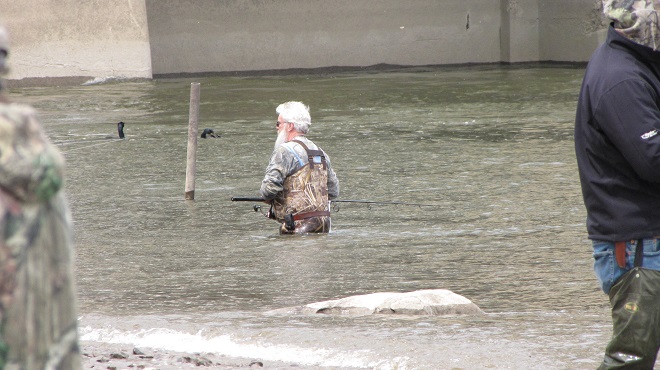

Within minutes of the renewed flow, birds are catching fish.
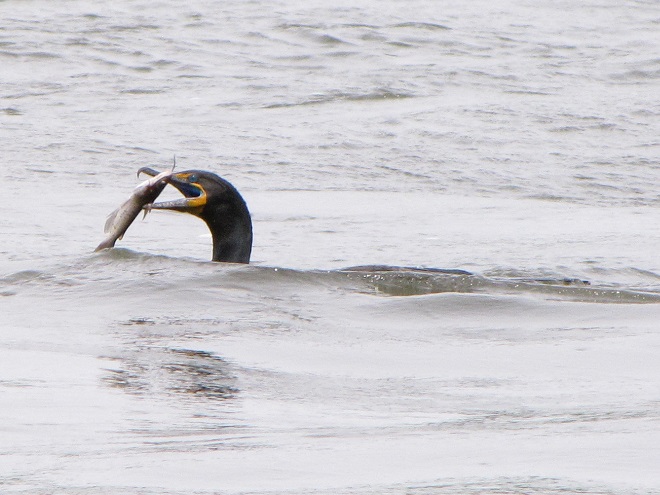
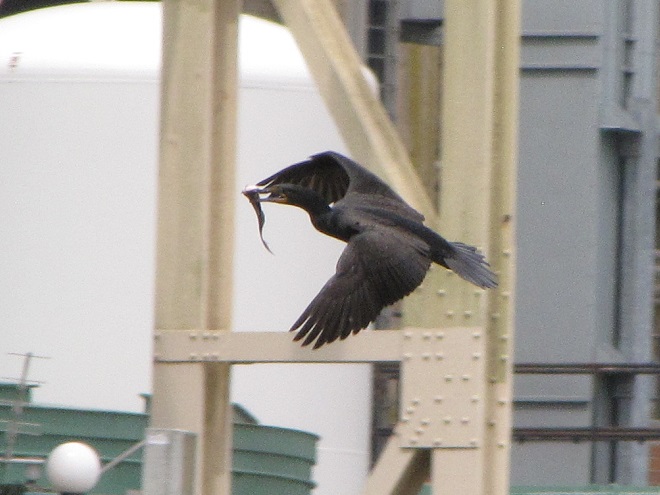
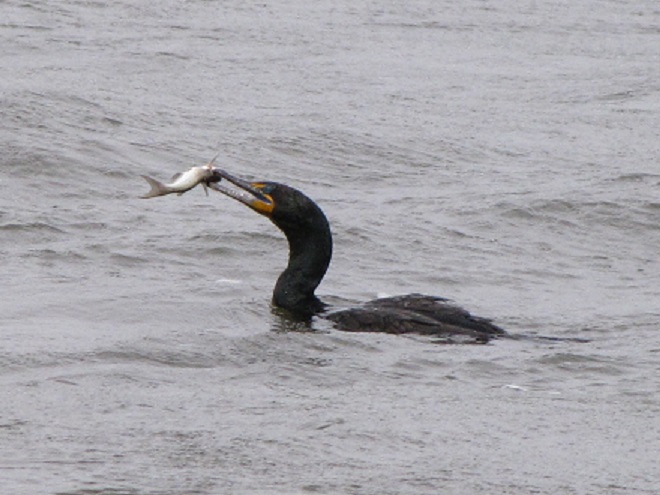
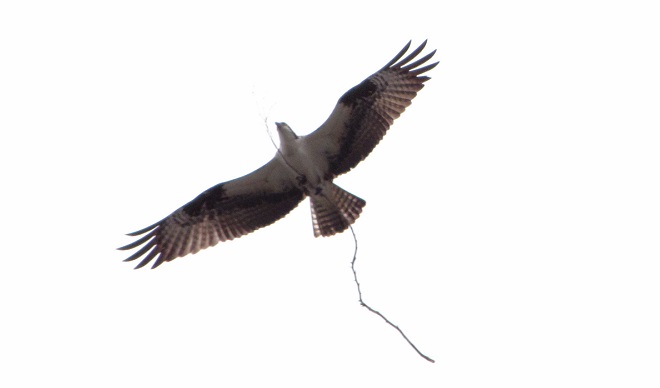

Then the anglers along the wave-washed shoreline began catching fish too.
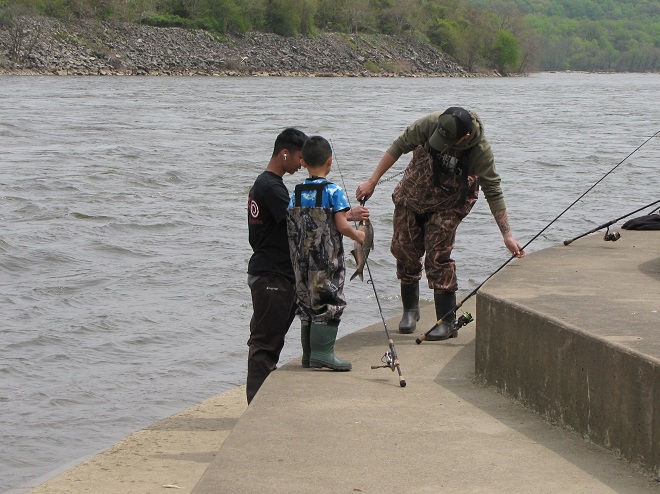
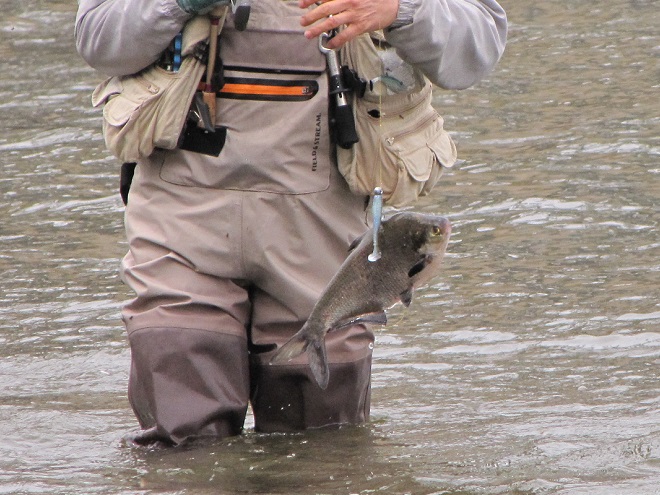
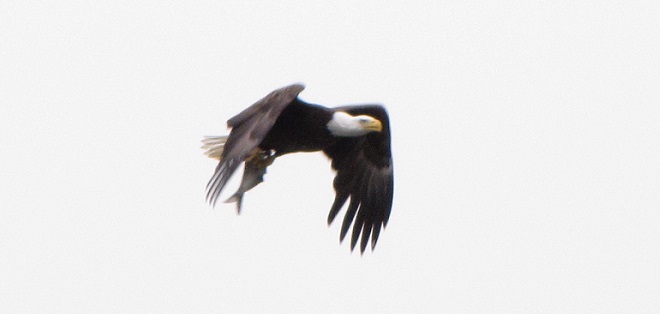
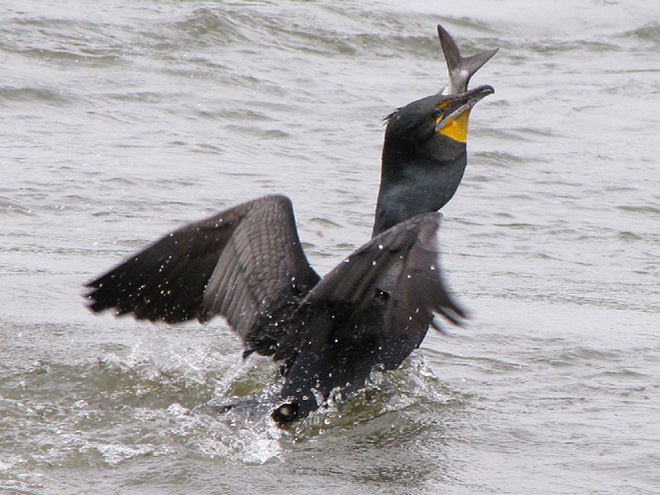
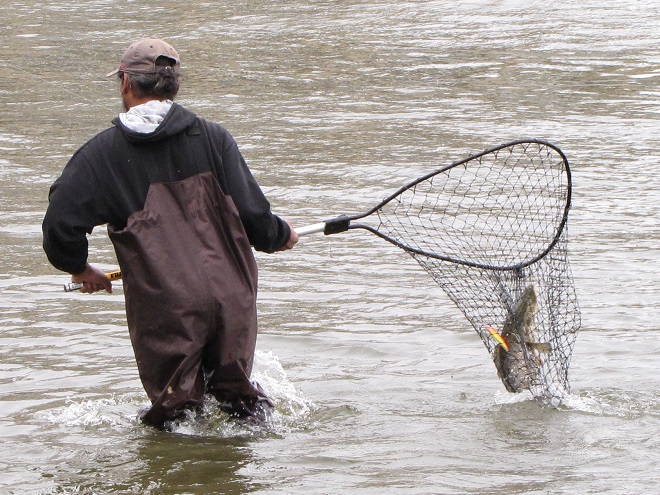
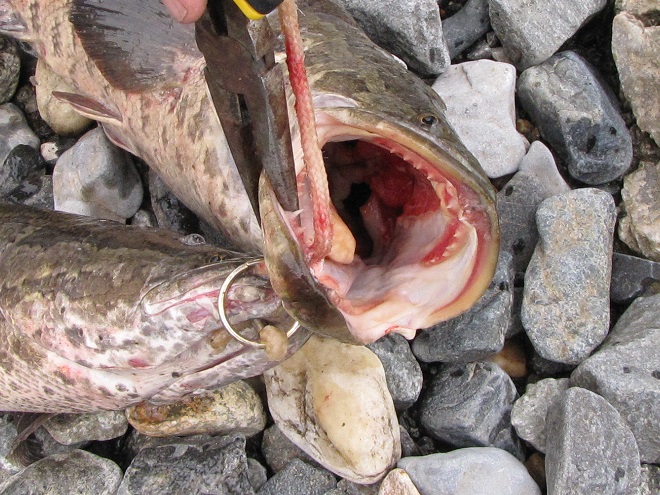
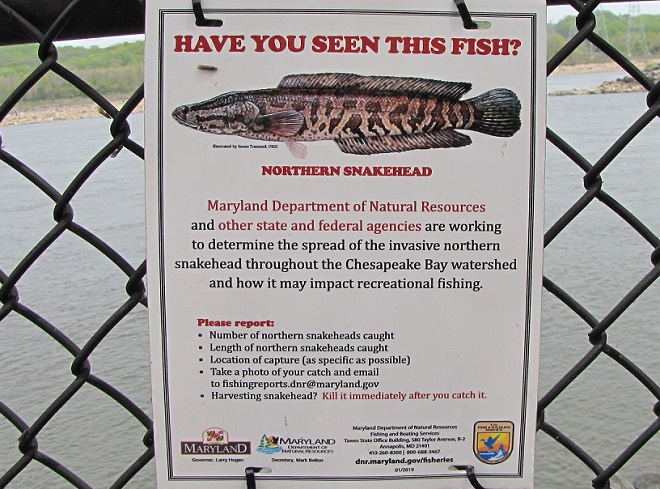
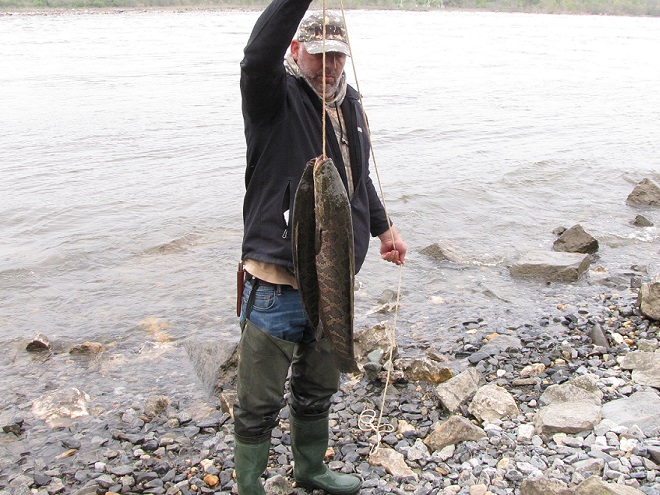
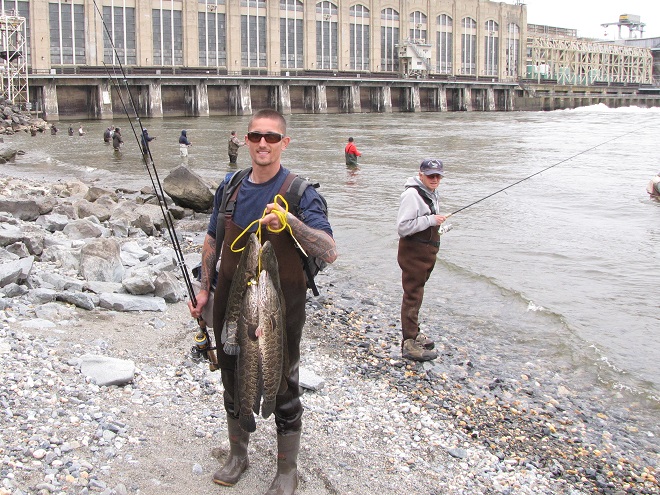
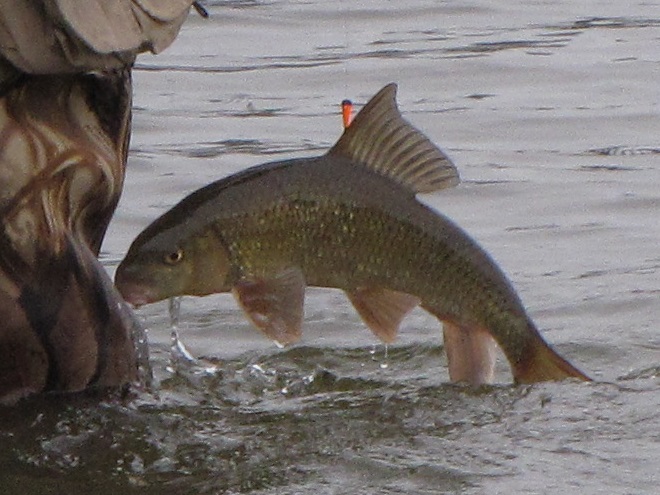
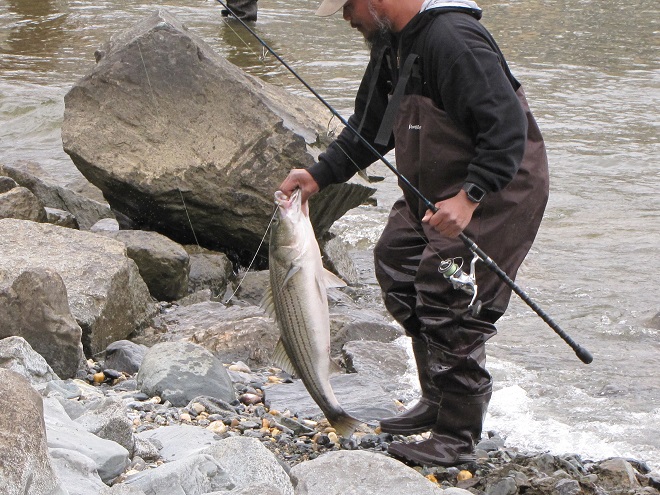
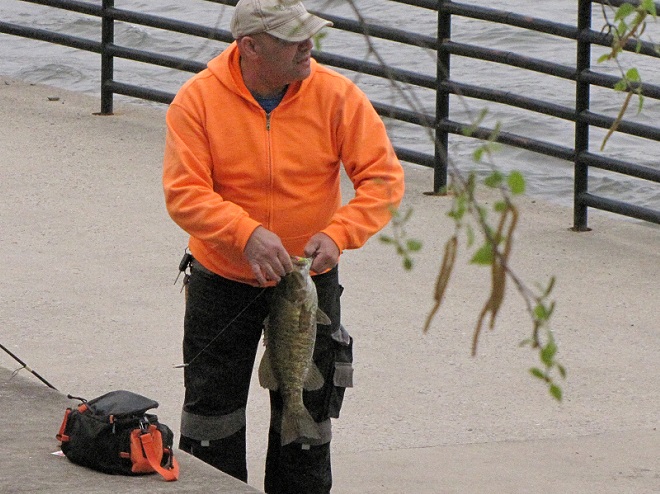
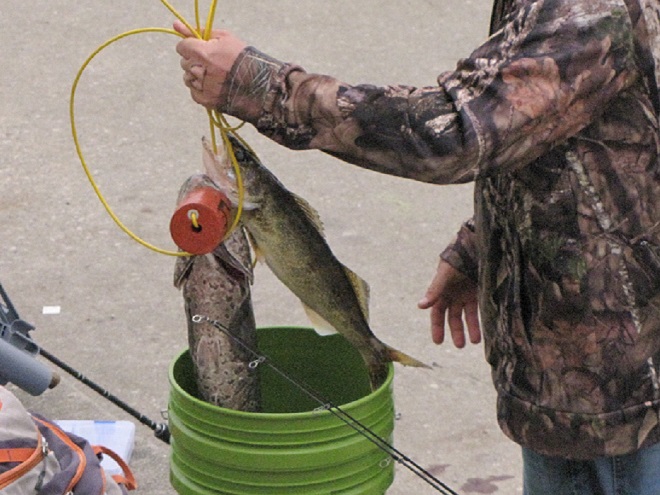
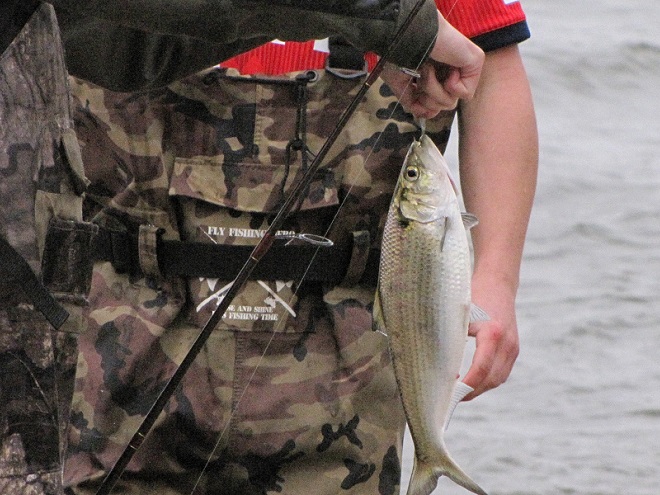
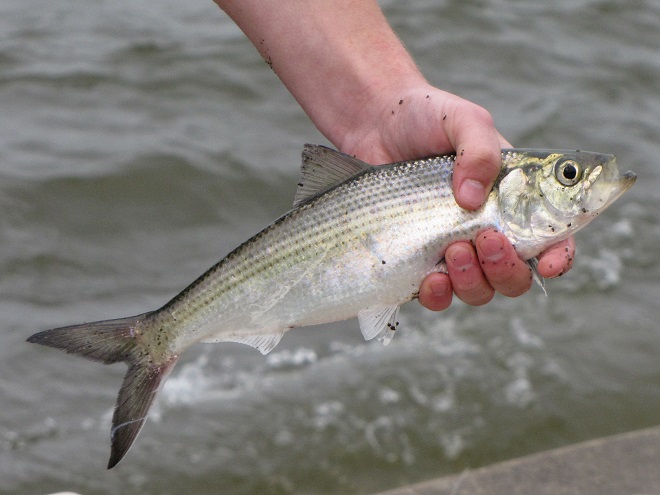
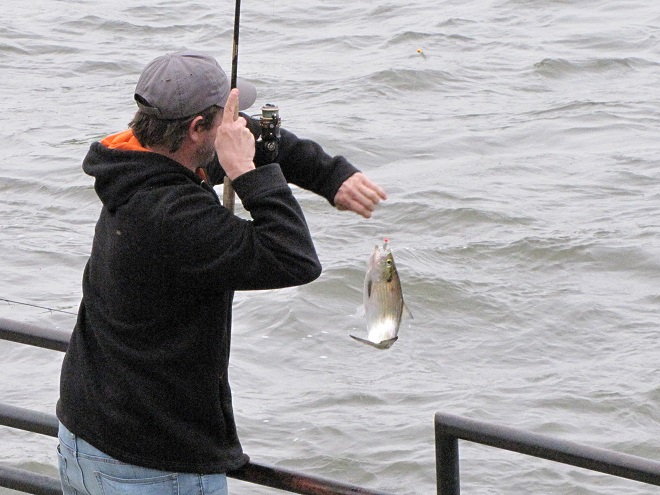
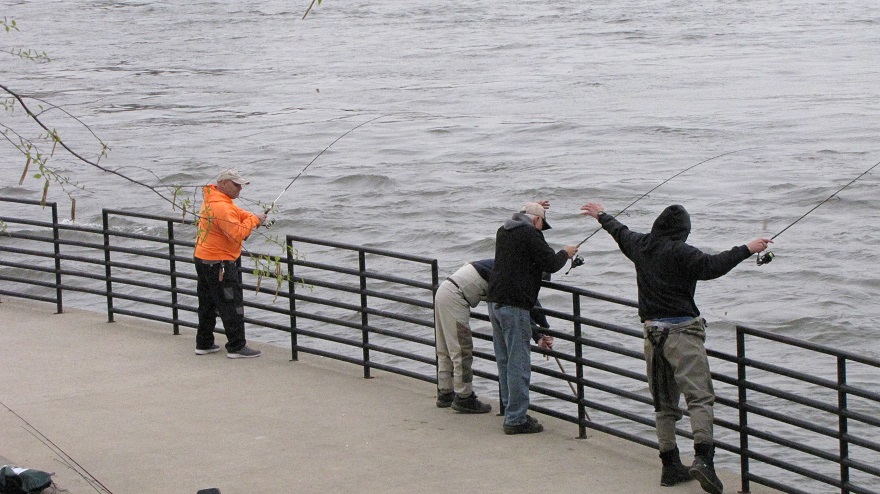
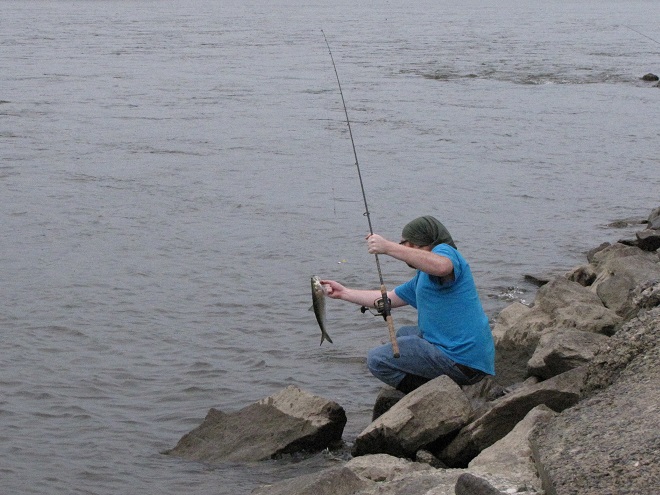

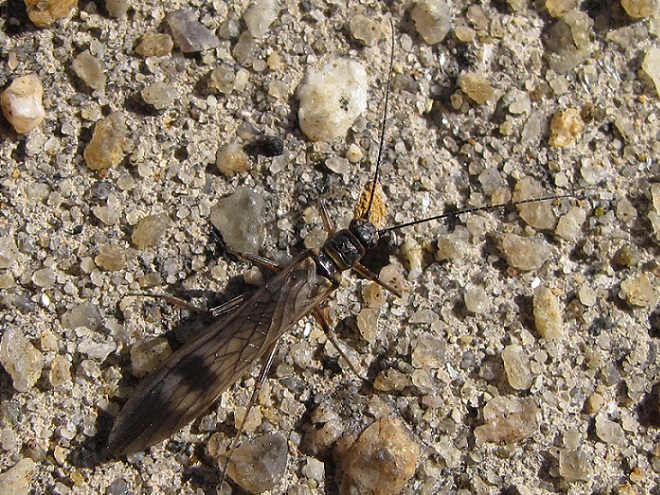
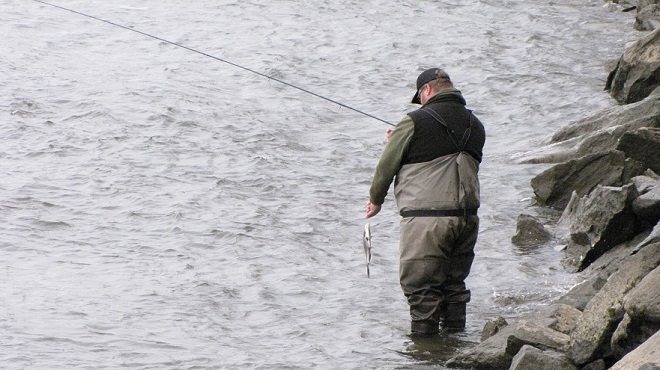
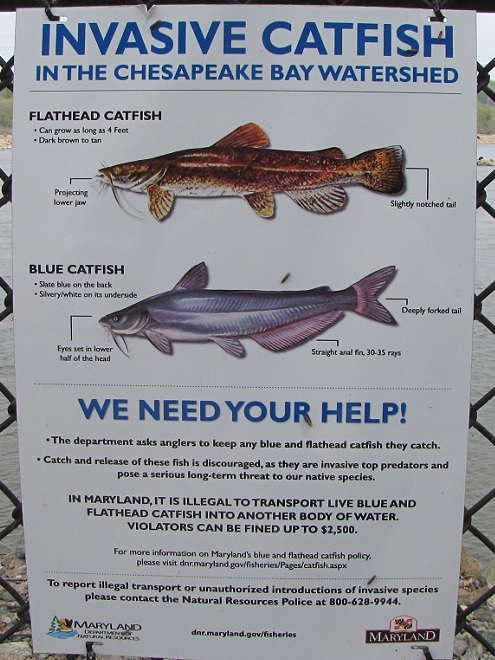
The arrival of migrating Hickory Shad heralds the start of a movement that will soon include White Perch, anadromous American Shad, and dozens of other fish species that swim upstream during the springtime. Do visit Fisherman’s Park at Conowingo Dam to see this spectacle before it’s gone. The fish and birds have no time to waste, they’ll soon be moving on.
To reach Exelon’s Conowingo Fisherman’s Park from Rising Sun, Maryland, follow U.S. Route 1 south across the Conowingo Dam, then turn left onto Shuresville Road, then make a sharp left onto Shureslanding Road. Drive down the hill to the parking area along the river. The park’s address is 2569 Shureslanding Road, Darlington, Maryland.
A water release schedule for the Conowingo Dam can be obtained by calling Exelon Energy’s Conowingo Generation Hotline at 888-457-4076. The recording is updated daily at 5 P.M. to provide information for the following day.
And remember, the park can get crowded during the weekends, so consider a weekday visit.
Coming Soon, Very Soon: Brood X Periodical Cicadas
Yesterday, a hike through a peaceful ridgetop woods in the Furnace Hills of southern Lebanon County resulted in an interesting discovery. It was extraordinarily quiet for a mid-April afternoon. Bird life was sparse—just a pair of nesting White-breasted Nuthatches and a drumming Hairy Woodpecker. A few deer scurried down the hillside. There was little else to see or hear. But if one were to have a look below the forest floor, they’d find out where the action is.

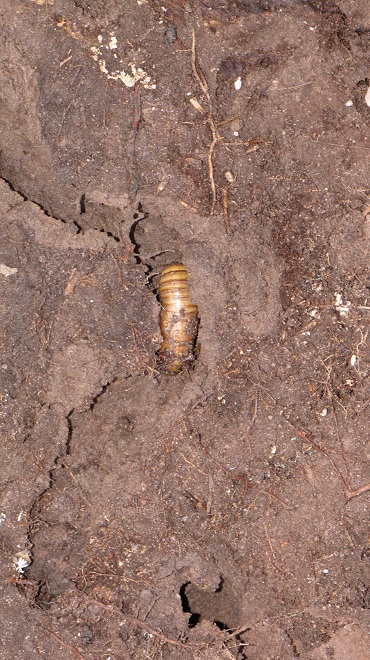
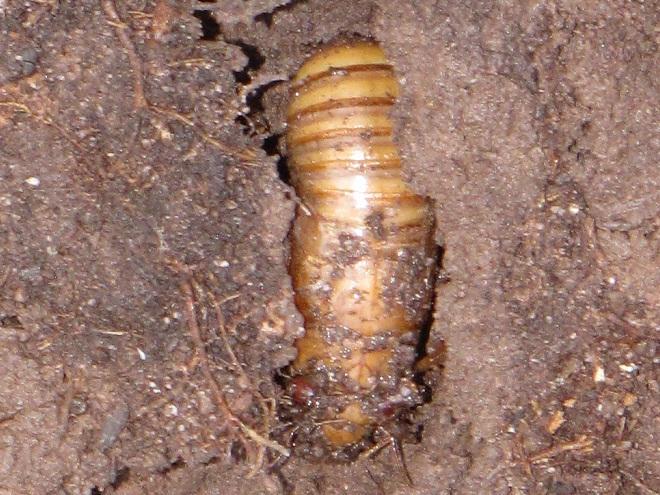
2021 is an emergence year for Brood X, the “Great Eastern Brood”—the largest of the 15 surviving broods of Periodical Cicadas. After seventeen years as subterranean larvae, the nymphs are presently positioned just below ground level, and they’re ready to see sunlight. After tunneling upward from the deciduous tree roots from which they fed on small amounts of sap since 2004, they’re awaiting a steady ground temperature of about 64 degrees Fahrenheit before surfacing to climb a tree, shrub, or other object and undergo one last molt into an imago—a flying adult.
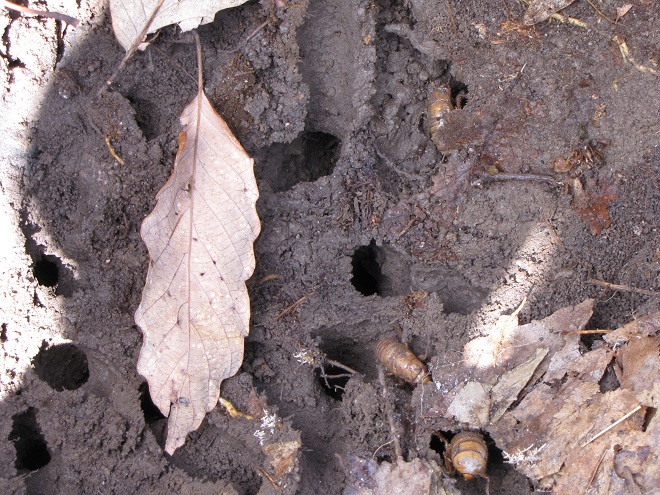
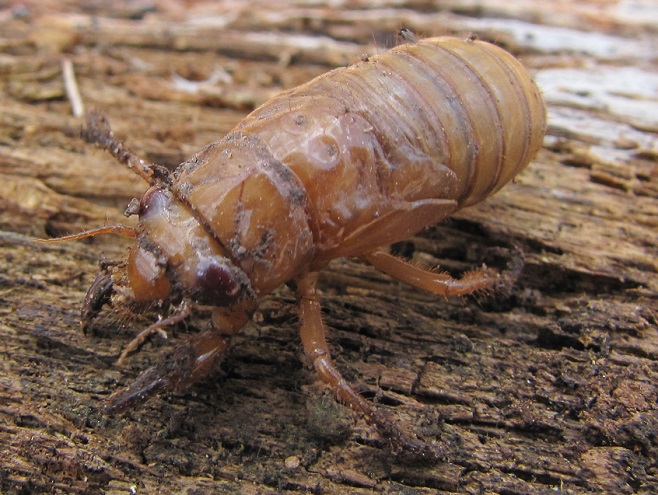

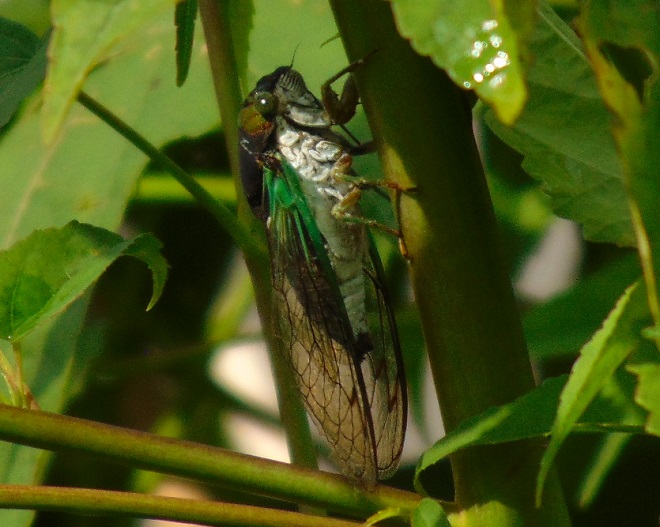
The woodlots of the Lower Susquehanna River Watershed won’t be quiet for long. Loud choruses of male Periodical Cicadas will soon roar through forest and verdant suburbia. They’re looking for love, and they’re gonna die trying to find it. And dozens and dozens of animal species will take advantage of the swarms to feed themselves and their young. Yep, the woods are gonna be a lively place real soon.
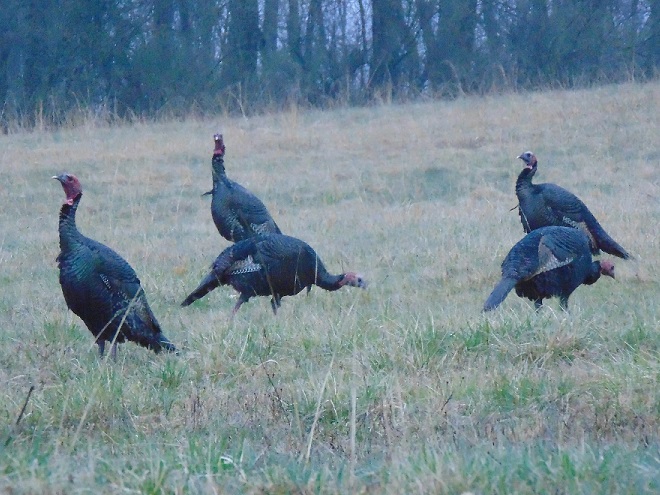
More than a Mint Dish
On a snowy winter day, it sure is nice to see some new visitors at a backyard feeding station. Here at the susquehannawildlife.net headquarters, American Robins have arrived to partake of the offerings.
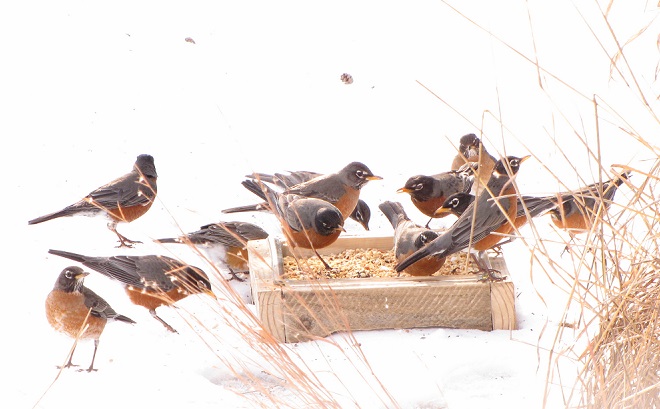
For this flock of robins, which numbered in excess of 150 individuals, the contents of this tray were a mere garnish to the meal that would sustain them through 72 hours of stormy weather. The main course was the supply of ripe berries on shrubs and trees in the headquarters garden.
Their first choice—the bright red fruits of the Common Winterberry.
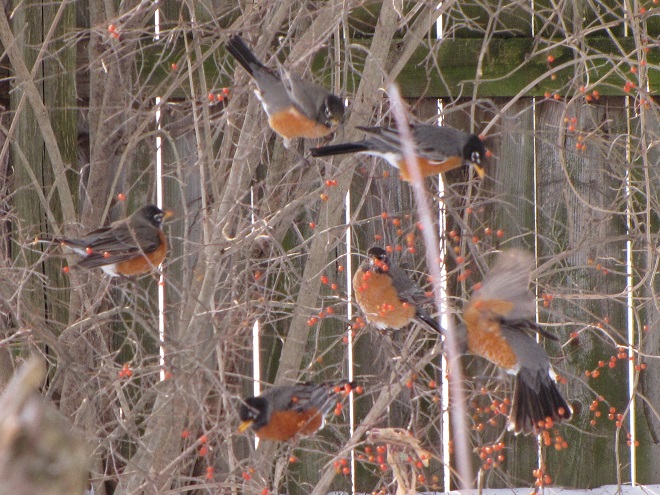
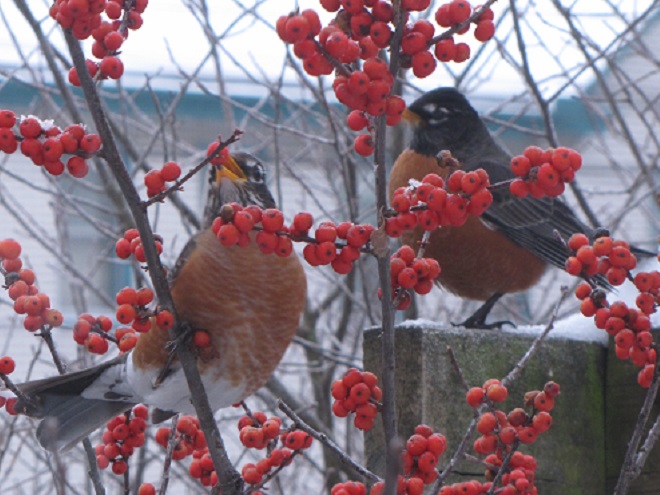
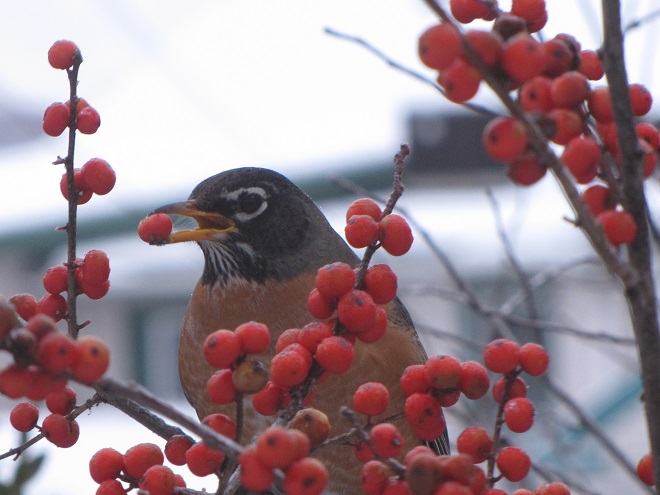


After cleaning off the winterberry shrubs, other fruits became part of the three-day-long feast.
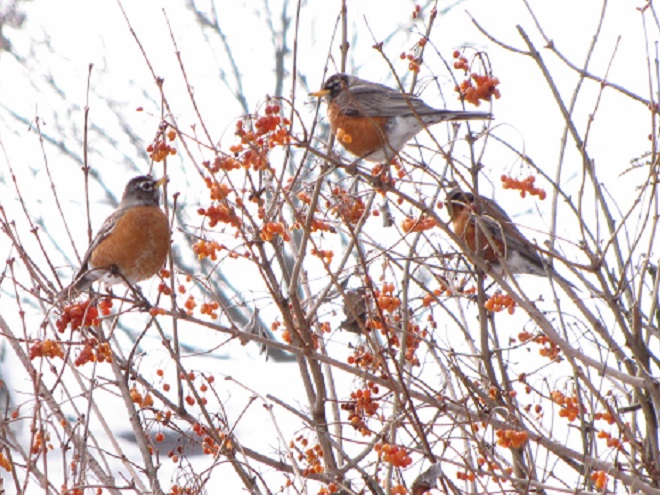
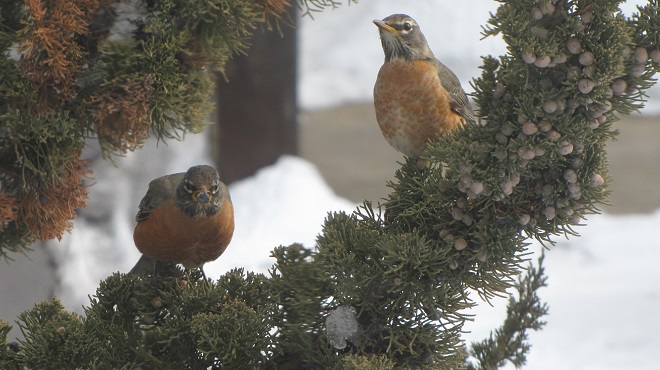
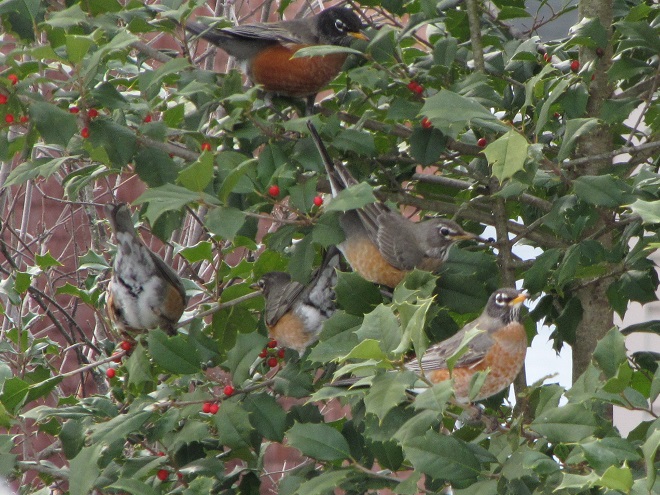
Wouldn’t it be great to see these colorful birds in your garden each winter? You can, you know. Won’t you consider adding plantings of native trees and shrubs to your property this spring? Here at the susquehannawildlife.com headquarters we mow no lawn; the lawn is gone. Mixing evergreens and fruit-producing shrubs with native warm-season grasses and flowering plants has created a wildlife oasis absent of that dirty habit of mowing and blowing.
You can find many of the plants seen here at your local garden center. Take a chunk out of your lawn by paying them a visit this spring.
Want a great deal? Many of the County Conservation District offices in the lower Susquehanna region are having their annual spring tree sales right now. Over the years, we obtained many of our evergreens and berry-producing shrubs from these sales for less than two dollars each. At that price you can blanket that stream bank or wet spot in the yard with winterberries and mow it no more! The deadlines for orders are quickly approaching, so act today—literally, act today. Visit your County Conservation District’s website for details including selections, prices, order deadlines, and pickup dates and locations.
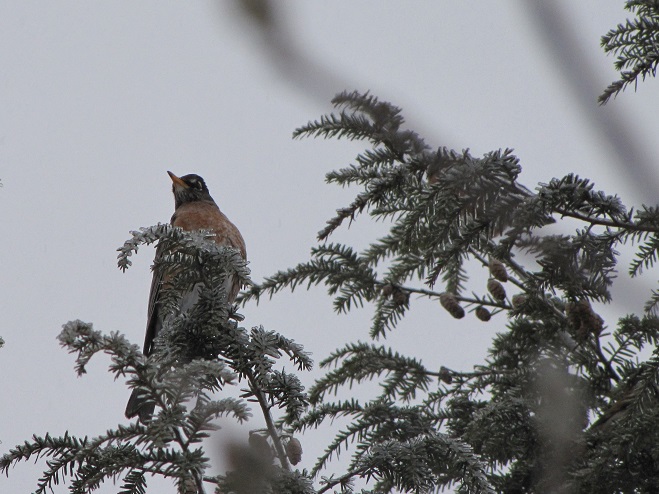
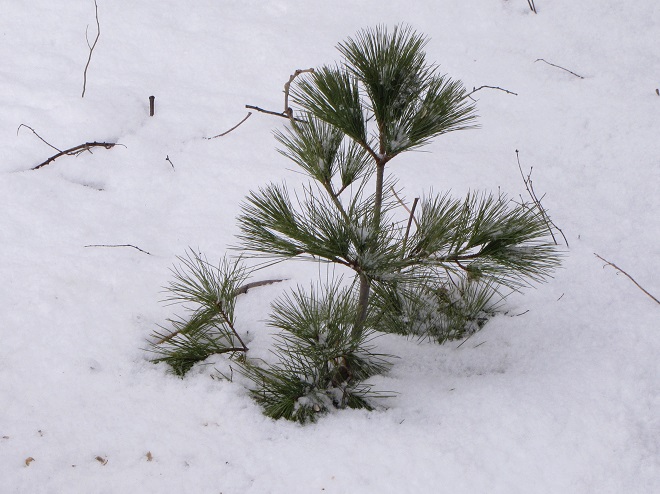
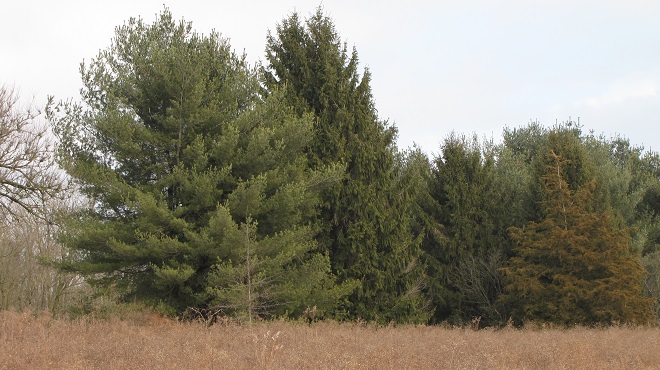
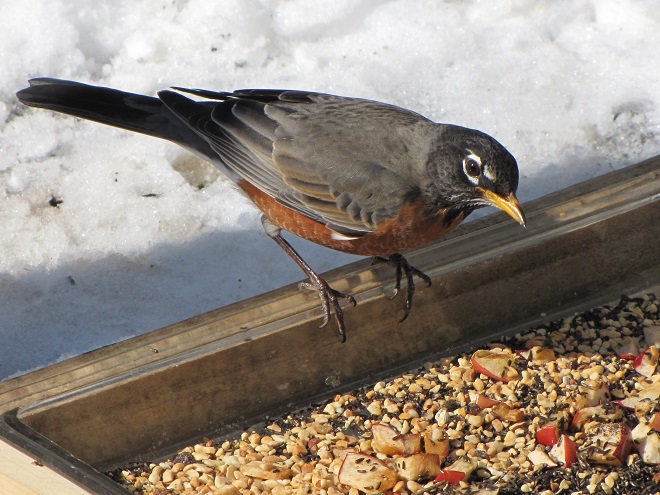
County Conservation District Tree Sales
Consult each County Conservation District’s Tree Sale web page for ordering info, pickup locations, and changes to these dates and times.
Cumberland County Conservation District Tree Seedling Sale—deadline for prepaid orders Tuesday, March 30, 2021. Pickup 1 P.M. to 5 P.M., Thursday, April 22, 2021, and 8 A.M. to 2 P.M., Friday, April 23, 2021. https://www.ccpa.net/4636/Tree-Seedling-Sale
Lancaster County Conservation District Tree Sale—deadline for prepaid orders (hand-delivered to drop box) 5 P.M., Friday, March 5, 2021. Pickup 8 A.M. to 5 P.M., Thursday, April 15, 2021. https://www.lancasterconservation.org/tree-sale/
Lebanon County Conservation District Tree Sale—deadline for prepaid orders Thursday, March 11, 2021. Pickup 9 A.M. to 6 P.M., Friday, May 7, 2021. https://www.lccd.org/2021-tree-sale/
Perry County Conservation District Tree Sale—deadline for prepaid orders Wednesday, March 24, 2021. Pickup 10 A.M. to 6 P.M., Thursday, April 8, 2021. www.perrycd.org/Documents/2021 Tree Sale Flyer LEGAL SIZE.pdf
York County Conservation District Seedling Sale—deadline for prepaid orders Monday, March 15, 2021. Pickup 10 A.M. to 6 P.M., Thursday, April 15, 2021. https://www.yorkccd.org/events/2021-seedling-sale
Slow Down When There’s Snow on the Ground
It’s just common sense to take it easy and drive carefully when snow covers streets and highways. Everyone knows that. But did you know that slowing down when the landscape is blanketed in white can save lives even after the roadways have been cleared?
Following significant snowfalls such as the one earlier this week, birds and other wildlife are attracted to bare ground along the edges of plowed pavement. They are often so preoccupied with the search for food that they ignore approaching cars and trucks until it is too late.
Take a look at the species found today along a one mile stretch of plowed rural roadway in the lower Susquehanna valley.
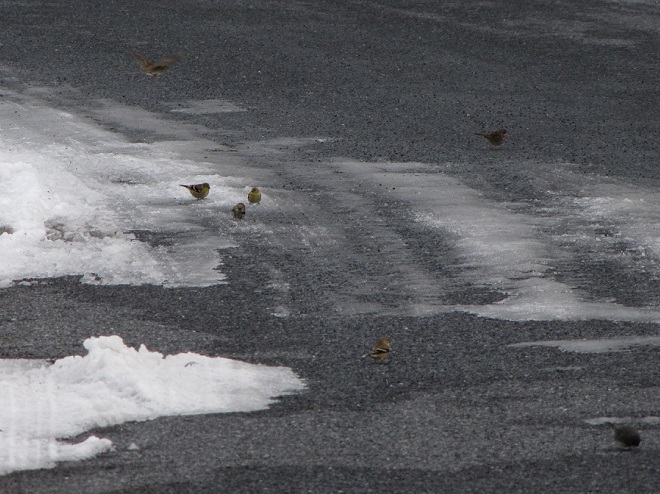


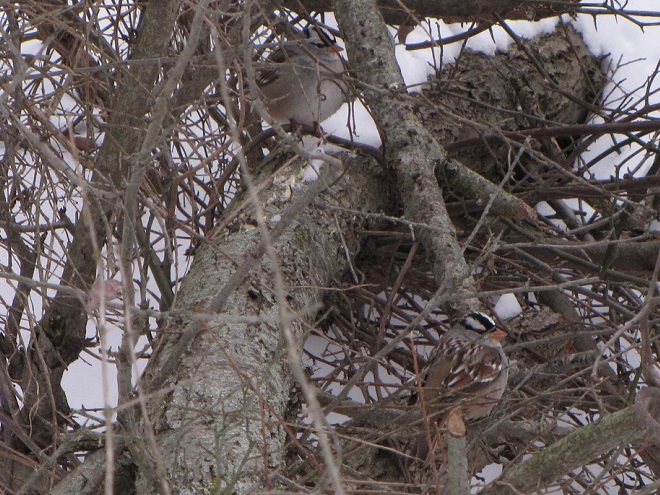
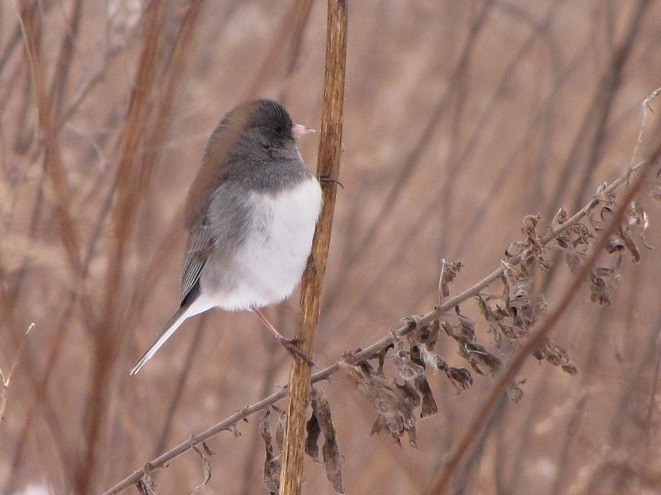
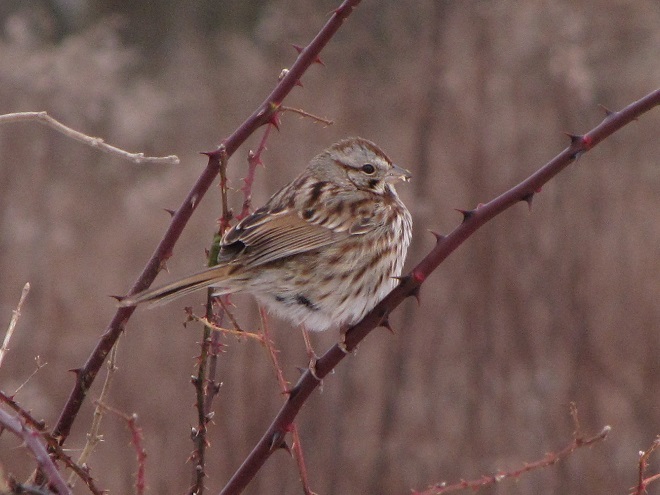
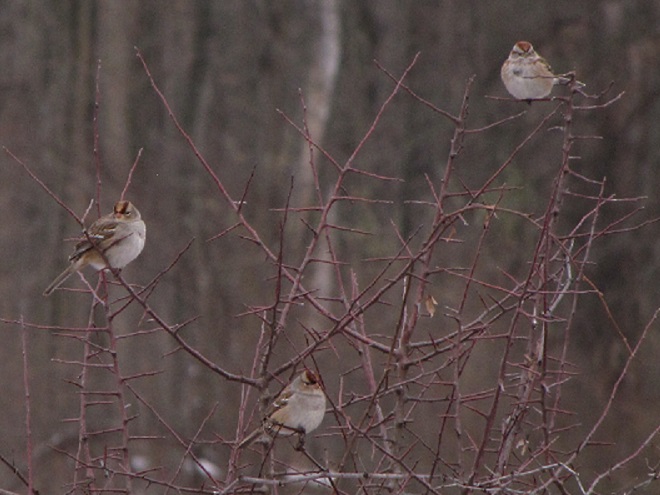
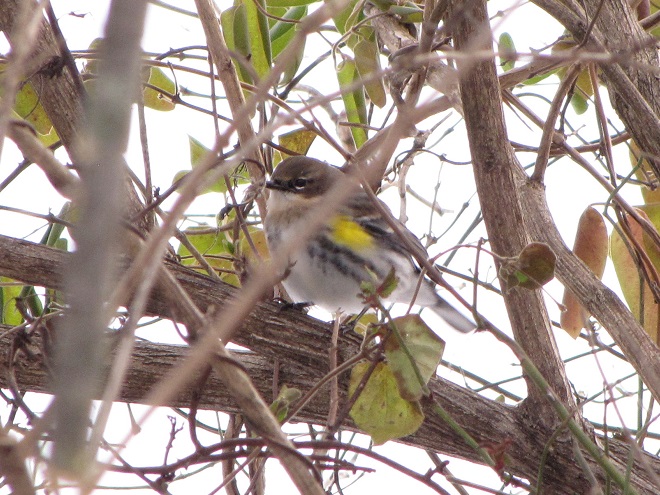

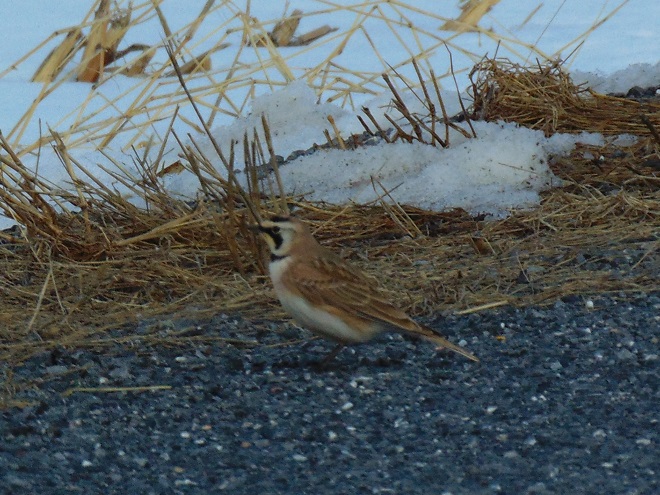
For many species of wildlife in the Lower Susquehanna River Watershed, the fragmented and impaired state of habitat already challenges their chances of surviving the winter. Snow cover can isolate them from their limited food supplies and force them to roadsides and other dangerous locations to forage. Mauling them with motor vehicles just adds to the escalating tragedy, so do wildlife and yourself a favor—please slow down.
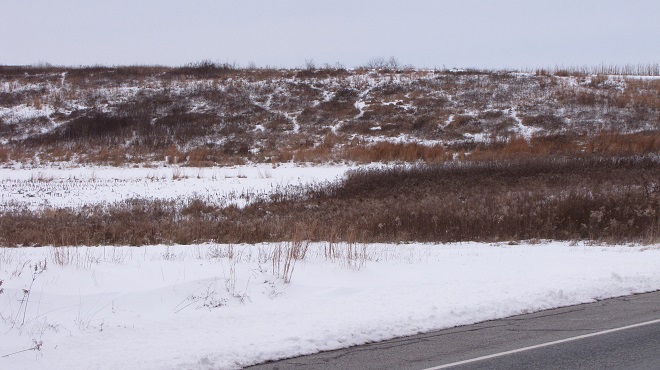
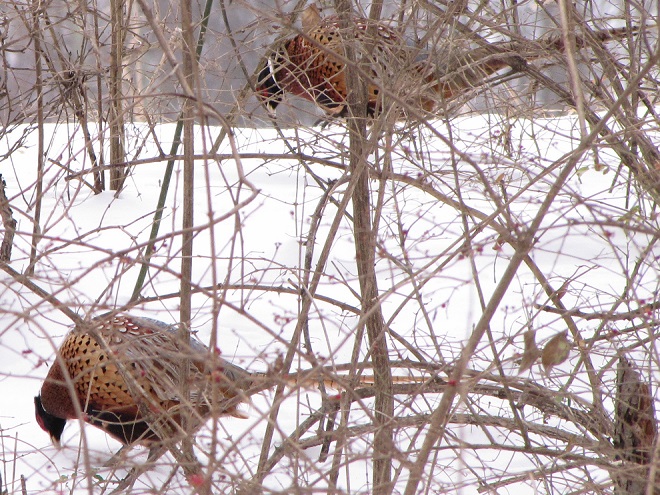
City Life: Gulls, Dabbling Ducks, and More
So you aren’t particularly interested in a stroll through the Pennsylvania woods during the gasoline and gunpowder gang’s second-biggest holiday of the year—the annual sacrifice-of-the-White-tailed-Deity ritual. I get it. Two weeks and nothing to do. Well, why not try a hike through the city instead? I’m not kidding. You might be surprised at what you see. Here are some photographs taken today during several strolls in Harrisburg, Pennsylvania.
First stop was City Island in the Susquehanna River—accessible from downtown Harrisburg or the river’s west shore by way of the Market Street Bridge.
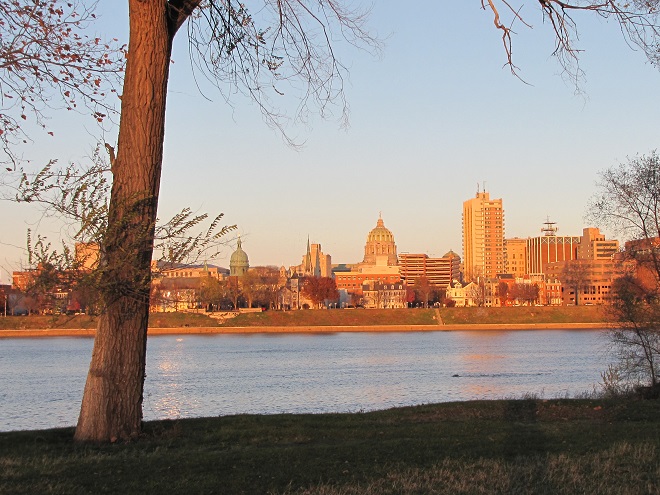
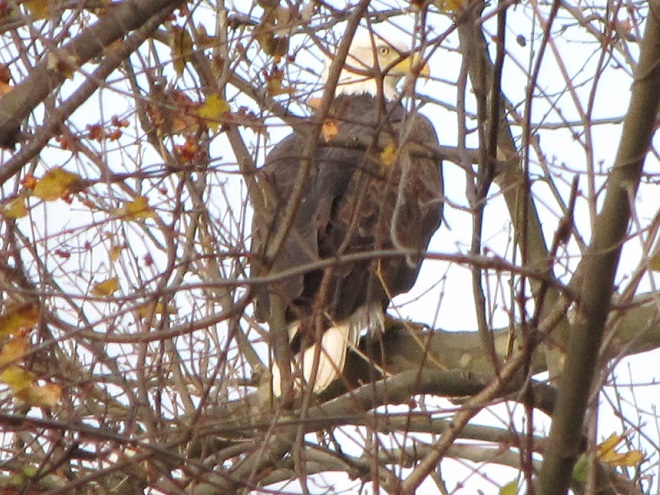
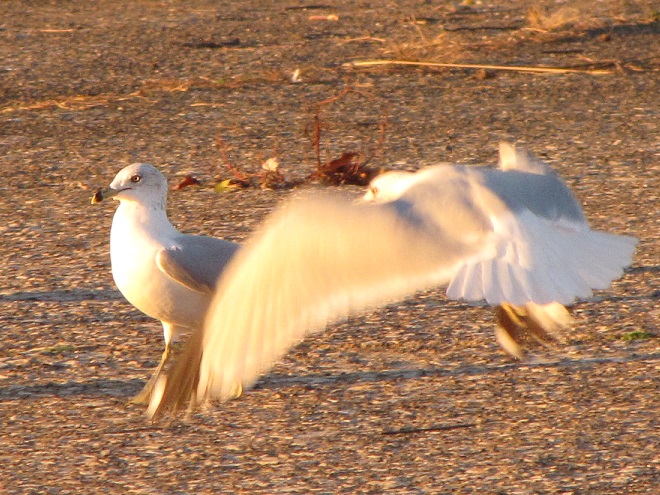
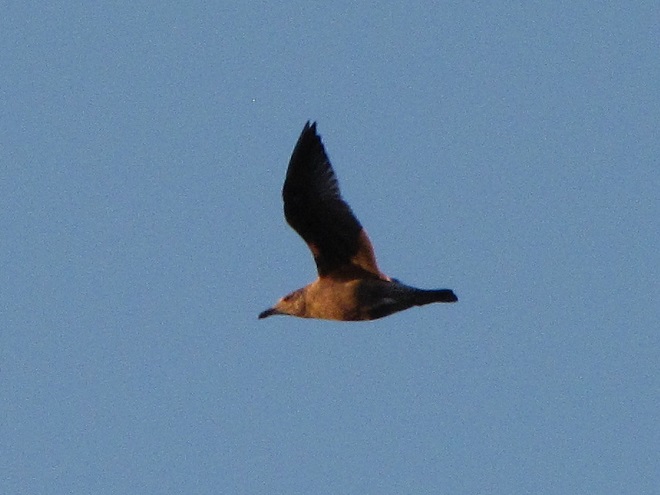
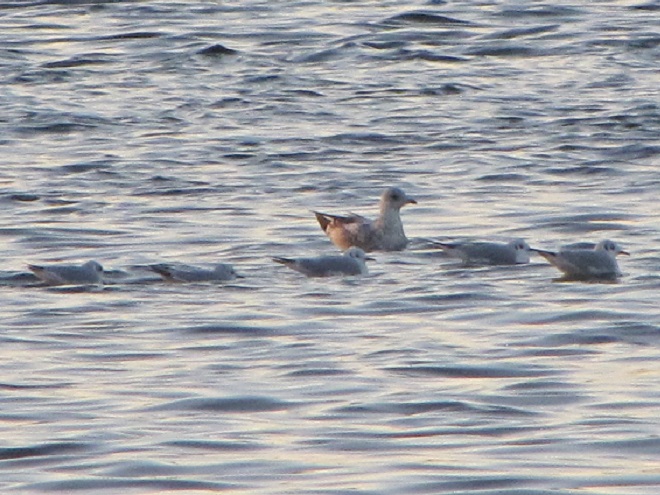
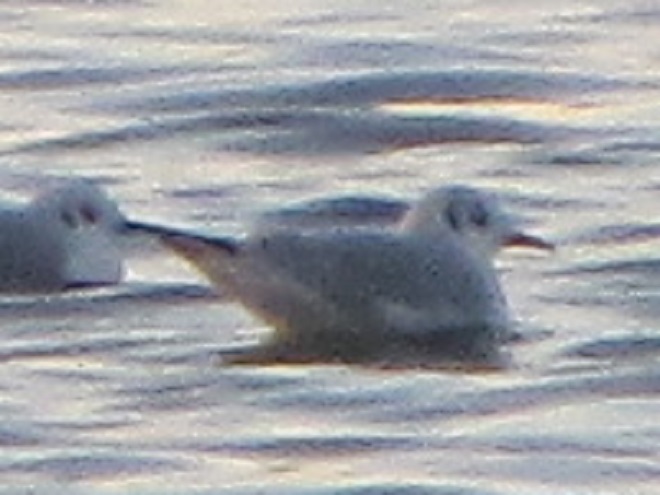
Okay, City Island was worth the effort. Next stop is Wildwood Park, located along Industrial Road just north of the Pennsylvania Farm Show complex and the Harrisburg Area Community College (HACC) campus. There are six miles of trails surrounding mile-long Wildwood Lake within this marvelous Dauphin County Parks Department property.
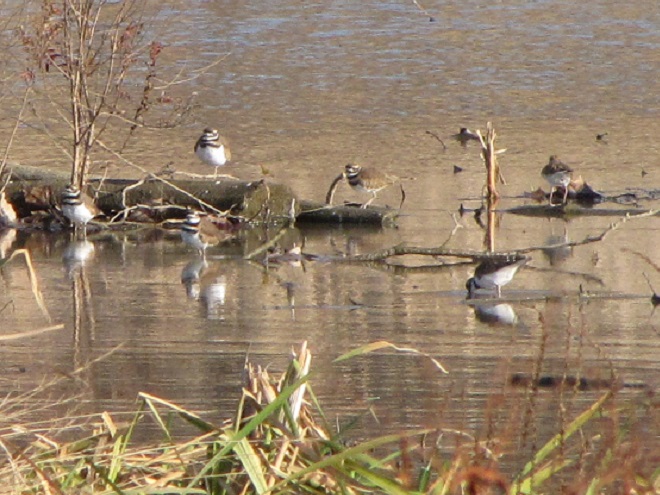
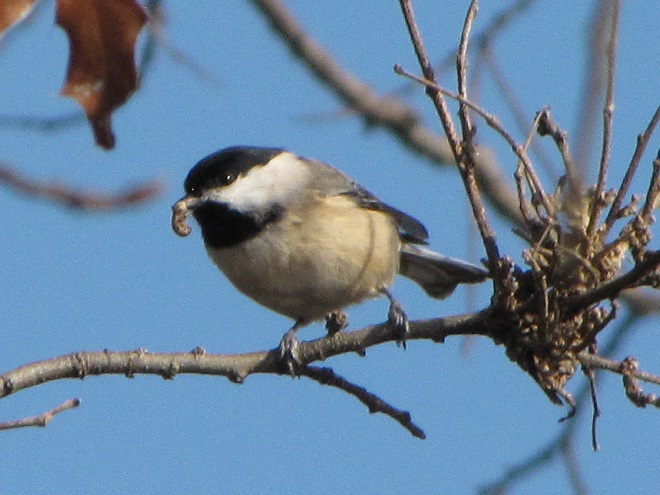
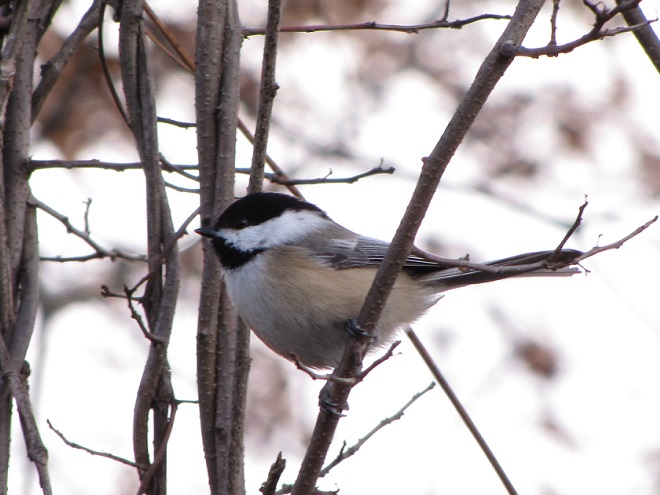
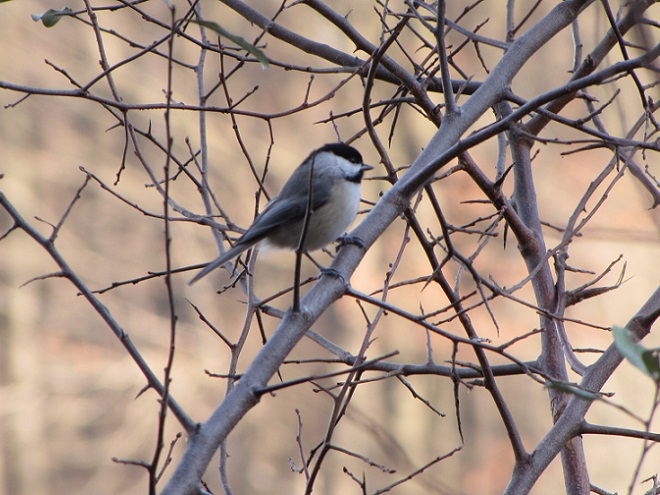
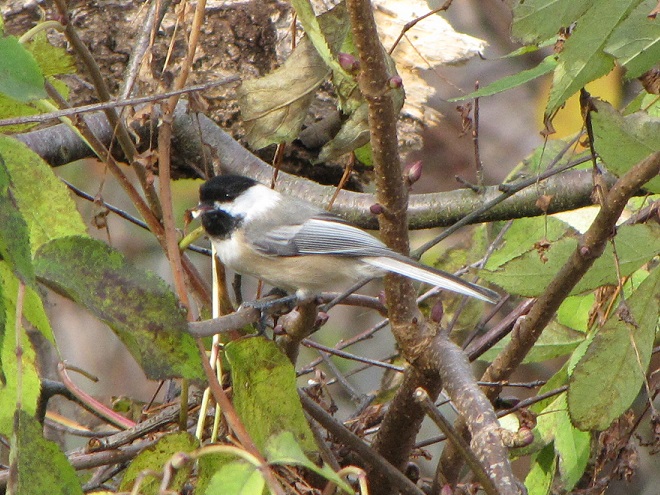
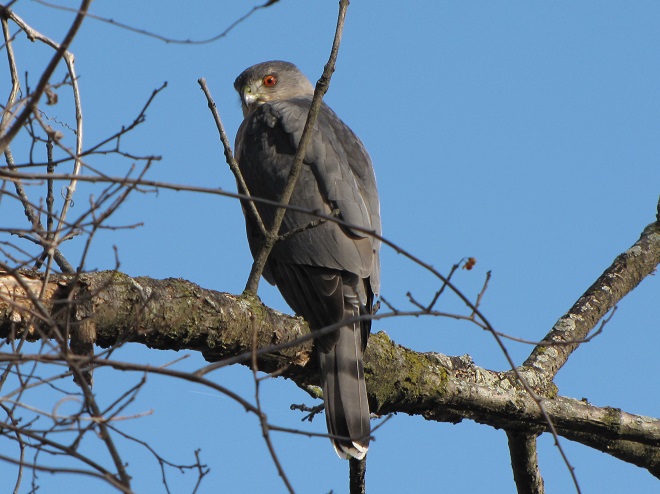
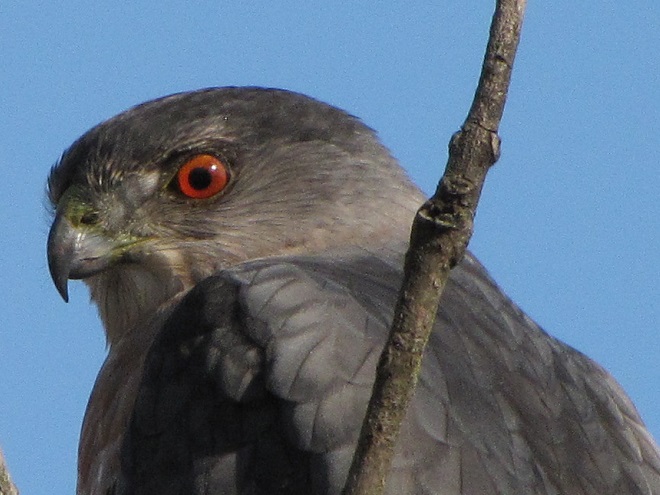
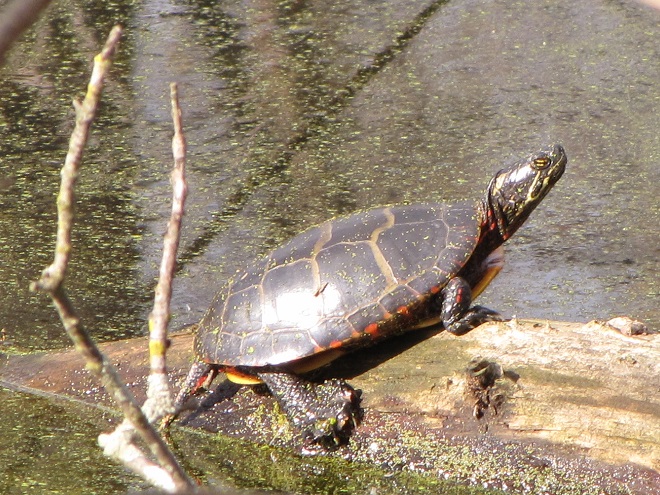
And now, without further ado, it’s time for the waterfowl of Wildwood Lake—in order of their occurrence.
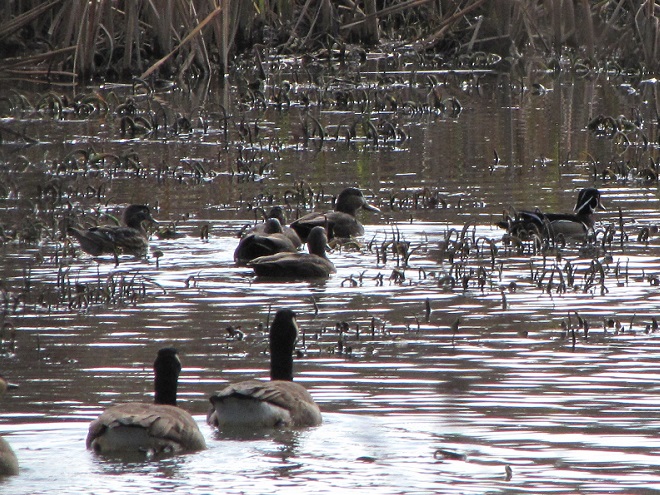
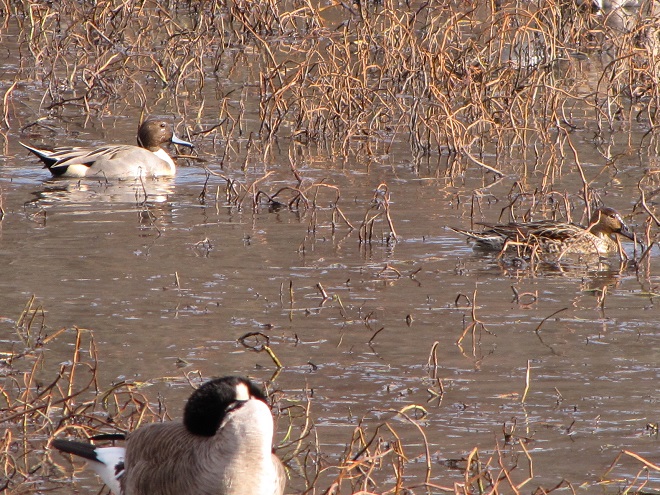
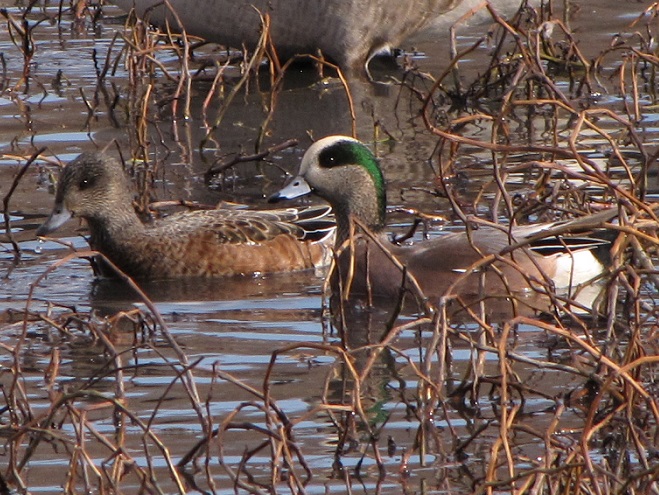
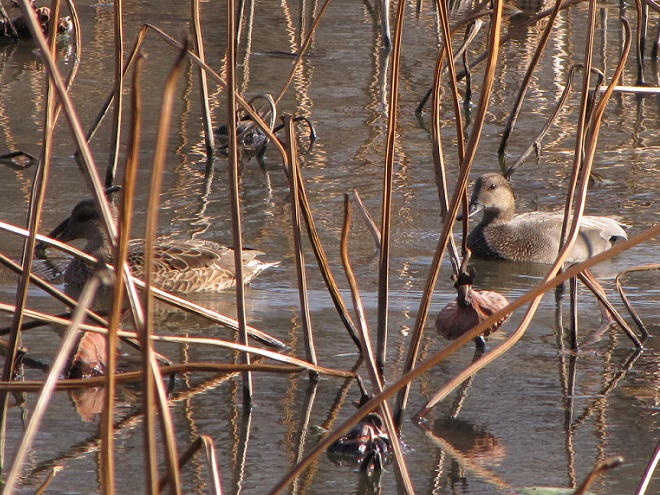
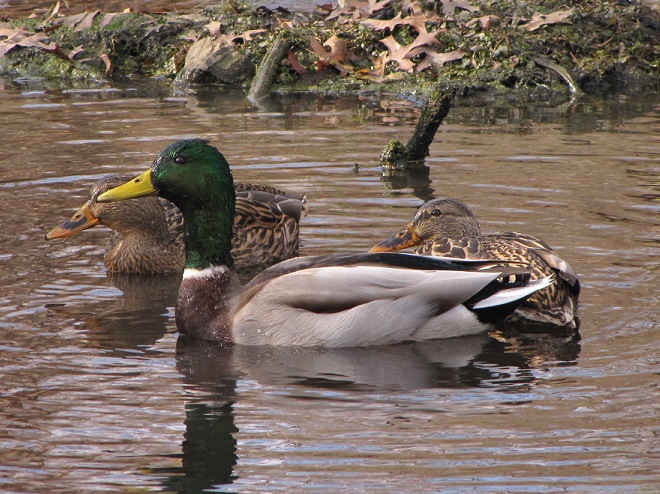
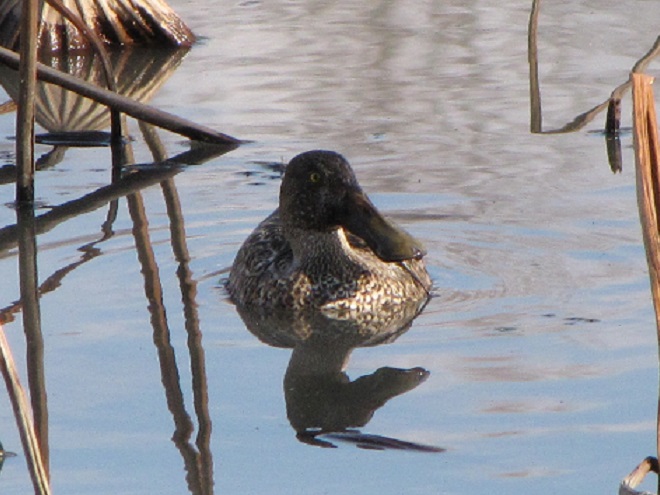
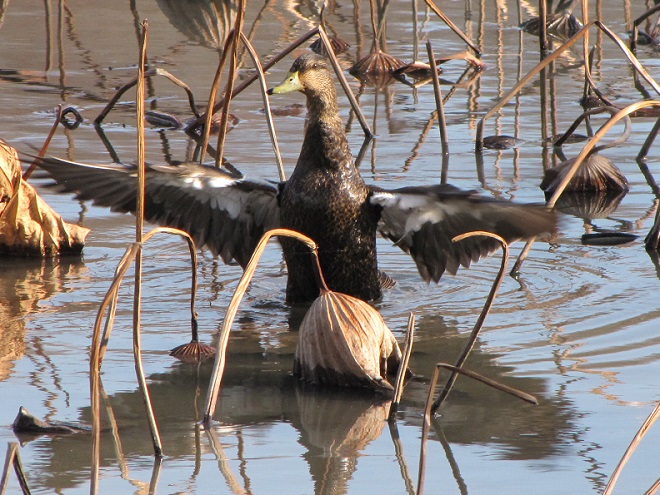
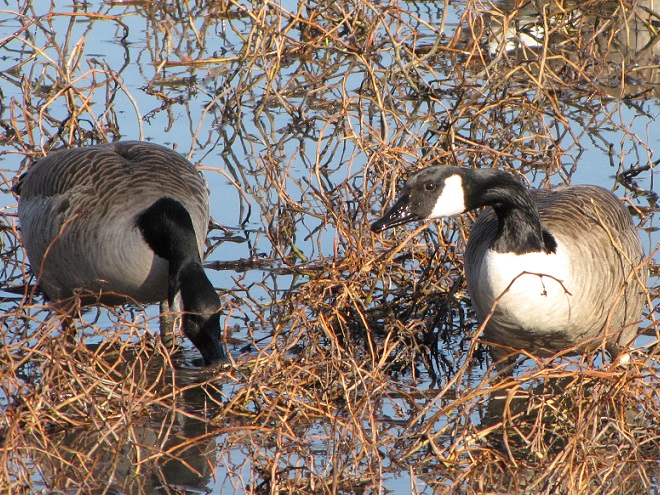
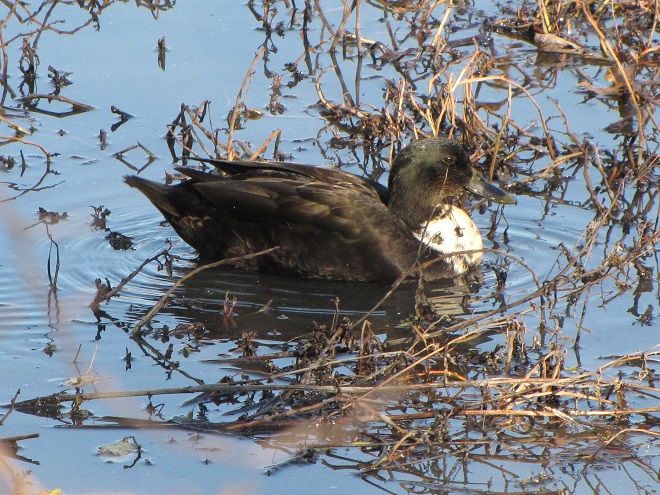

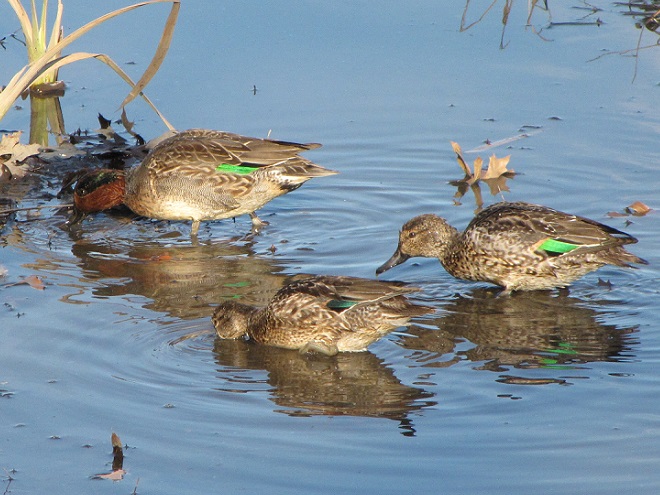
See, you don’t have to cloak yourself in bright orange ceremonial garments just to go for a hike. Go put on your walking shoes and a warm coat, grab your binoculars and/or camera, and have a look at wildlife in a city near you. You never know what you might find.
SOURCES
Taylor, Scott A., Thomas A. White, Wesley M. Hochachka, Valentina Ferretti, Robert L. Curry, and Irby Lovette. 2014. “Climate-Mediated Movement of an Avian Hybrid Zone”. Current Biology. 24:6 pp.671-676.
Migrating Golden Eagles
Why would otherwise sensible people perch themselves atop a rocky outcrop on a Pennsylvania mountaintop for ten hours on a windy bone-numbing bitter cold and sometimes snowy November day? To watch migrating raptors of course.
November is the time when big hawks and eagles migrate through and into the lower Susquehanna valley. And big birds rely on big wind to create updrafts and an easy ride along the region’s many ridges. The most observable flights often accompany the arrival of cold air surging across the Appalachian Mountains from the northwest. These conditions can propel season-high numbers of several of the largest species of raptors past hawk-counting sites.
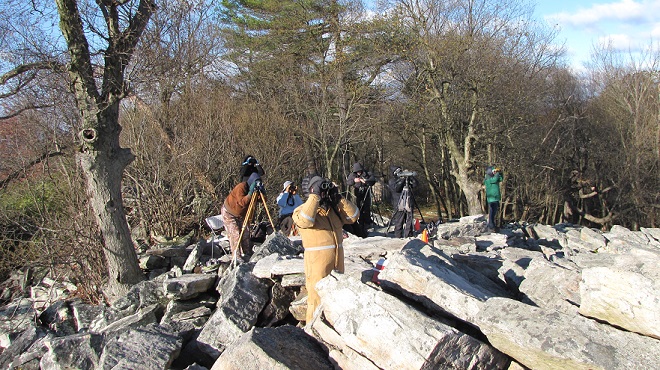
Earlier this week, two windy days followed the passage of a cold front to usher-in spectacular hawk and eagle flights at the the Waggoner’s Gap Hawk Watch station on Blue Mountain north of Carlisle, Pennsylvania. Steady 30 M.P.H. winds from the northwest on Monday, November 2, gusted to 50 M.P.H. at times. Early that morning, two Rough-legged Hawks, rarities at eastern hawk watches, were seen. They and two American Goshawks (Accipiter atricapillus) provided a preview of the memorable sightings to come. Two dozen Golden Eagles migrated past the lookout that day. Then on November 3, thirty Golden Eagles were tallied, despite west winds at speeds not exceeding half those of the day before.
Here are some of the late-season raptors seen by hardy observers at Waggoner’s Gap on Monday and Tuesday, November 2 & 3.
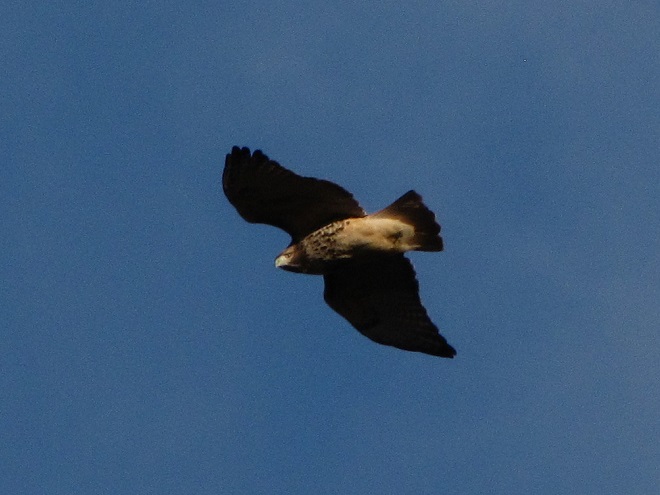
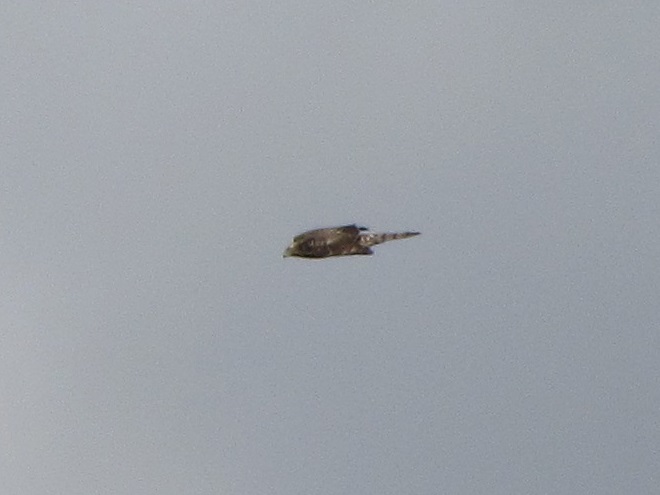
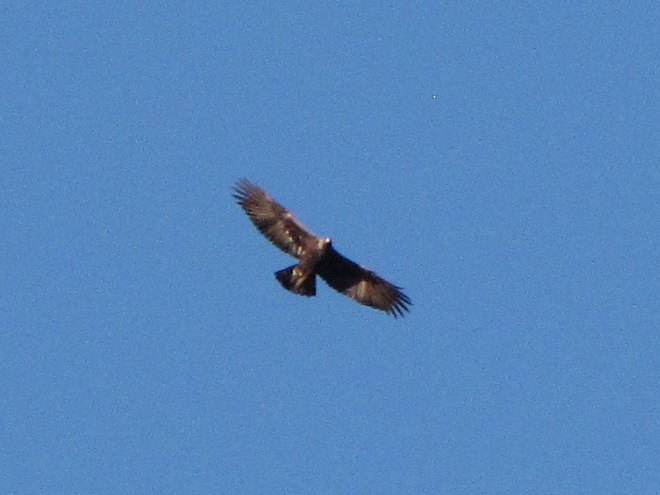
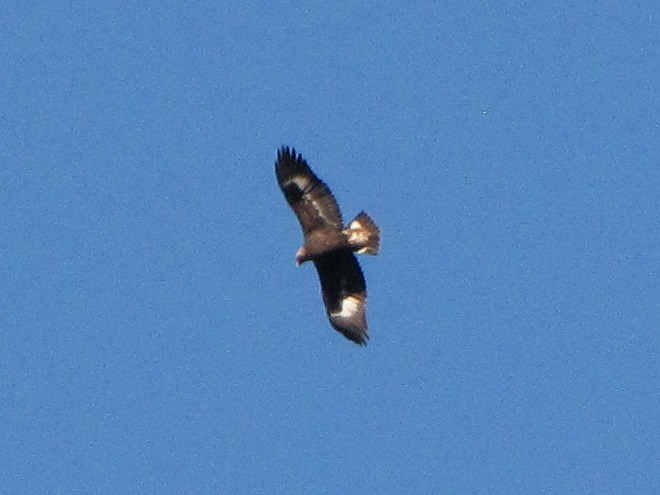
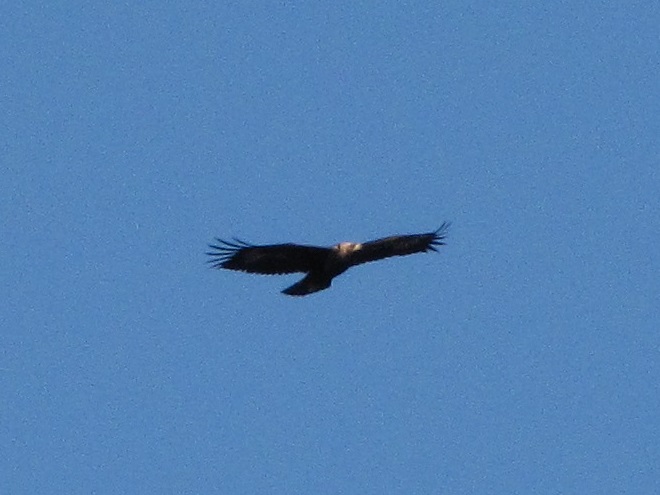
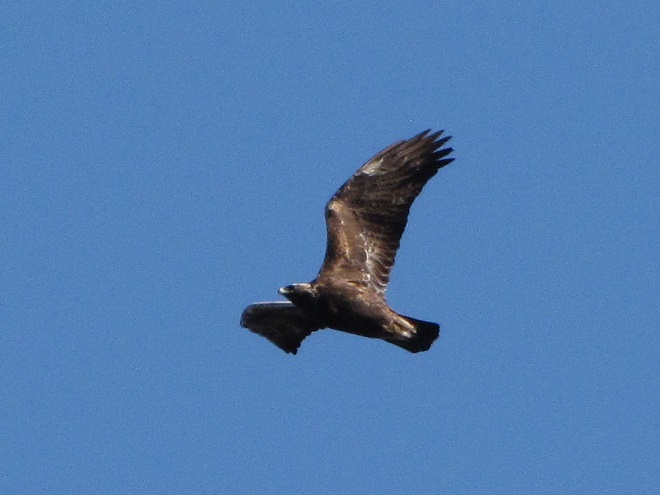
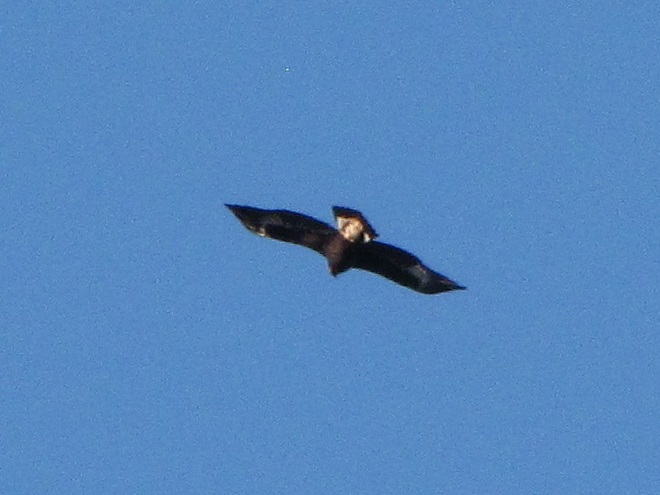

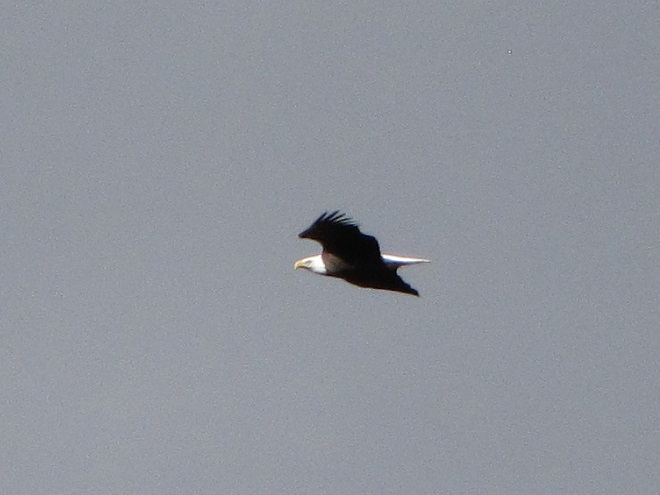
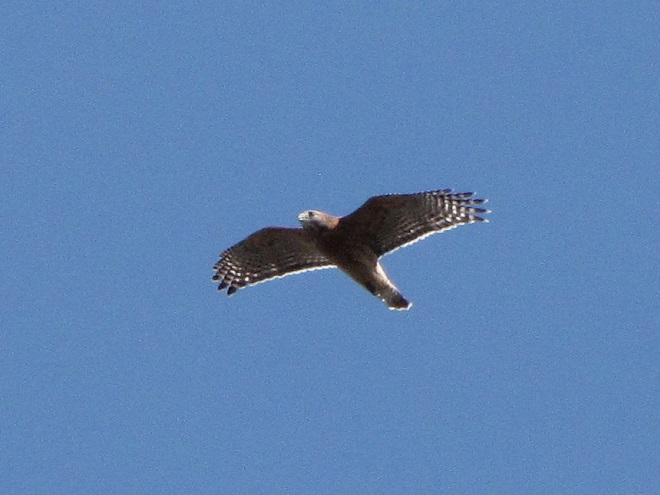
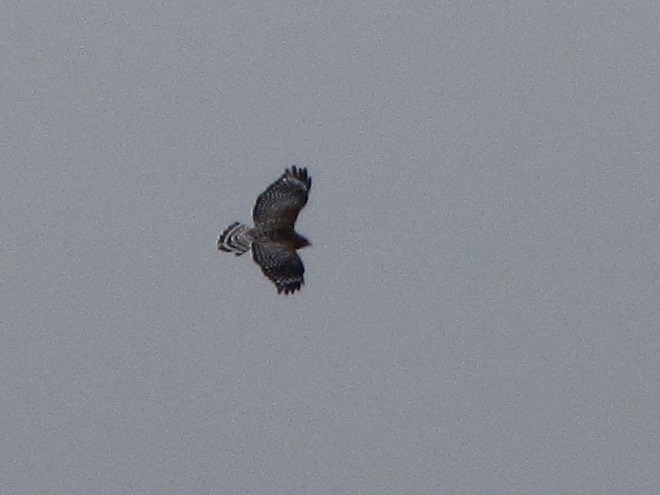
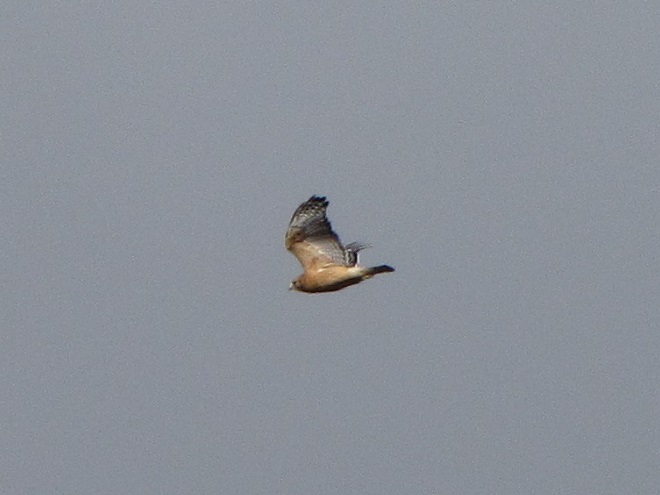
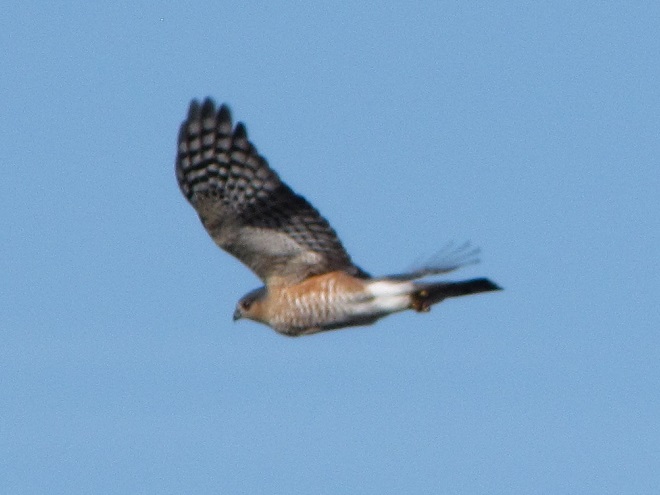
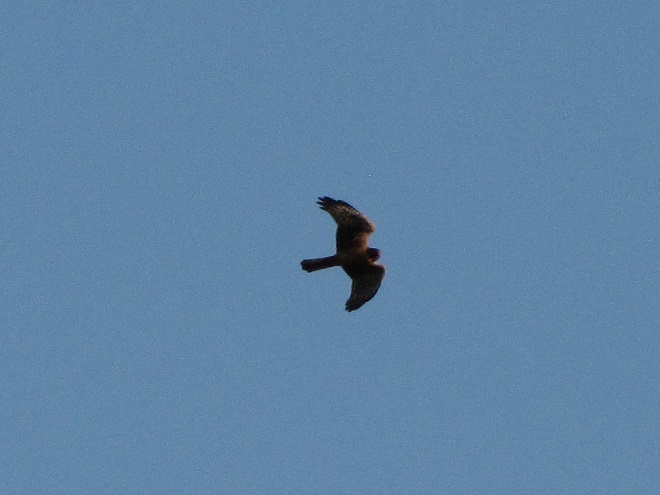
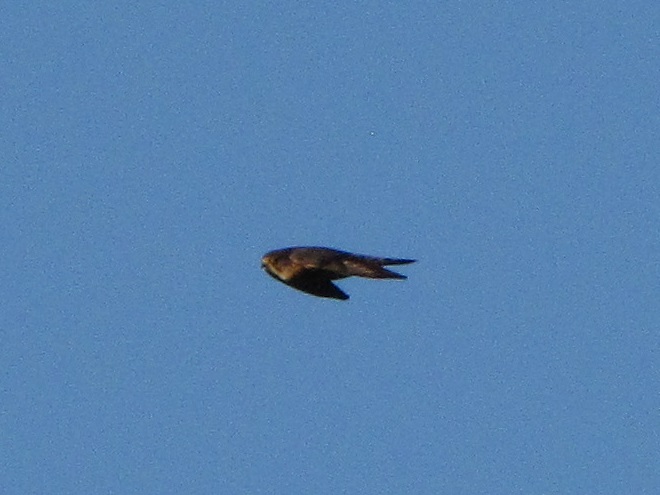
While visiting a hawk watch, one will certainly have the opportunity to see other birds too.

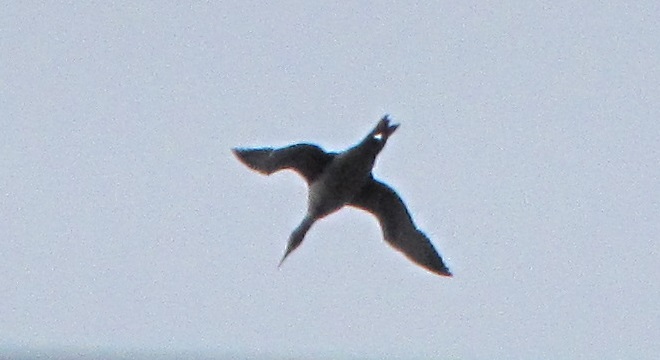
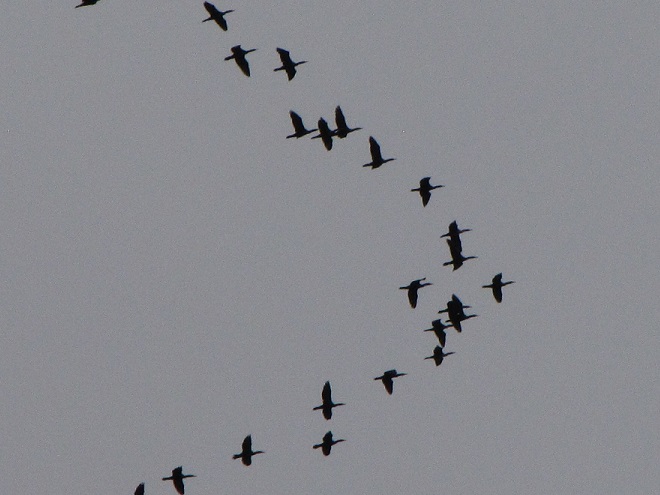

As a finale of sorts, near the close of the day on November 3, two Golden Eagles sailed past the north side of the Waggoner’s Gap lookout, one possessing what appeared to be a tracking transmitter on its back. An effort was commenced by the official count staff to report the sighting to the entity monitoring the bird—to track down the tracker, so to speak.
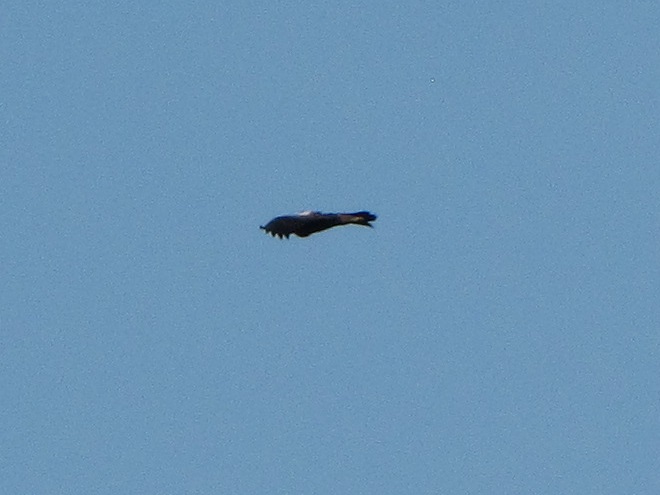
To see the count reports from Waggoner’s Gap and other hawk watches throughout North America, be certain to visit hawkcount.org
October Transition
Thoughts of October in the Lower Susquehanna River Watershed bring to mind scenes of brilliant fall foliage adorning wooded hillsides and stream courses, frosty mornings bringing an end to the growing season, and geese and other birds flying south for the winter.
The autumn migration of birds spans a period equaling nearly half the calendar year. Shorebirds and Neotropical perching birds begin moving through as early as late July, just as daylight hours begin decreasing during the weeks following their peak at summer solstice in late June. During the darkest days of the year, those surrounding winter solstice in late December, the last of the southbound migrants, including some hawks, eagles, waterfowl, and gulls, may still be on the move.
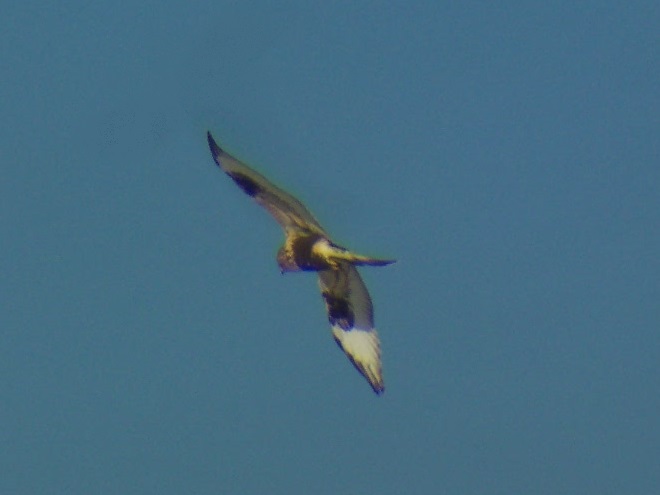
During October, there is a distinct change in the list of species an observer might find migrating through the lower Susquehanna valley. Reduced hours of daylight and plunges in temperatures—particularly frost and freeze events—impact the food sources available to birds. It is during October that we say goodbye to the Neotropical migrants and hello to those more hardy species that spend their winters in temperate climates like ours.
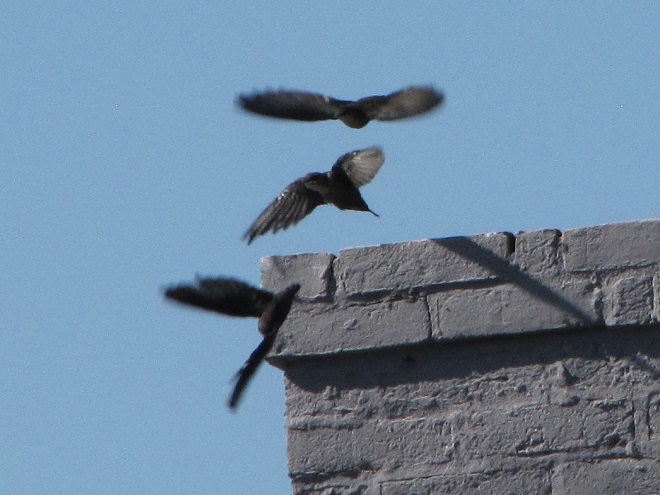
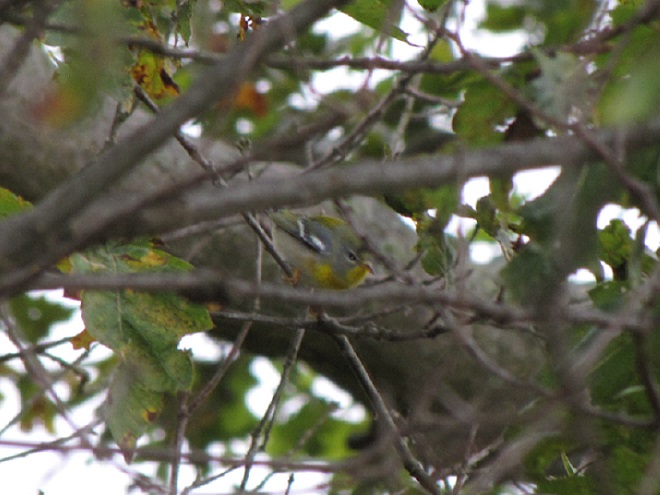
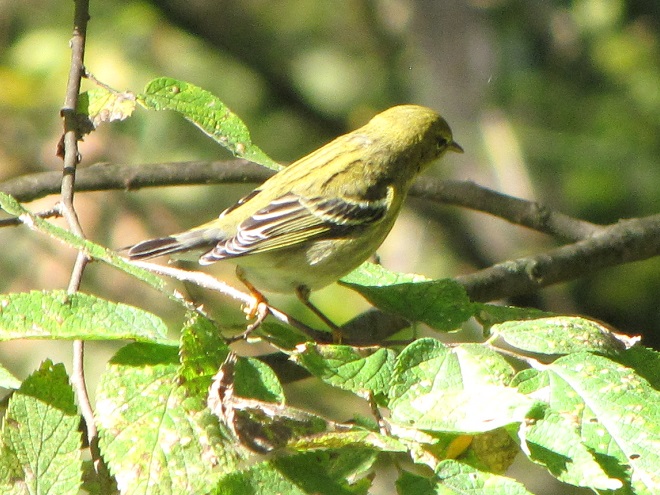
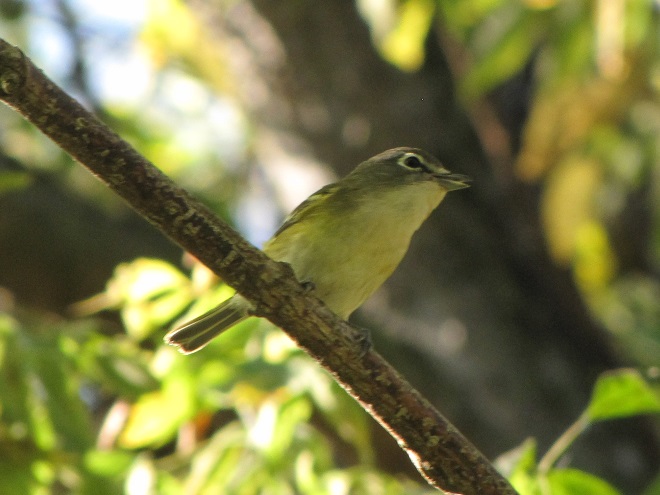
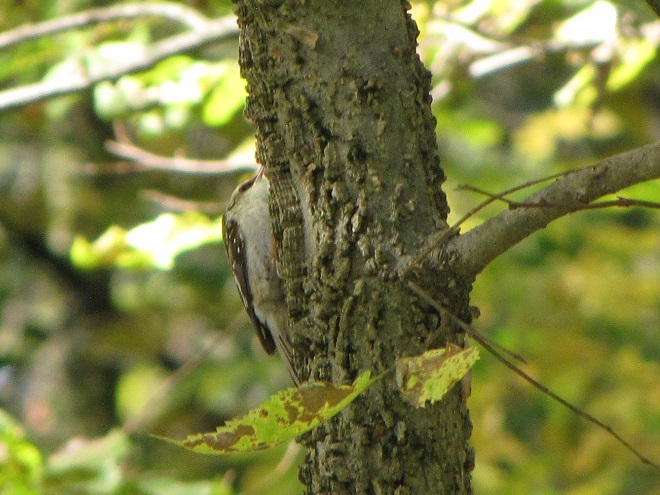
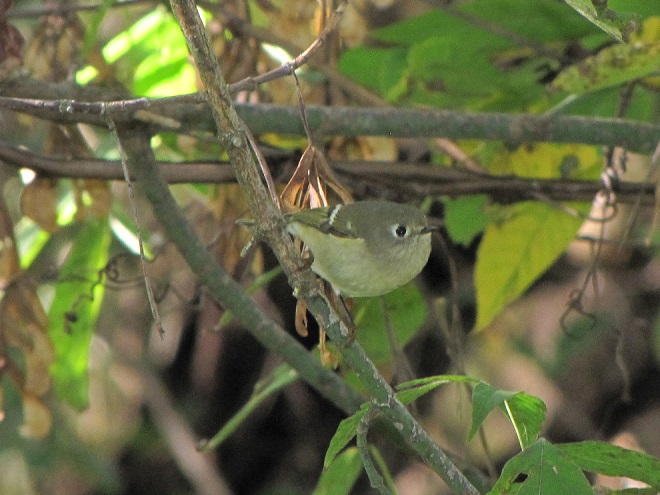

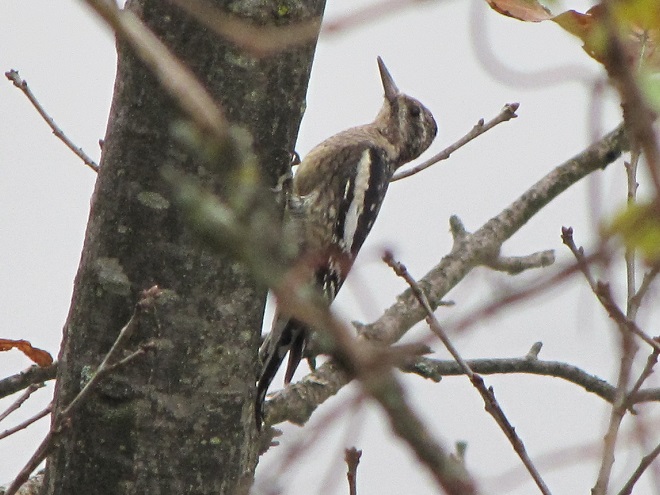
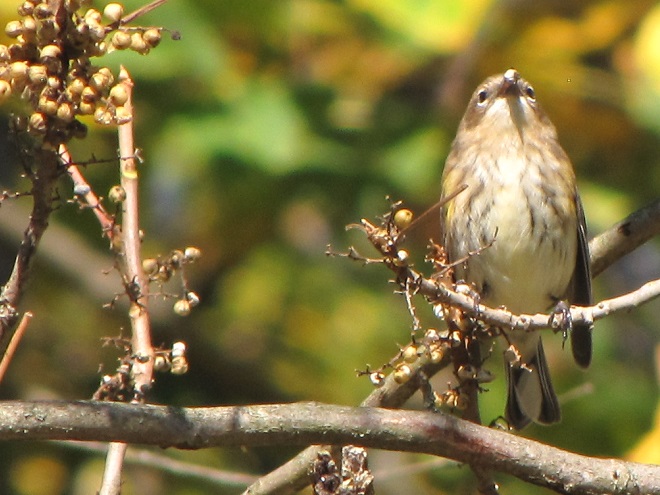
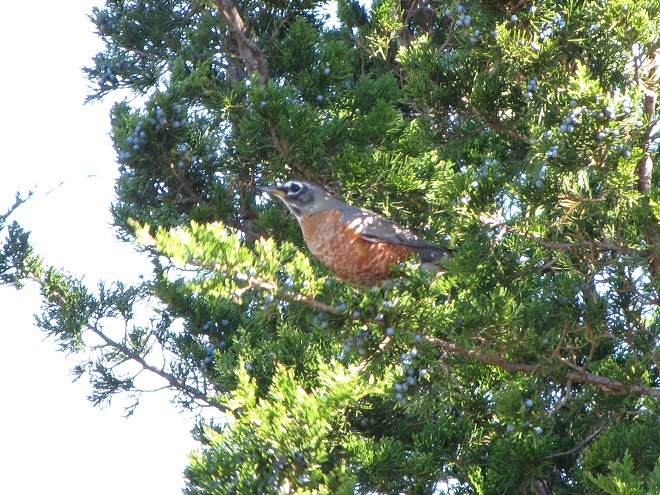
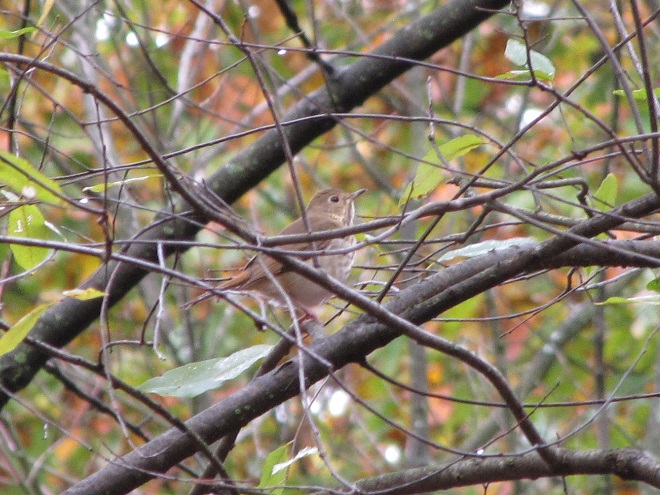
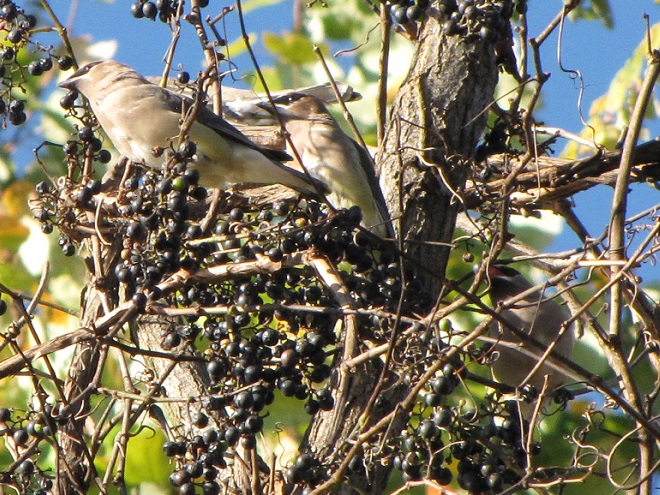
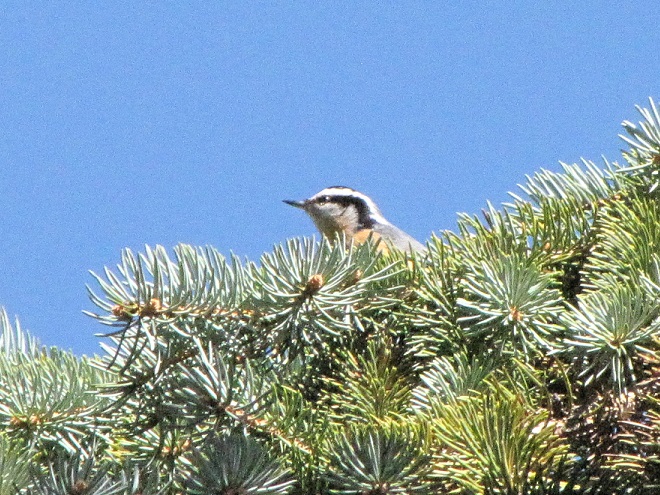
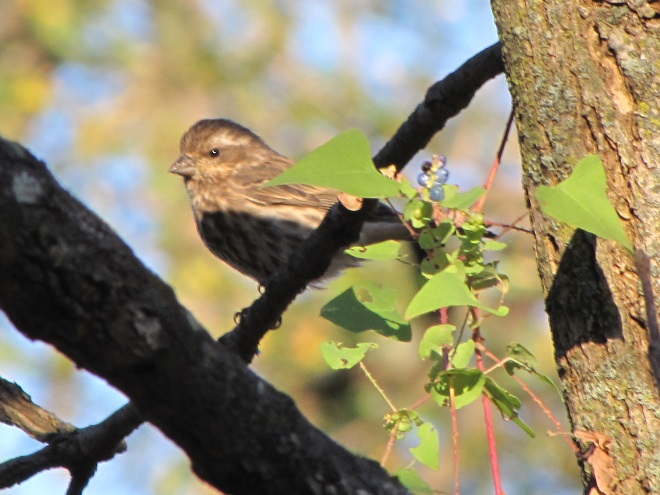
The need for food and cover is critical for the survival of wildlife during the colder months. If you are a property steward, think about providing places for wildlife in the landscape. Mow less. Plant trees, particularly evergreens. Thickets are good—plant or protect fruit-bearing vines and shrubs, and allow herbaceous native plants to flower and produce seed. And if you’re putting out provisions for songbirds, keep the feeders clean. Remember, even small yards and gardens can provide a life-saving oasis for migrating and wintering birds. With a larger parcel of land, you can do even more.
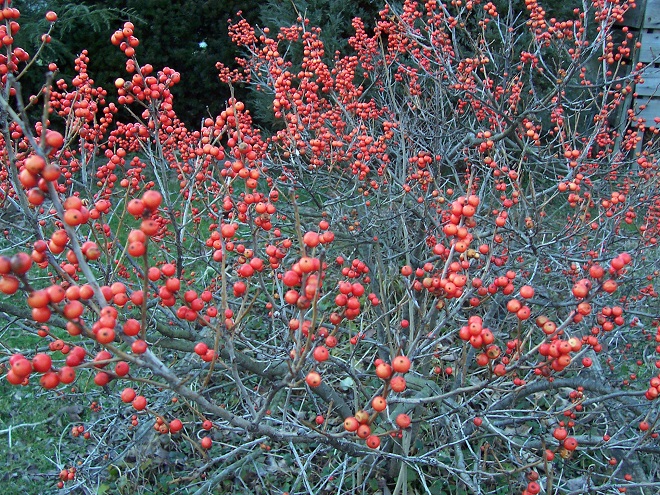
A Visit to Waggoner’s Gap
Nothing beats spending a day at a hawk watch lookout—except of course spending a day at a hawk watch lookout when the birds are parading through nonstop for hours on end.
Check out Waggoner’s Gap, a hawk count site located on the border of Cumberland and Perry Counties atop Blue Mountain just north of Carlisle, Pennsylvania. It is by far the Lower Susquehanna River Watershed’s best location for observing large numbers of migrating raptors during the October and November flights.
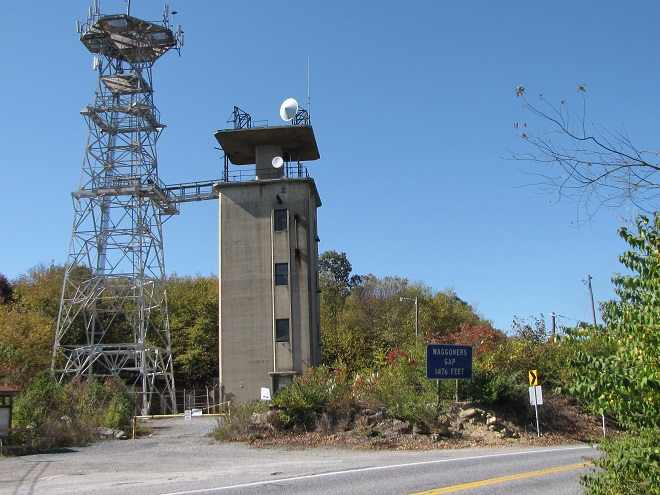
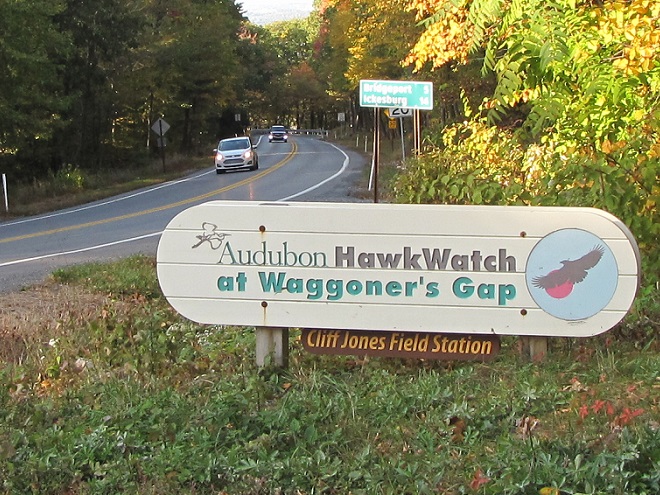
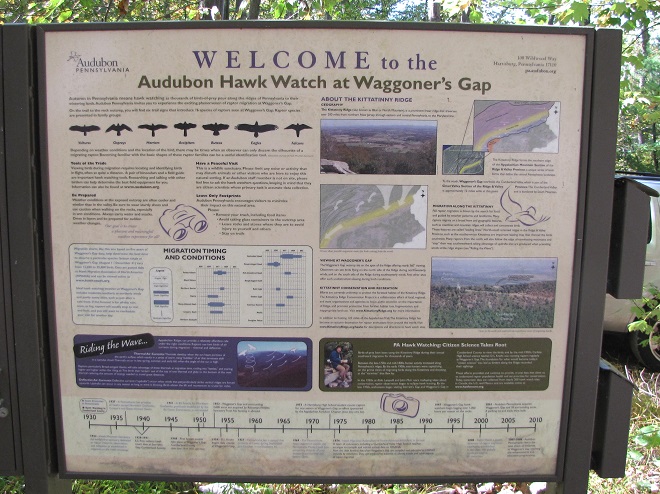
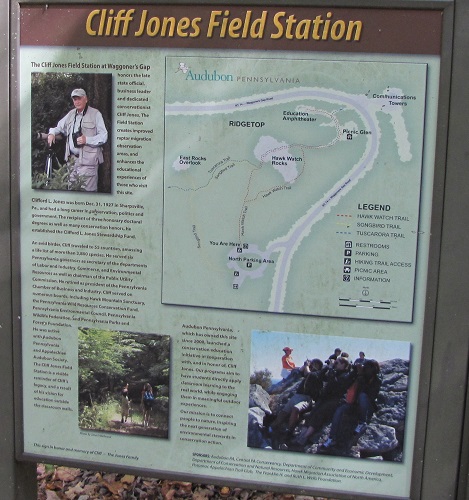
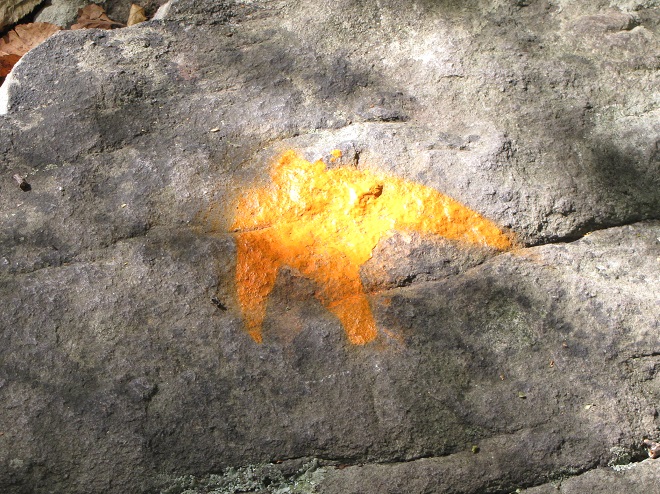
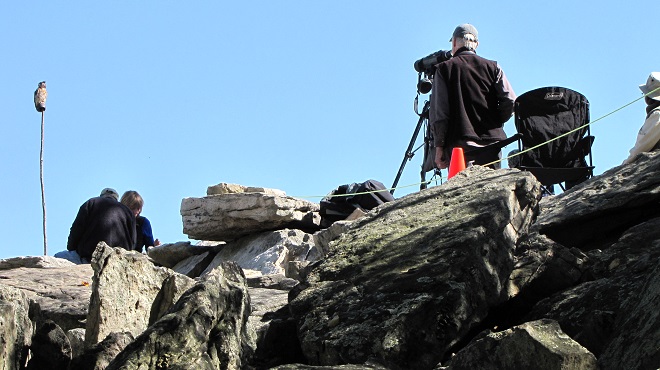
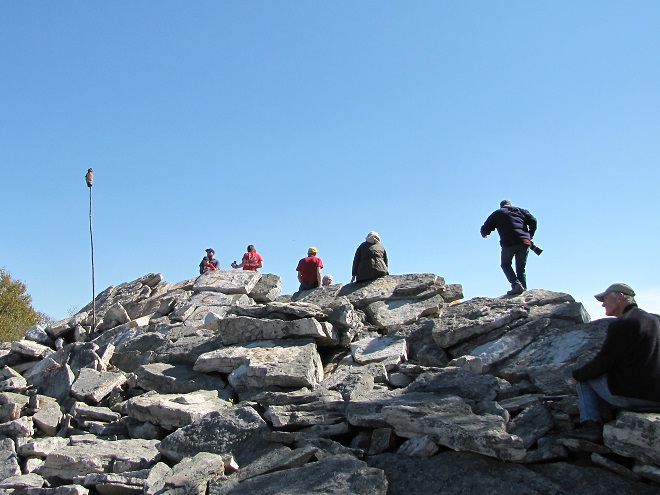
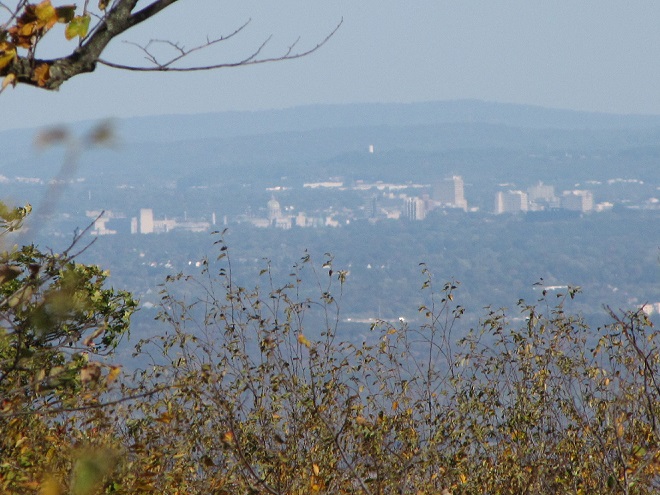
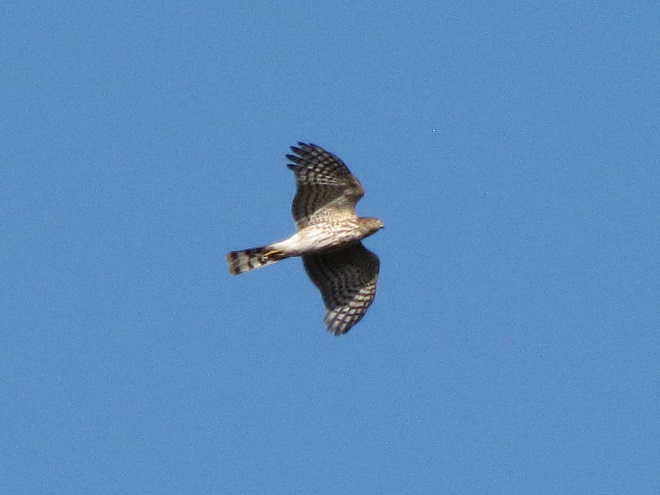

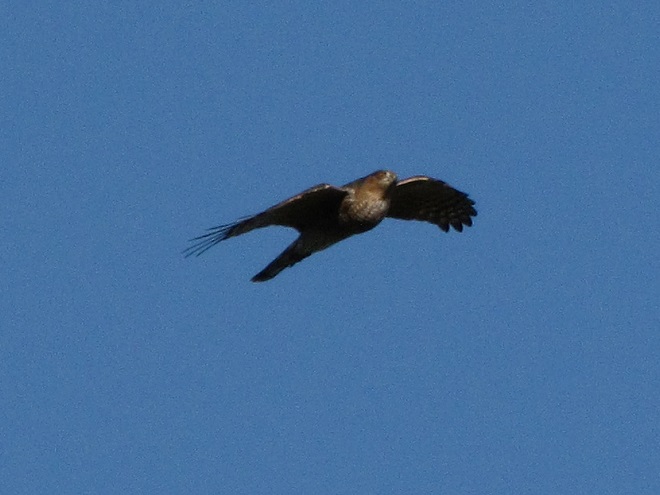
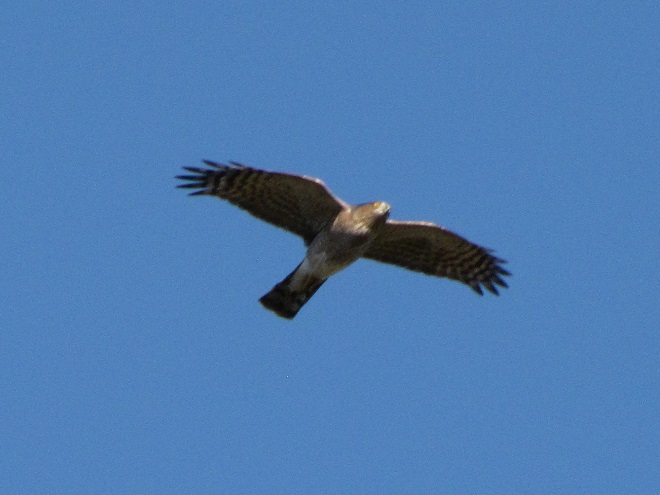
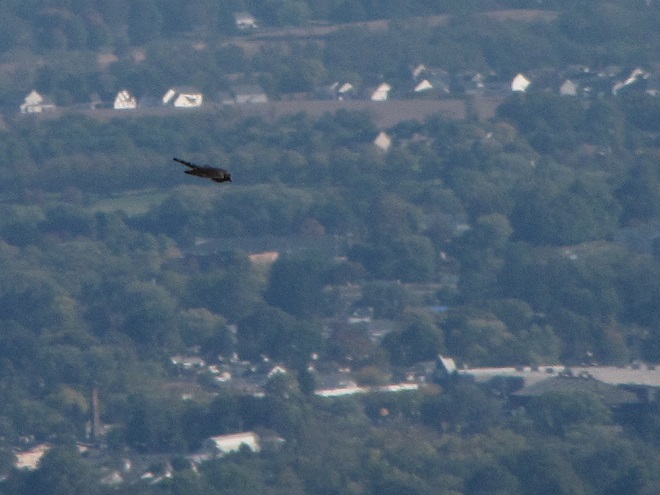
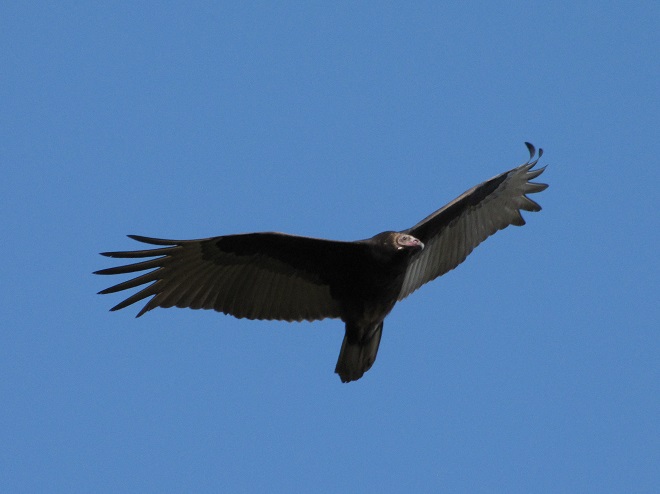
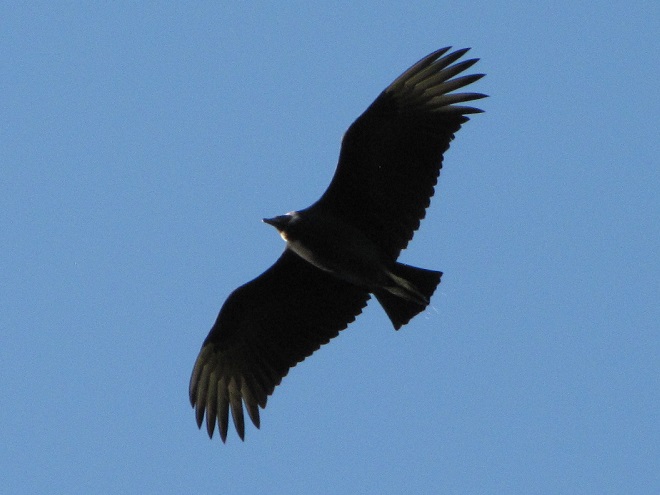
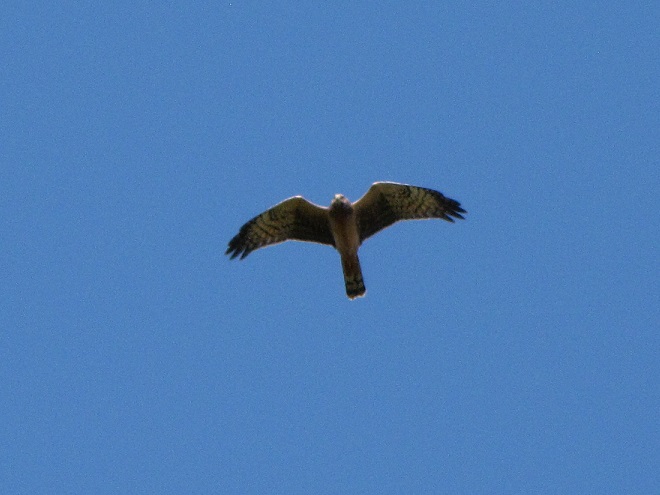

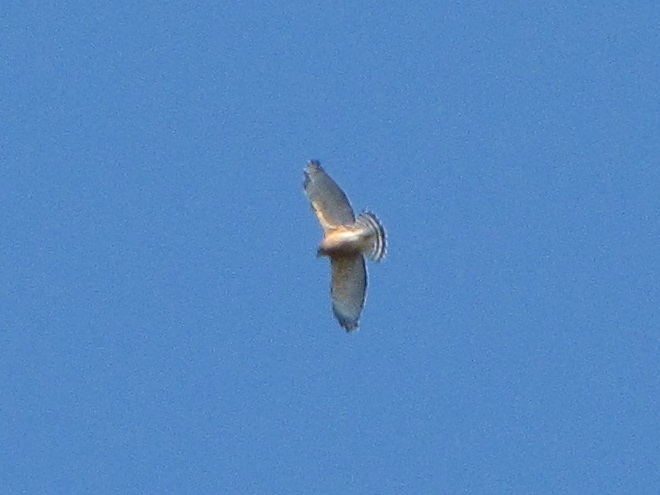
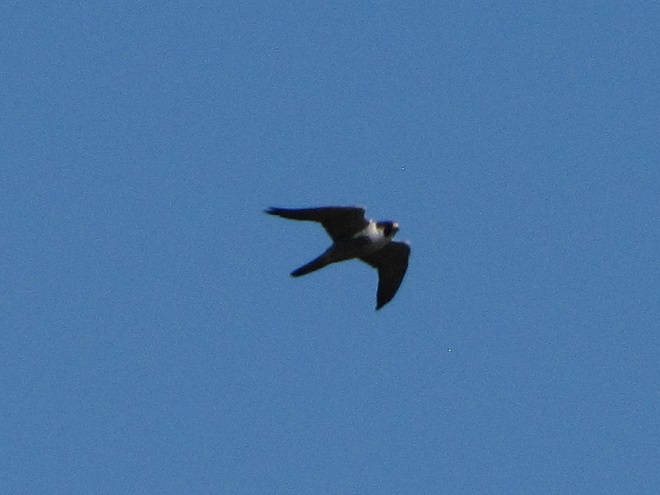

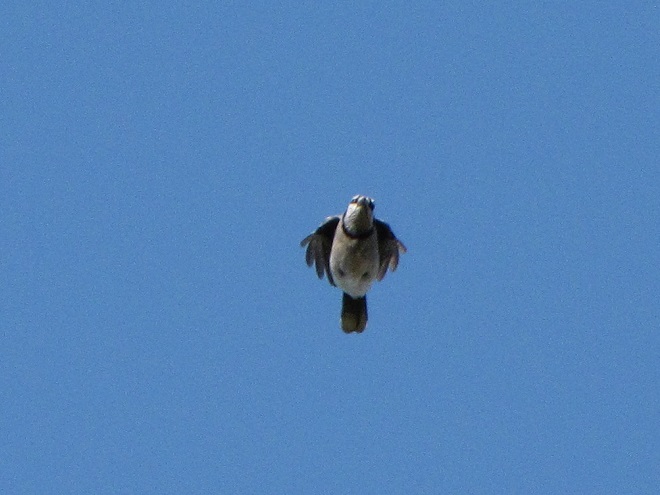
Waggoner’s Gap is a hardy birder’s paradise. During the latter portion of the season, excellent flights often occur on days that follow the passage of a cold front and have strong northwest winds. But be prepared, it can be brutal on those rocks during a gusty late-October or early-November day after the leaves fall—so dress appropriately.
To see the daily totals for the raptor count at Waggoner’s Gap Hawk Watch and other hawk watches in North America, and to learn more about each site, be sure to visit hawkcount.org
Pine Siskin Invasion
When wild food crops such as pine cones, acorns, berries, and other tree seeds fail in the forests of Canada, bird species which may have otherwise remained north of the eastern United States for winter pay us a visit. There was a hint that such an event would occur this year when Red-breasted Nuthatches (Sitta canadensis) became widespread throughout the Mid-Atlantic States beginning in August. Then there were big flights of Blue Jays in recent weeks, an indication that the oaks of the northern wood are producing a less than optimal mast crop.
Reports of Pine Siskins (Spinus pinus), songbirds very similar in shape and size to the familiar American Goldfinch, have been posted from hawk watch sites throughout the region for several weeks now. During the last several days though, the numbers have increased to indicate that an invasion is underway. Just yesterday, nearly two thousand were seen from the lookout in Cape May Point, New Jersey. Just after sunrise this morning, between twenty and thirty Pine Siskins descended upon the hemlocks at the susquehannawildlife.net headquarters. There, they began feeding on the abundant cone crop—then they quickly discovered the accommodations offered by the bird bath and feeders.

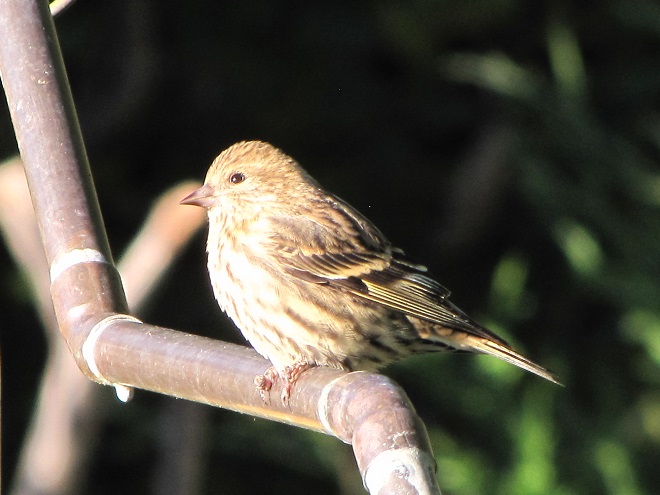


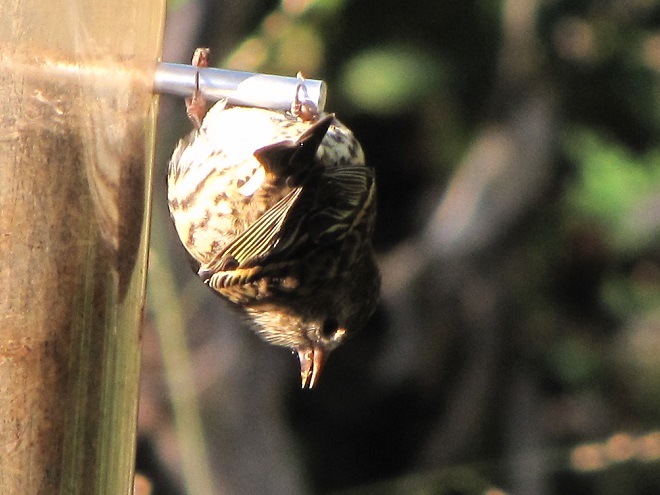
A Visit to Rocky Ridge
Early October is prime time for hawk watching, particularly if you want to have the chance to see the maximum variety of migratory species. In coming days, a few Broad-winged Hawks and Ospreys will still be trickling through while numbers of Sharp-shinned Hawks, Cooper’s Hawks, Northern Harriers, and falcons swell to reach their seasonal peak. Numbers of migrating Red-tailed and Red-shouldered Hawks are increasing during this time and late-season specialties including Golden Eagles can certainly make a surprise early visit.
If you enjoy the outdoors and live in the southernmost portion of the lower Susquehanna valley, Rocky Ridge County Park in the Hellam Hills just northwest of York, Pennsylvania, is a must see. The park consists of oak forest and is owned and managed by the York County Parks Department. It features an official hawk watch site staffed by volunteers and park naturalists. Have a look.
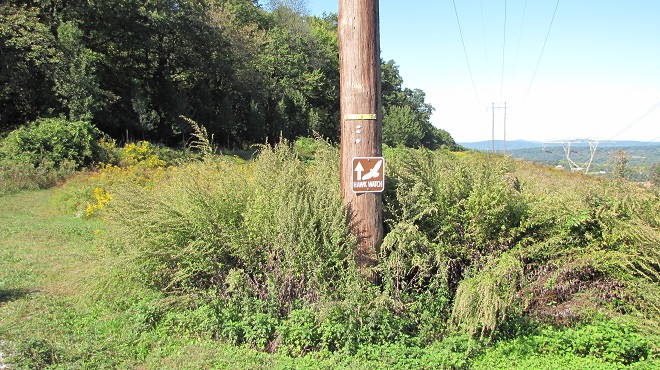
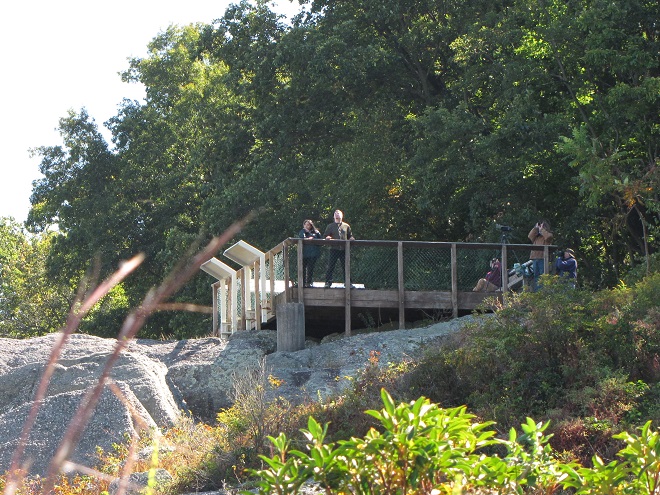
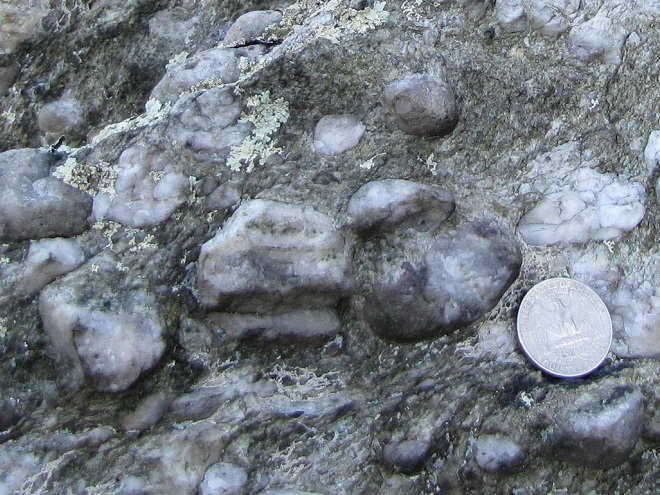

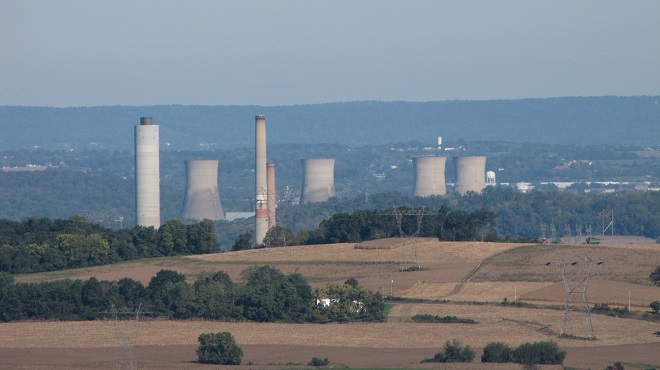
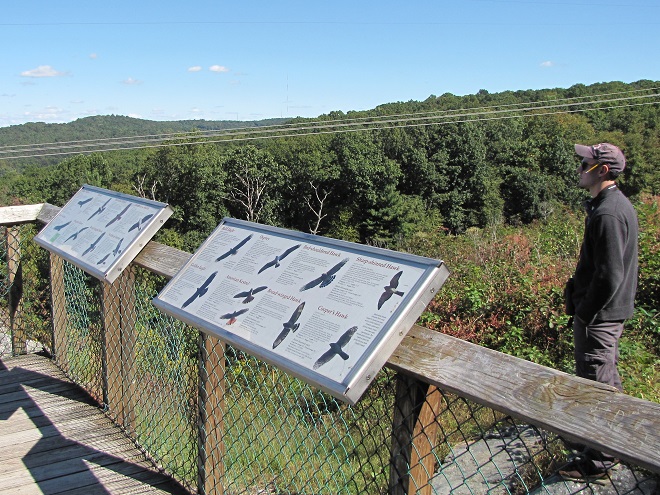
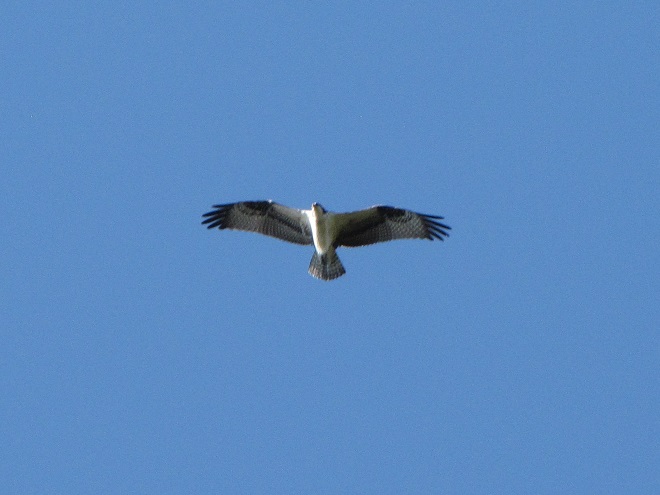
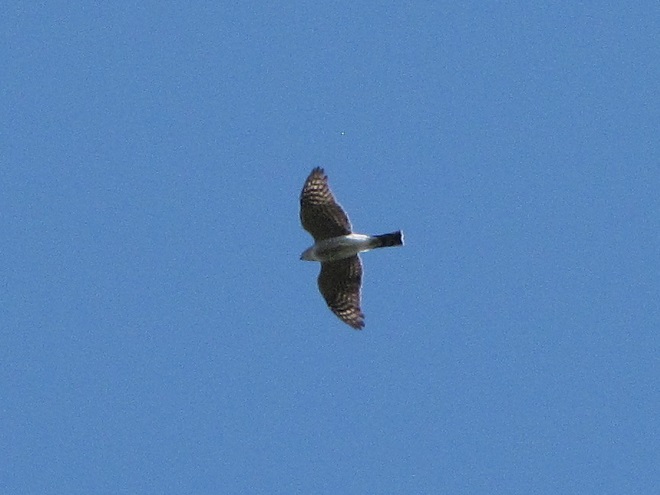
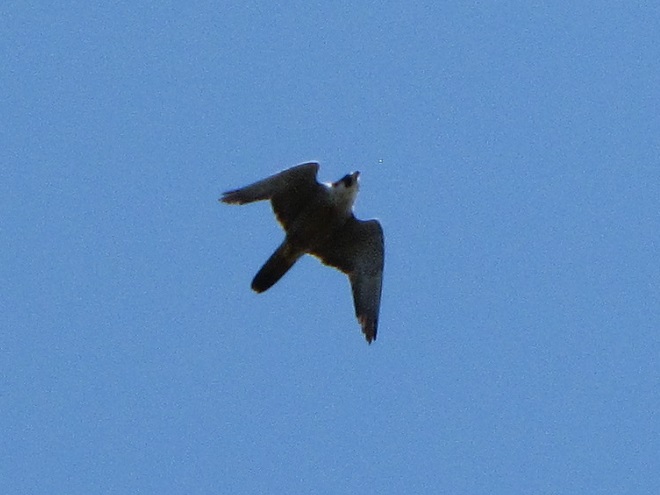
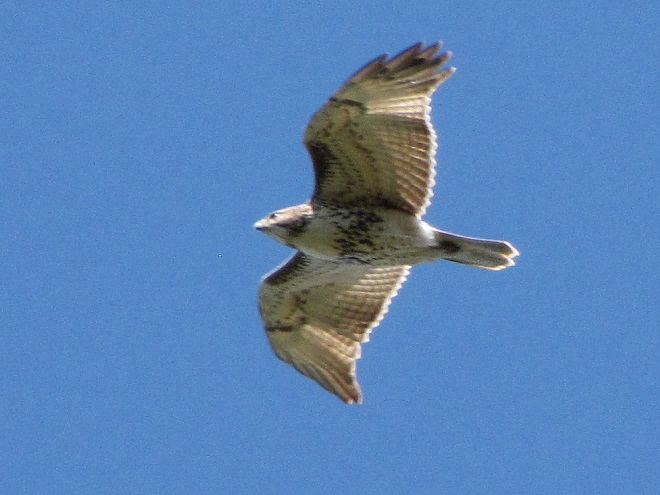
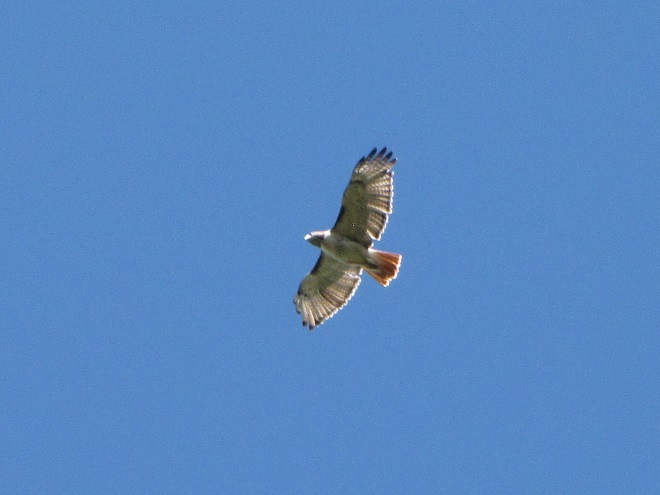
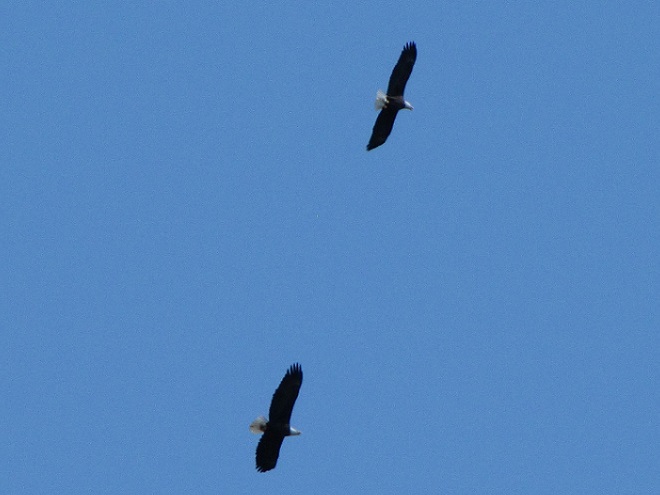
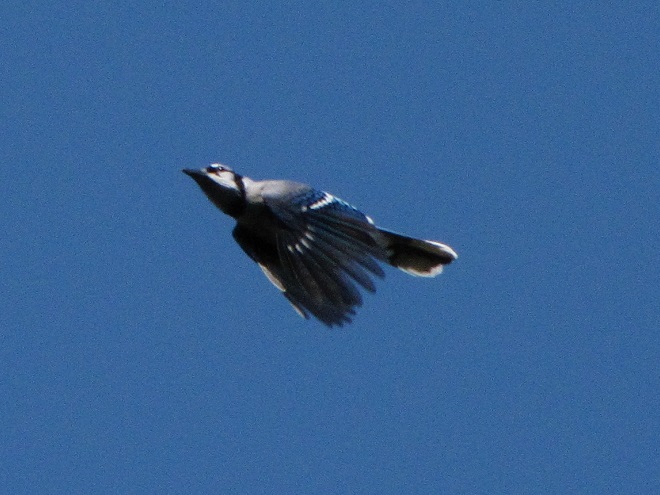
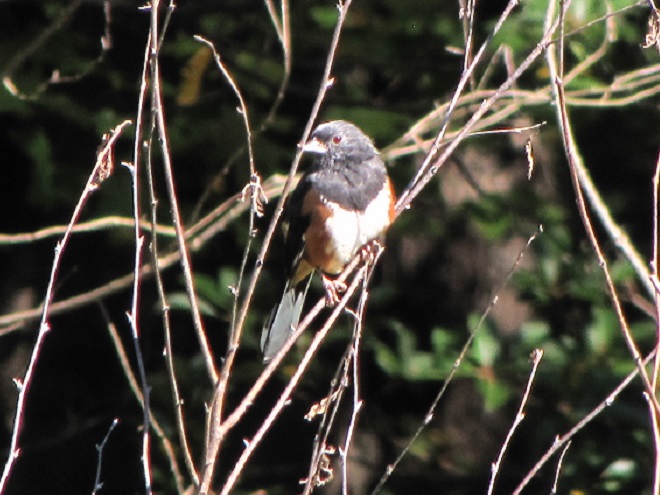
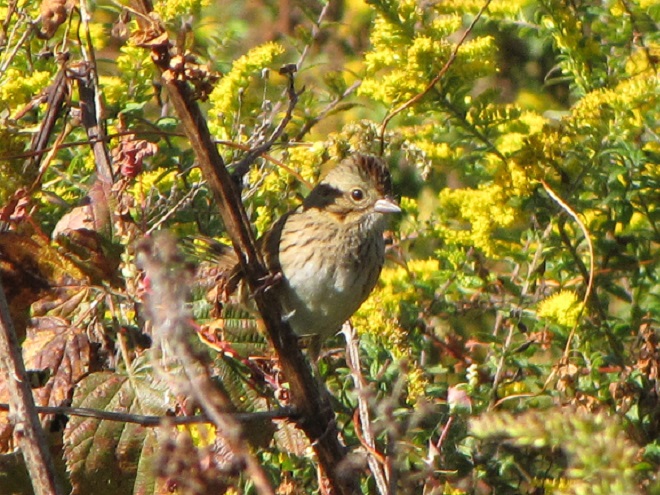
If you’re a nature photographer, you might be interested to know that there are still hundreds of active butterflies in Rocky Ridge’s utility right-of-way. Here are a few.
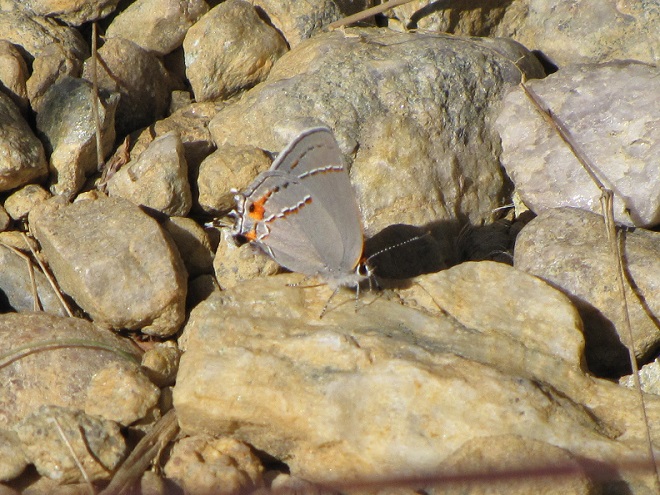
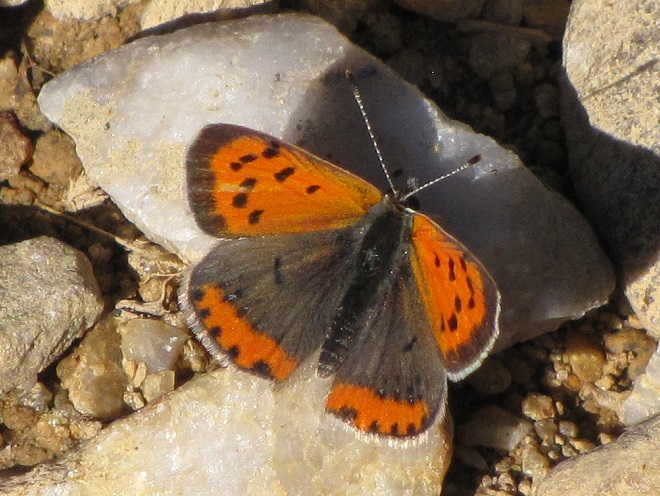
To see the daily totals for the raptor count at Rocky Ridge Hawk Watch and other hawk watches in North America, and to learn more about each site, be certain to visit hawkcount.org
Fire and Ice at Conewago Falls
This morning, the Lower Susquehanna River Watershed experienced remotely the effects of fire and ice.
At daybreak, the cold air mass that brought the first freeze of the season to northernmost New England gave us a taste of the cold with temperatures below 50 degrees throughout.

At sunrise, the cloudless sky had a peculiar overcast look with no warm glow on buildings, vegetation, and terrain. Soon, the sun was well above the horizon, yet there was still a sort of darkness across the landscape.
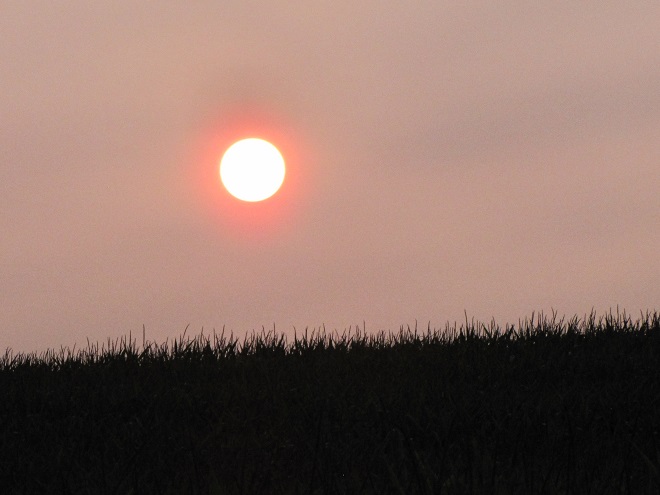

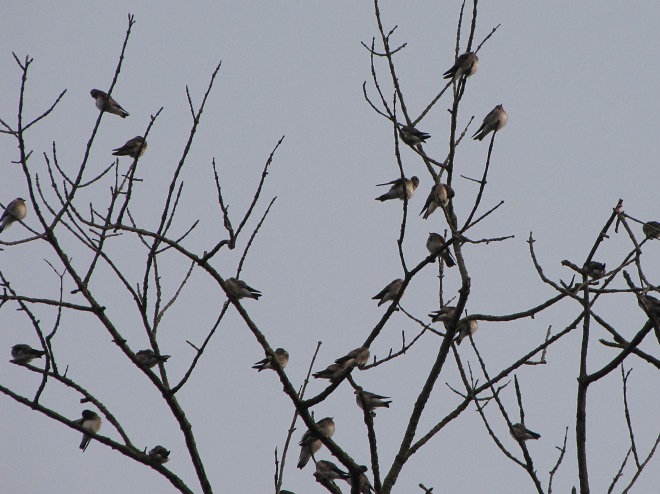
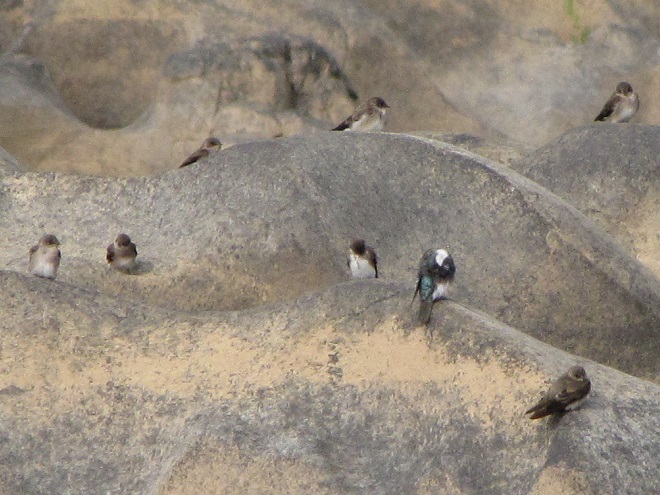
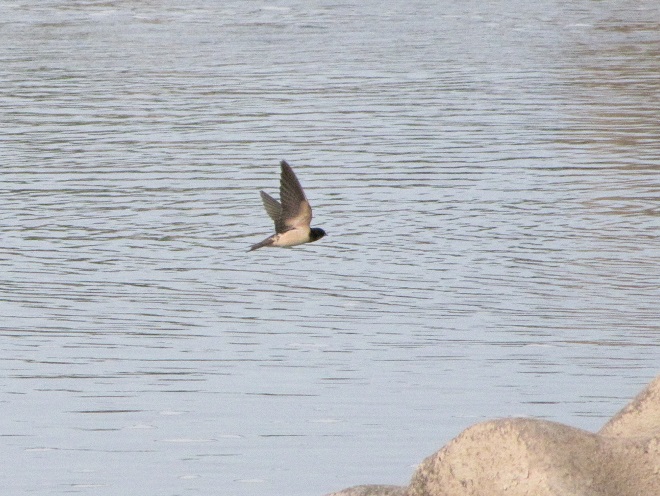
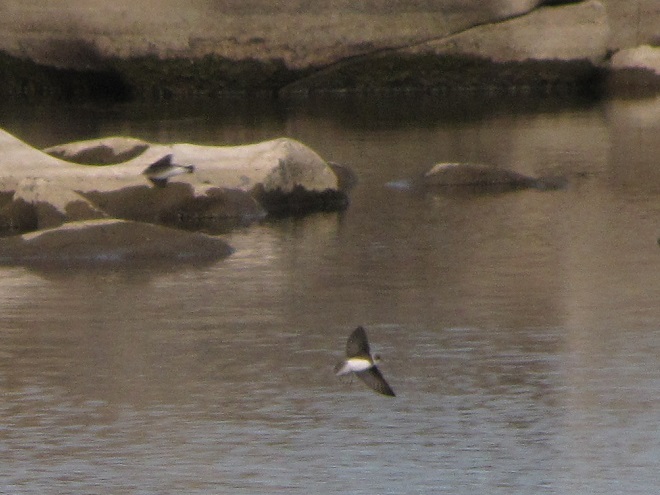
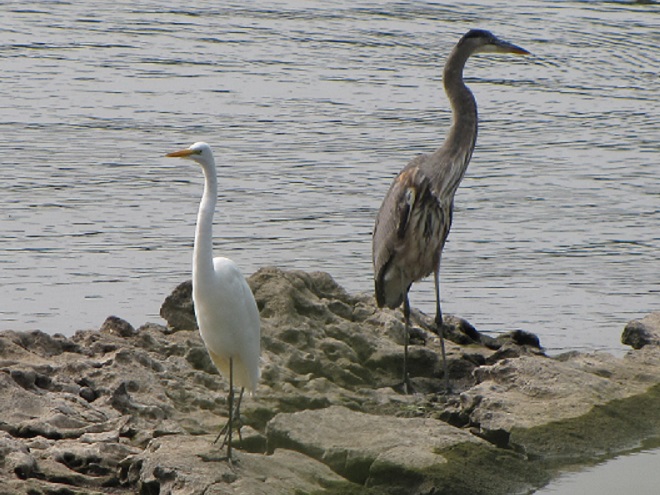
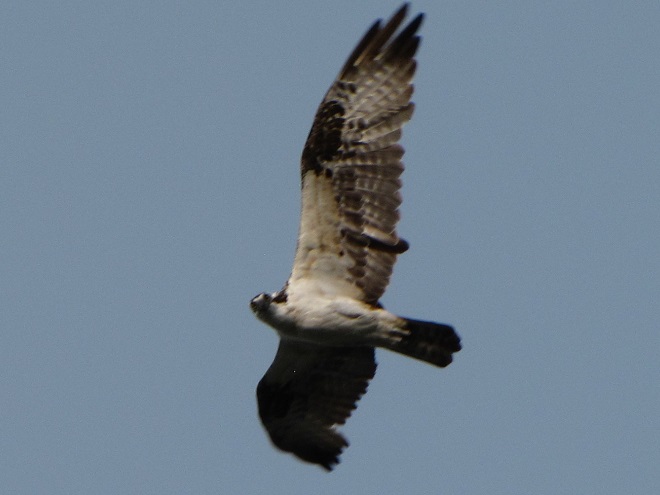
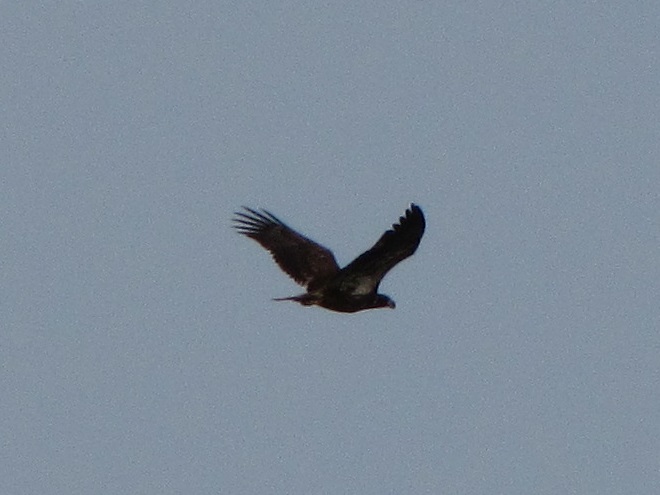
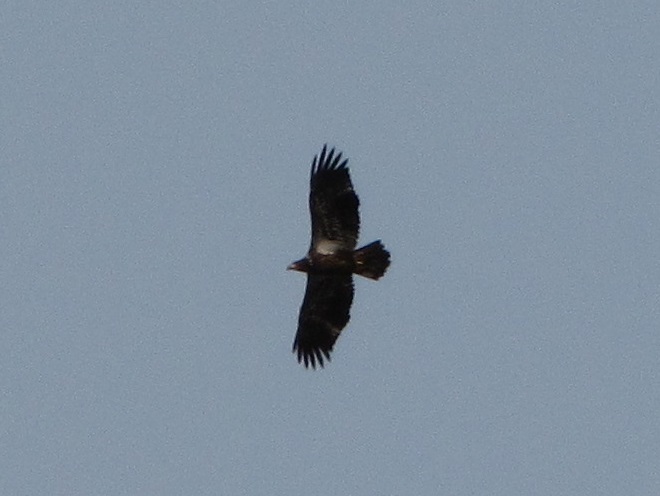
All that bright filtered sunlight was ideal for photographing butterflies along the Conewago Falls shoreline. Have a look.

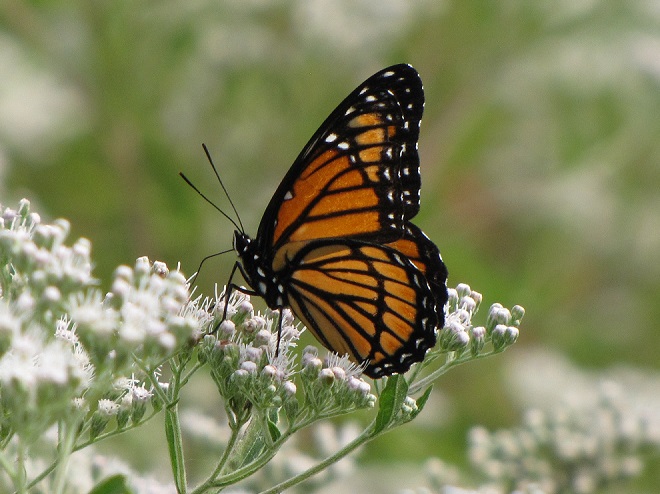
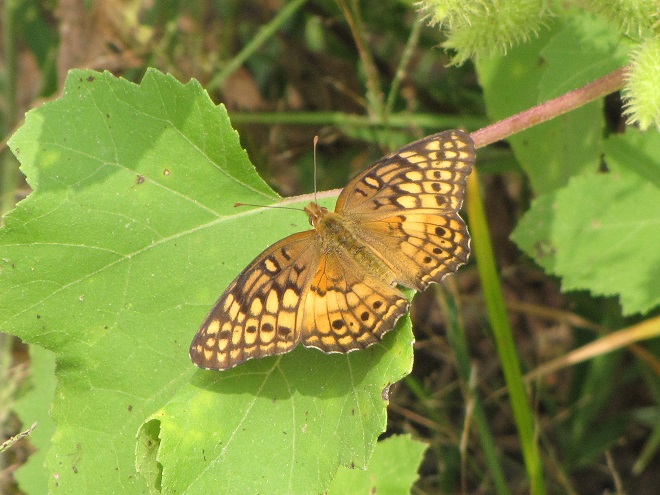
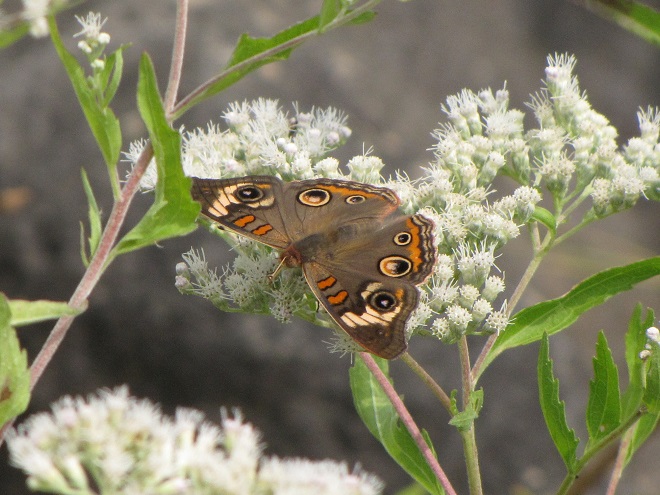
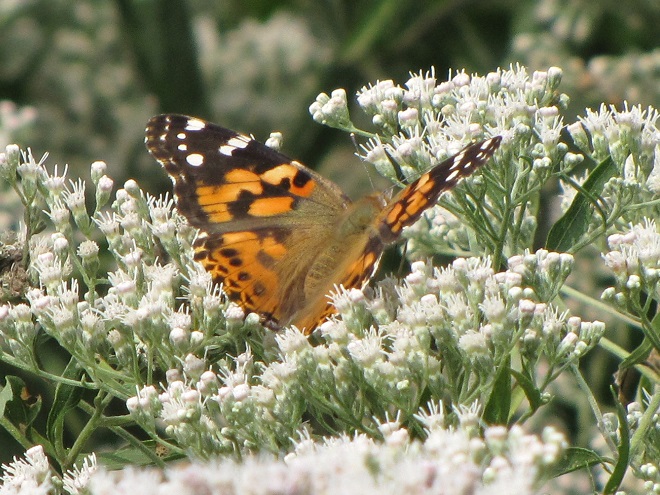
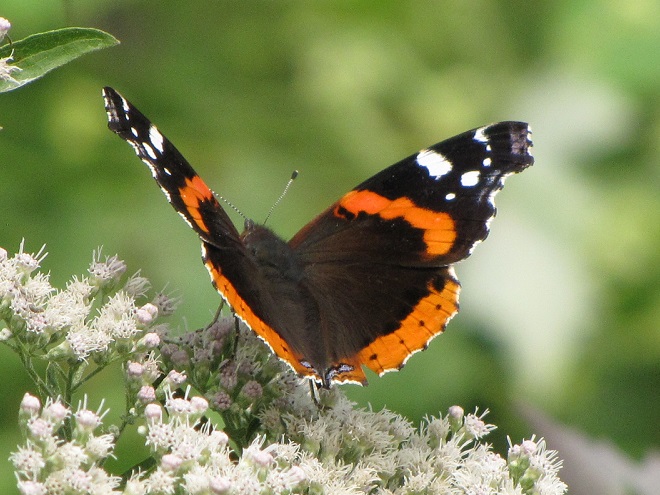
A Visit to Second Mountain
If it can fly, there’s a pretty good chance it was at Second Mountain today.
What follows is a photographic chronology of some of today’s sightings at Second Mountain Hawk Watch at Fort Indiantown Gap in Lebanon County, Pennsylvania. We begin with some of the hundreds of migratory songbirds found at the base of the mountain along Cold Spring Road near Indiantown Run during the early morning, then we continue to the lookout for the balance of the day.
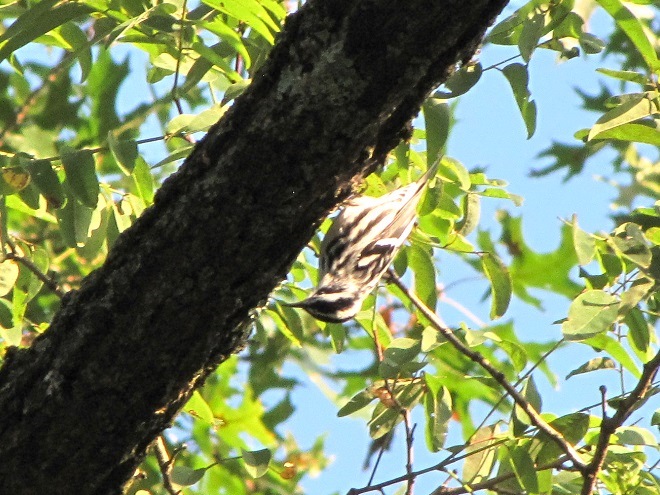
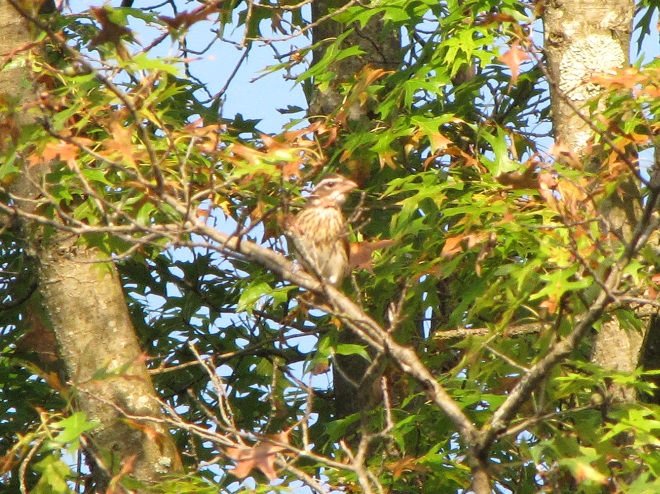
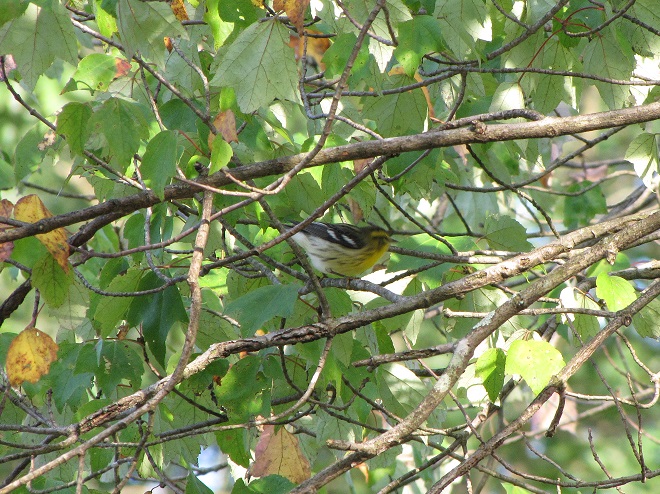
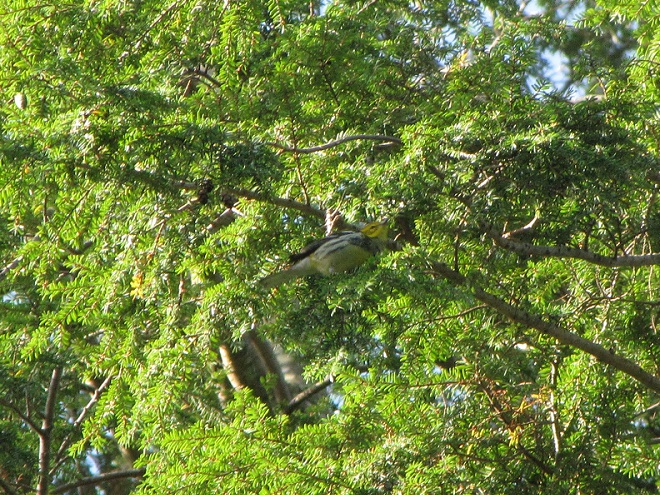
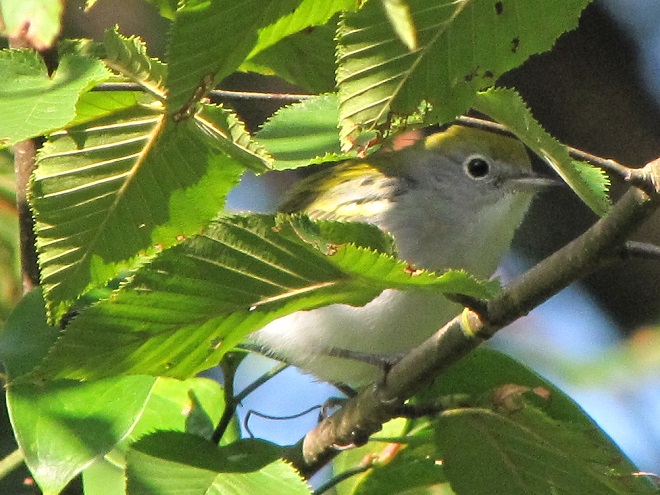
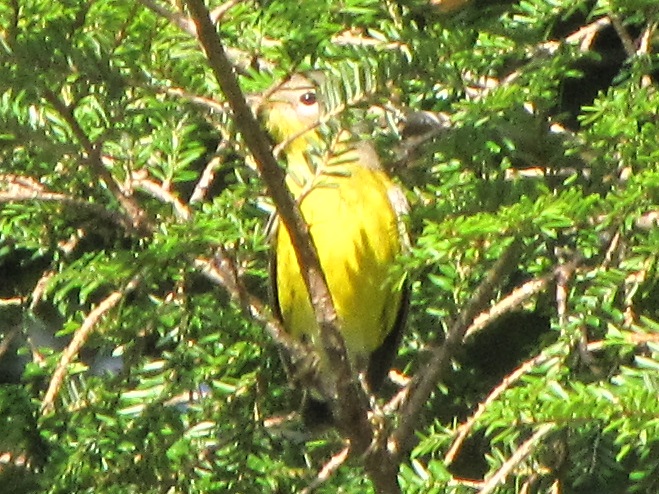
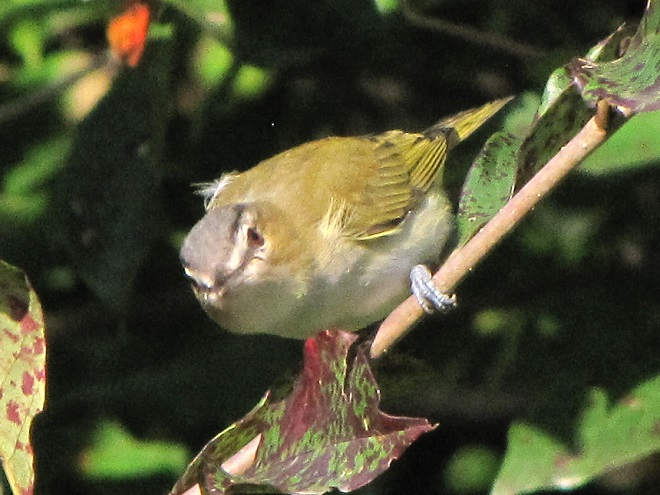
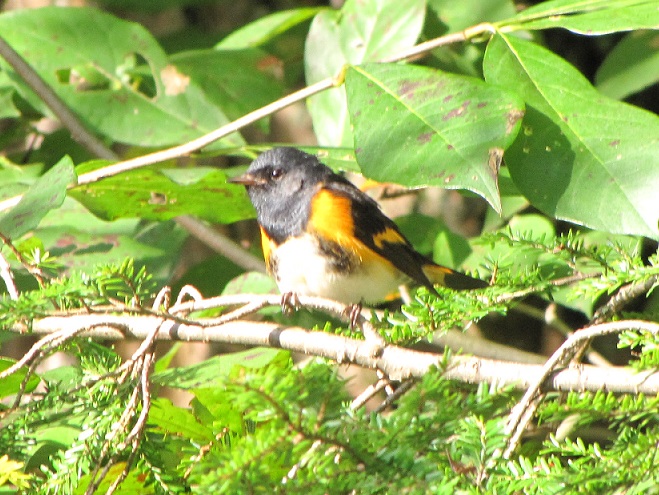
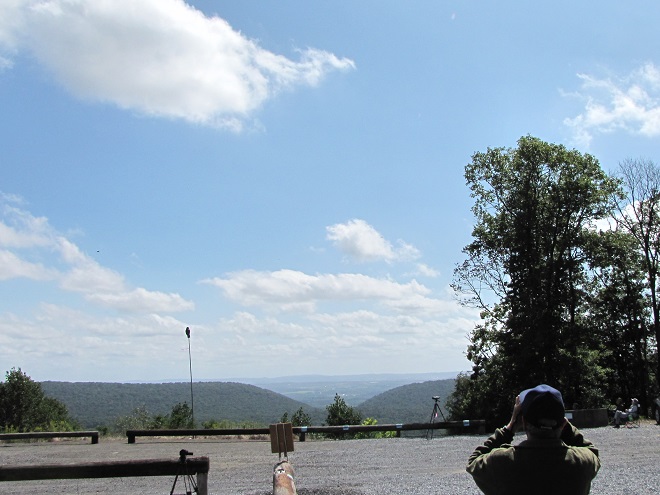
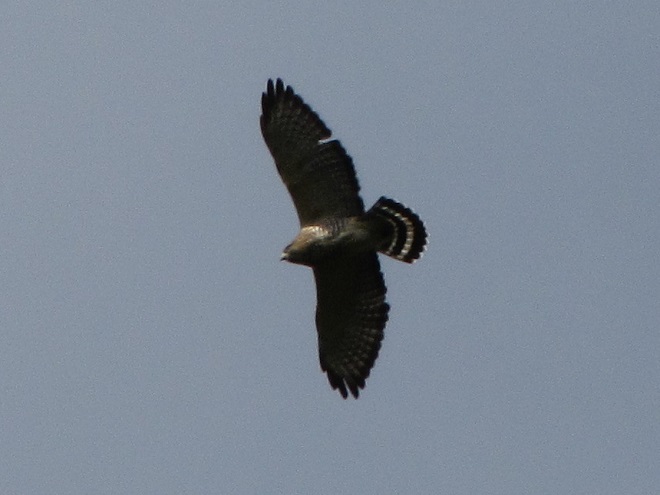

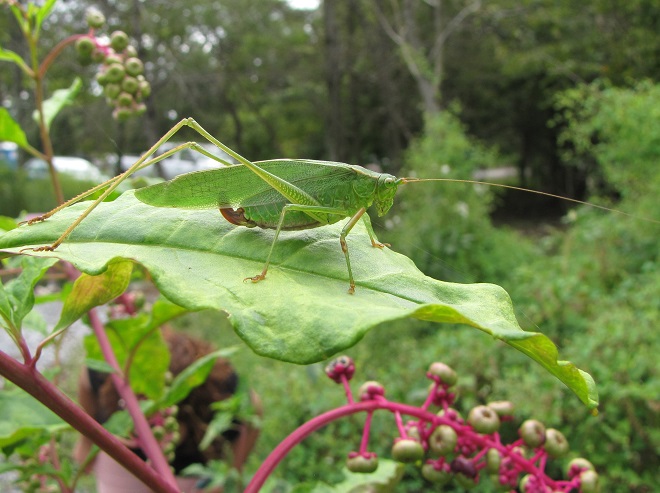

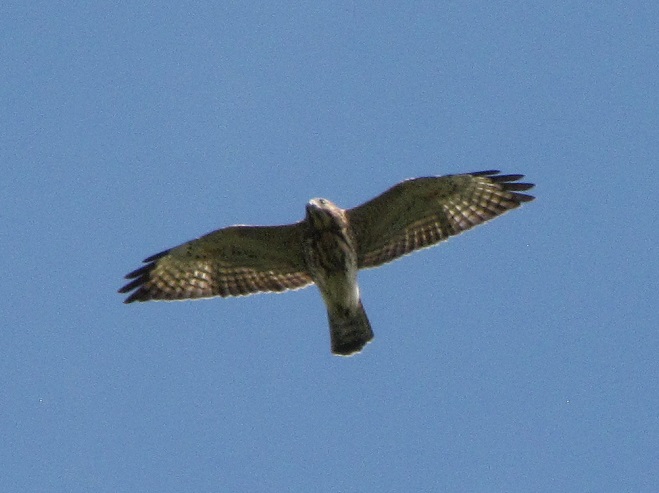
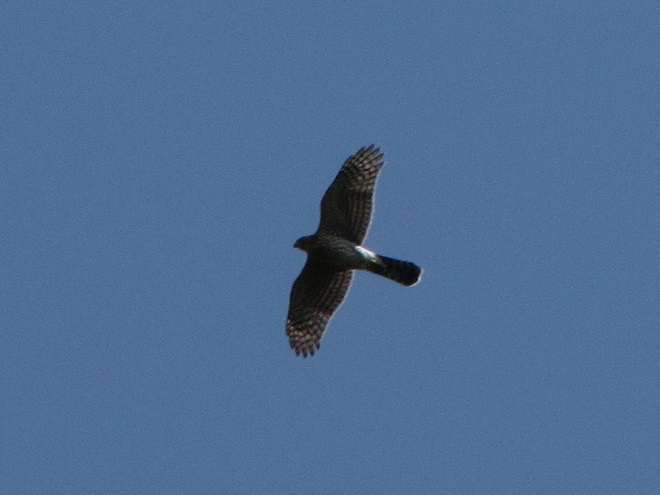

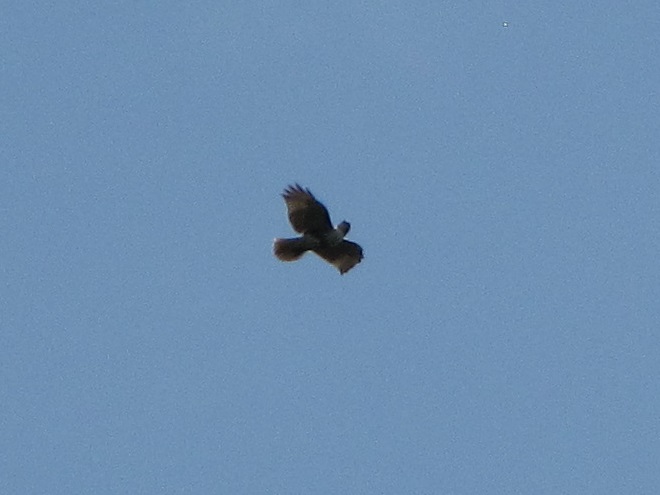
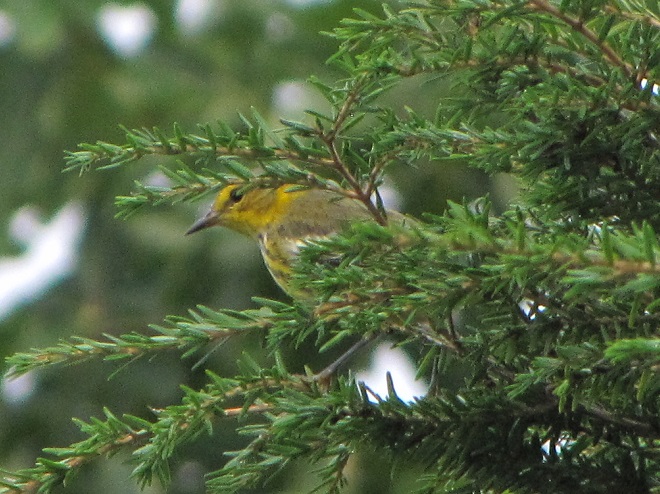
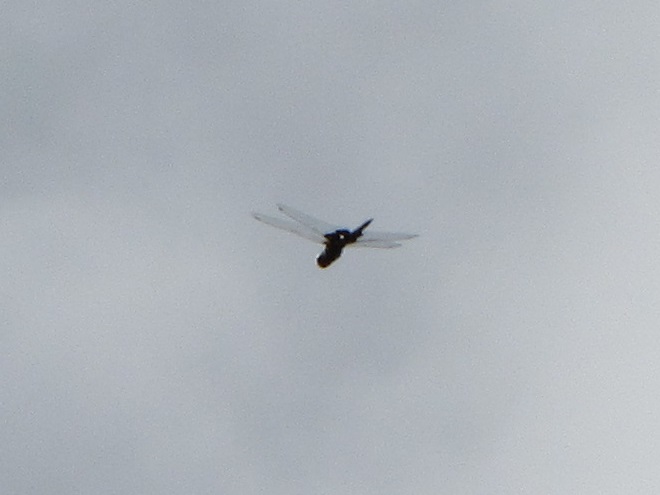
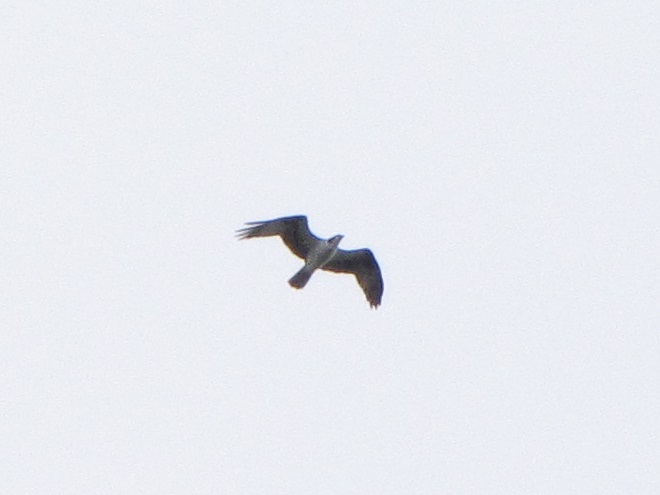
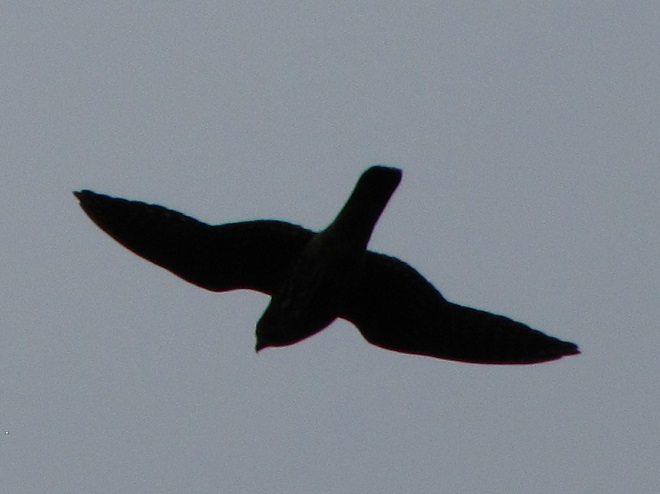
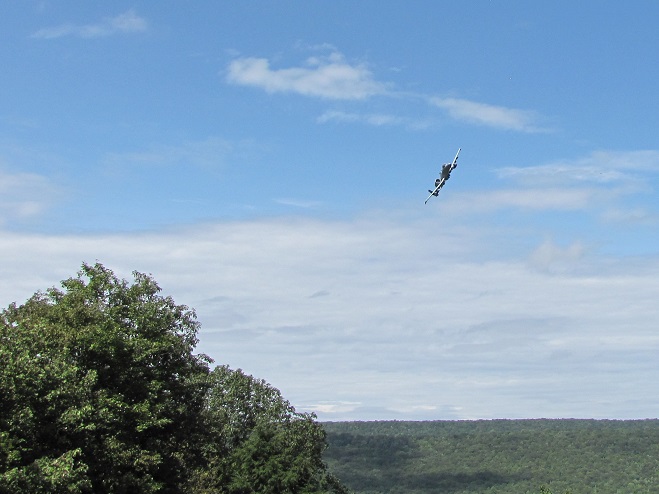
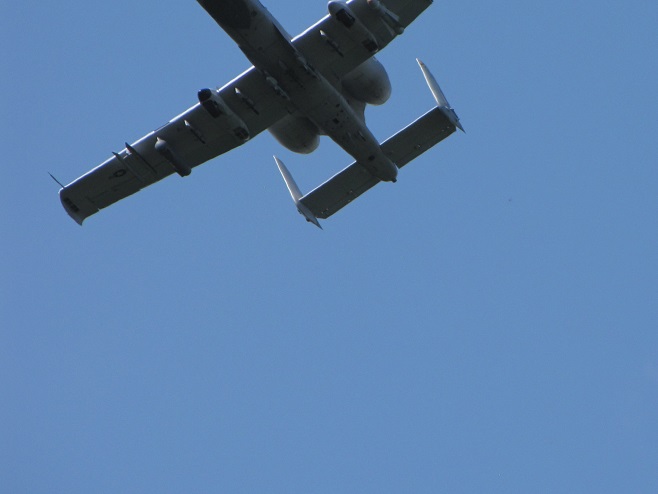
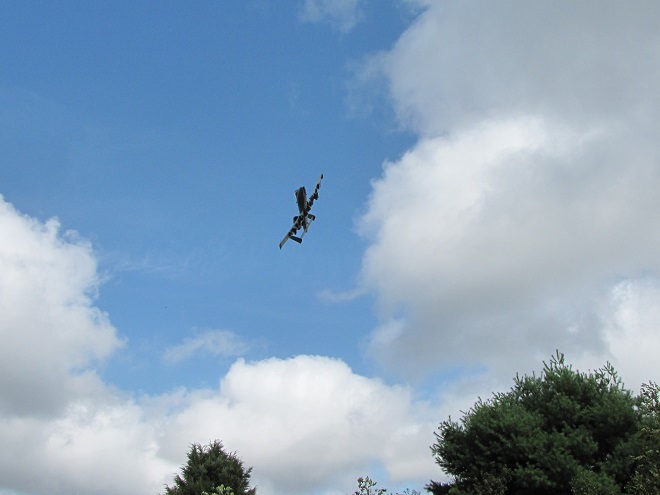
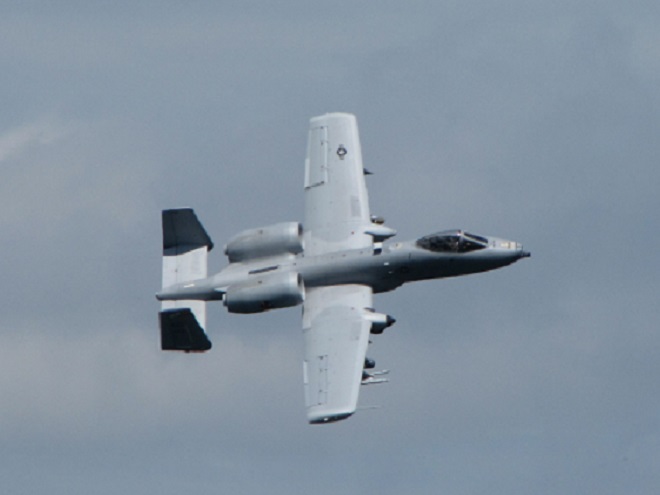
The total number of Broad-winged Hawks observed migrating past the Second Mountain lookout today was 619. To see the daily raptor counts for Second Mountain and other hawk watches in North America, and to learn more about each site, be sure to visit hawkcount.org
Big Fallout
Okay, so it happened to be cloudy with drizzle at sunrise—not the best conditions for observing birds in the treetops. But that inclement weather effectively grounded the overnight flight of migrating songbirds leading to a really big fallout in the lower Susquehanna valley this morning.
While straining one’s neck to gaze up into the forest canopy, hundreds of migrants including warblers, vireos, tanagers, thrushes, and flycatchers could be seen. Identifying each was impossible.
Here are of few of this morning’s arrivals. Manually setting the camera to a slower shutter speed compensated a little bit for the backlighting caused by cloudy conditions.
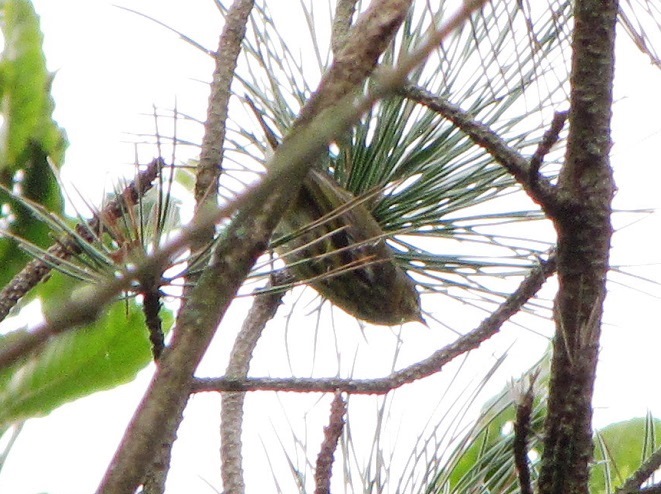

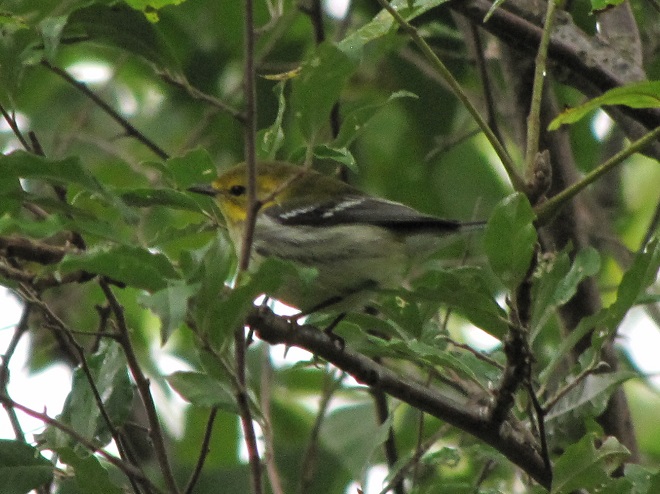
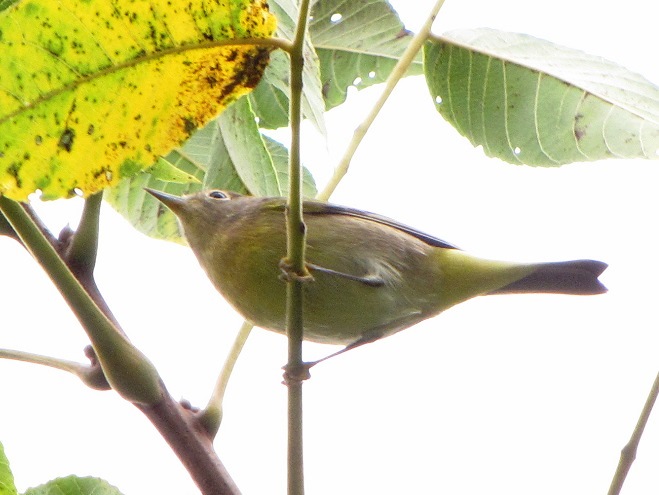
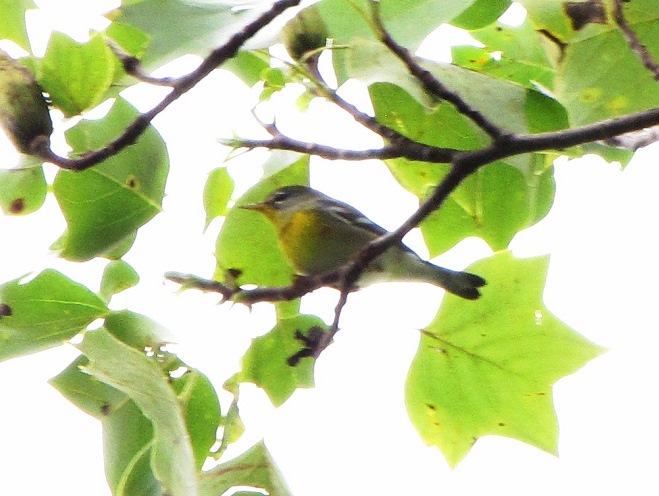
Peak numbers of Broad-winged Hawks will pass through the area during the coming two weeks. They most often migrate in groups, with sizes ranging from several individuals to hundreds or even thousands of birds. Despite this being a less than ideal day for riding thermals and gliding off towards the southwest to continue their journey to the tropics, some “broad-wings” ventured aloft and were on their way soon after the drizzle subsided during mid-morning.
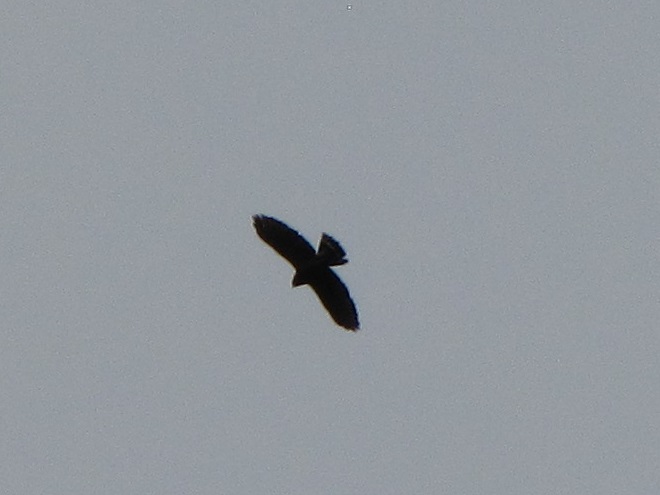
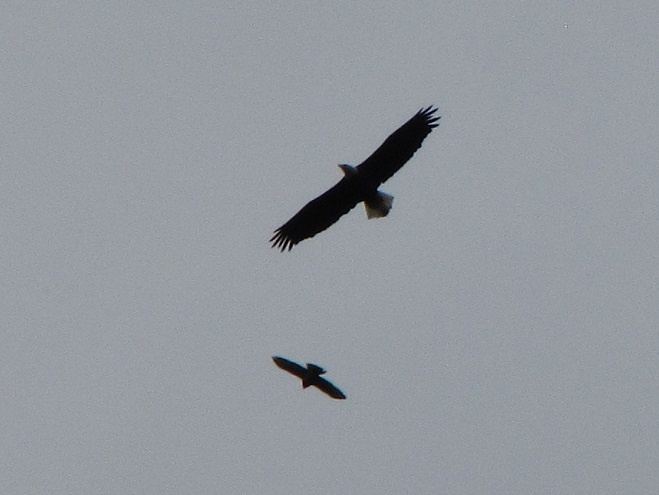
Bird Migration Highlights
The southbound bird migration of 2020 is well underway. With passage of a cold front coming within the next 48 hours, the days ahead should provide an abundance of viewing opportunities.
Here are some of the species moving through the lower Susquehanna valley right now.

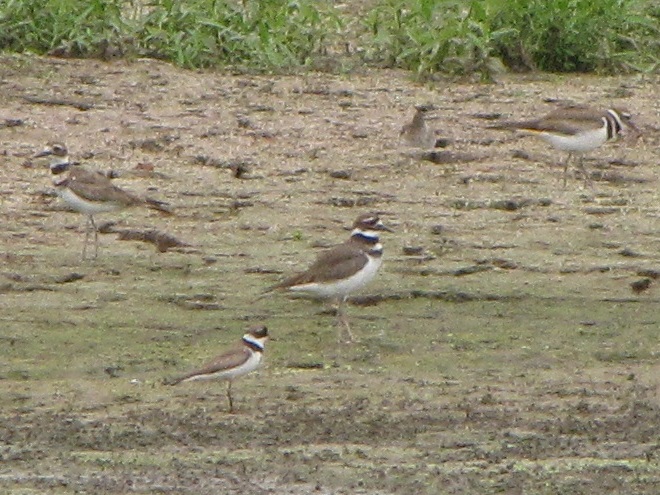
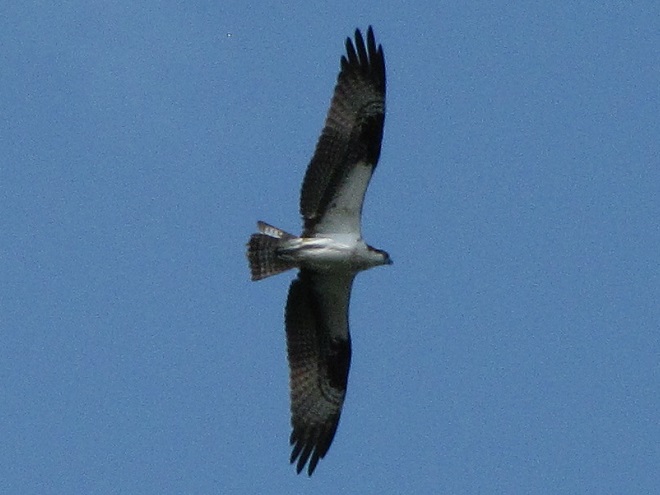
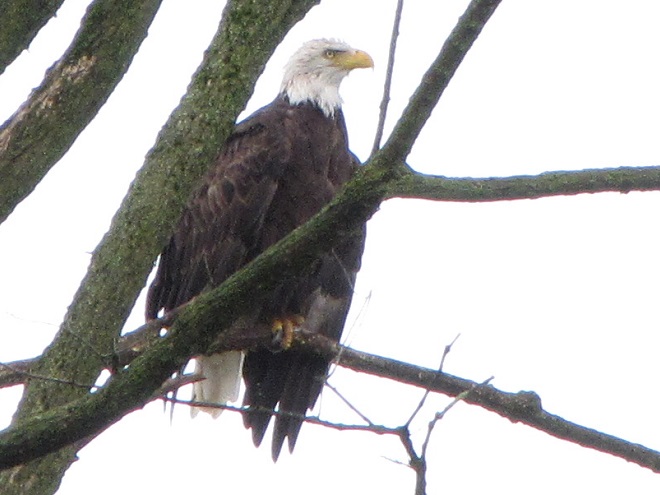
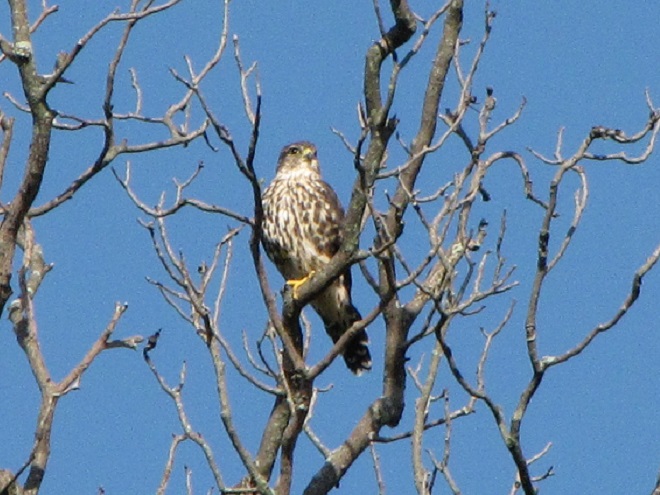
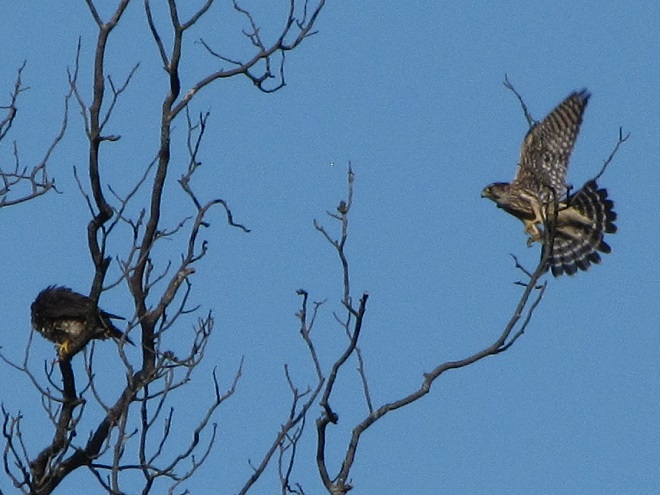
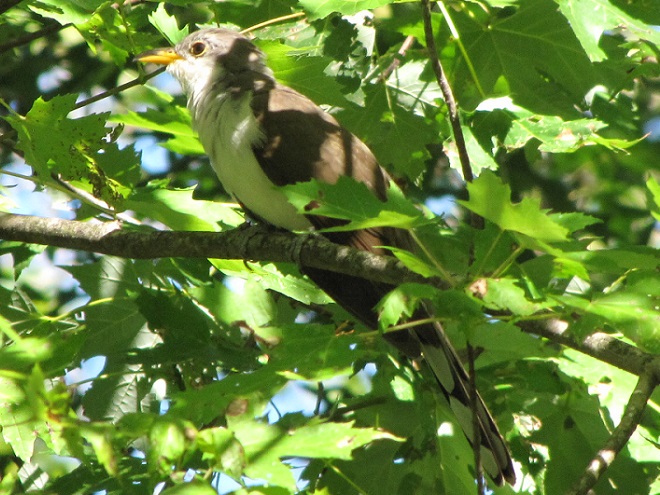
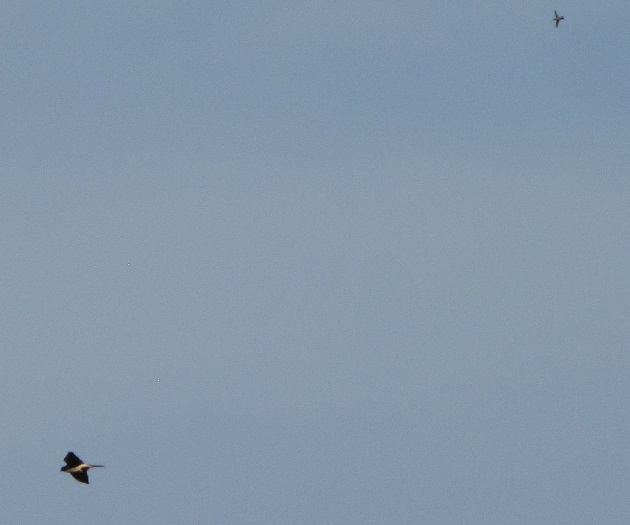
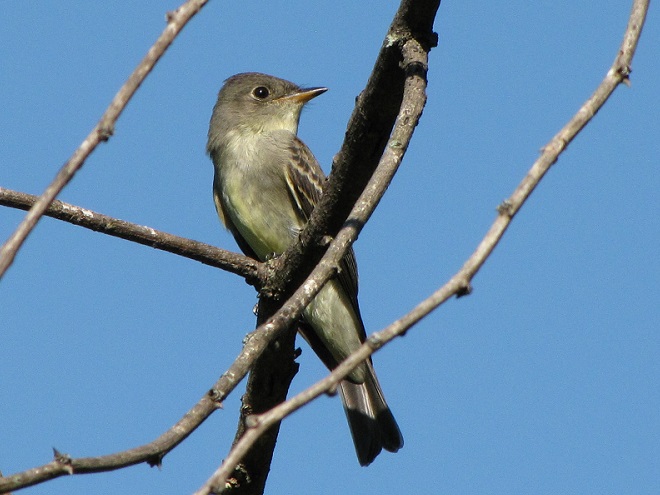
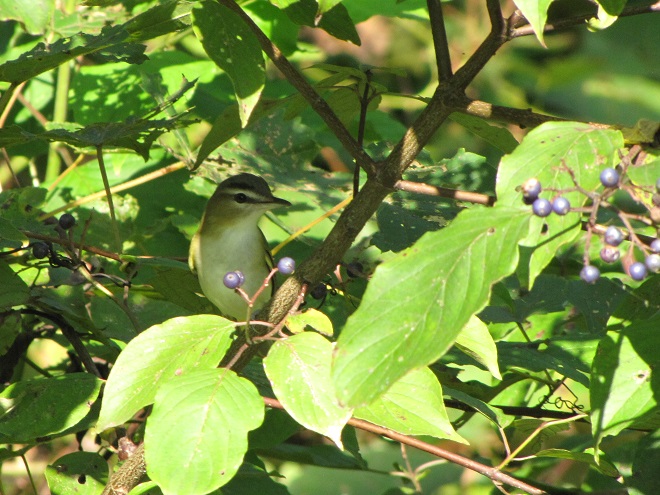
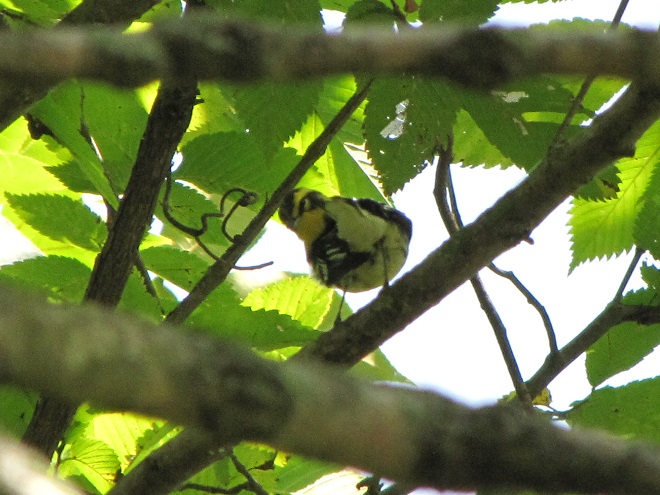
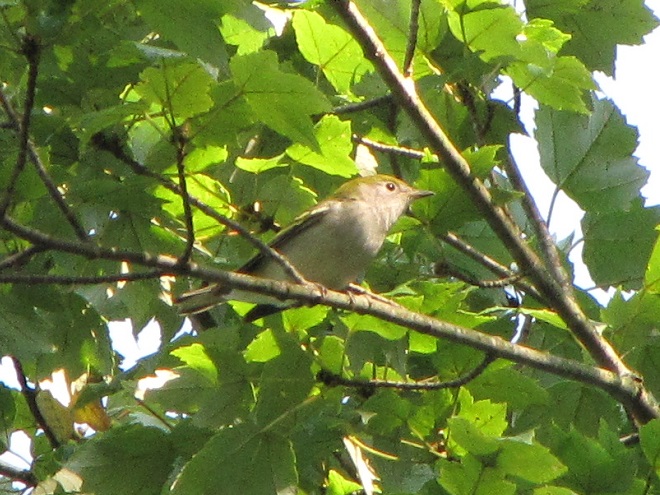
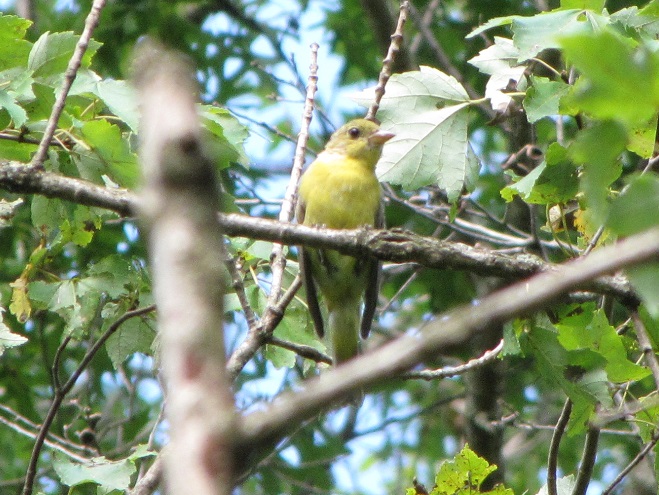

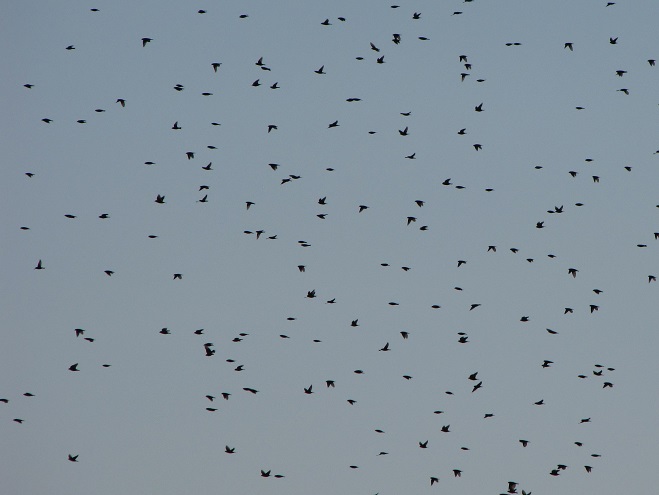
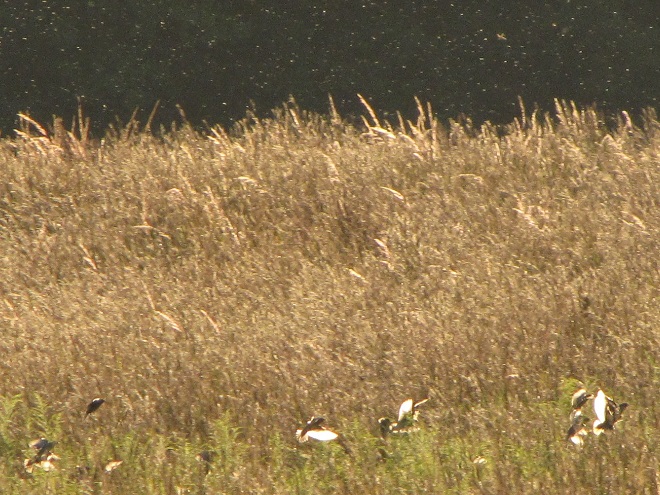
Big Flight Last Night
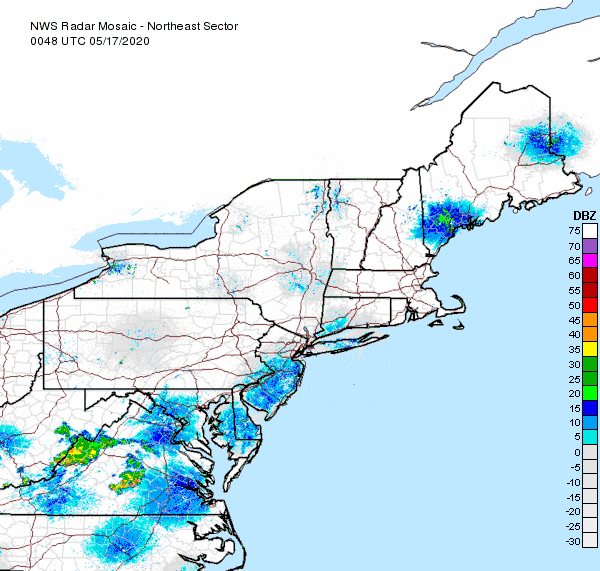
Today’s arrivals—Neotropical migrants found in a streamside thicket in the Lower Susquehanna River Watershed this morning…
